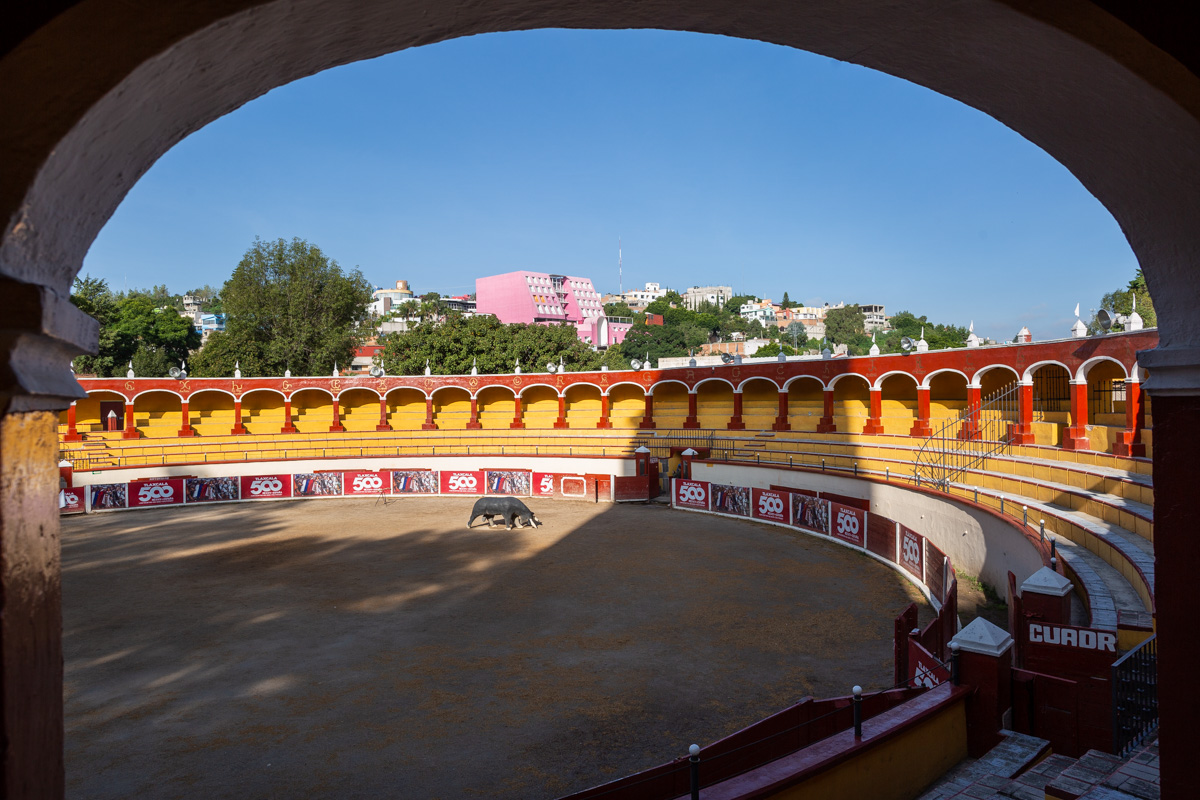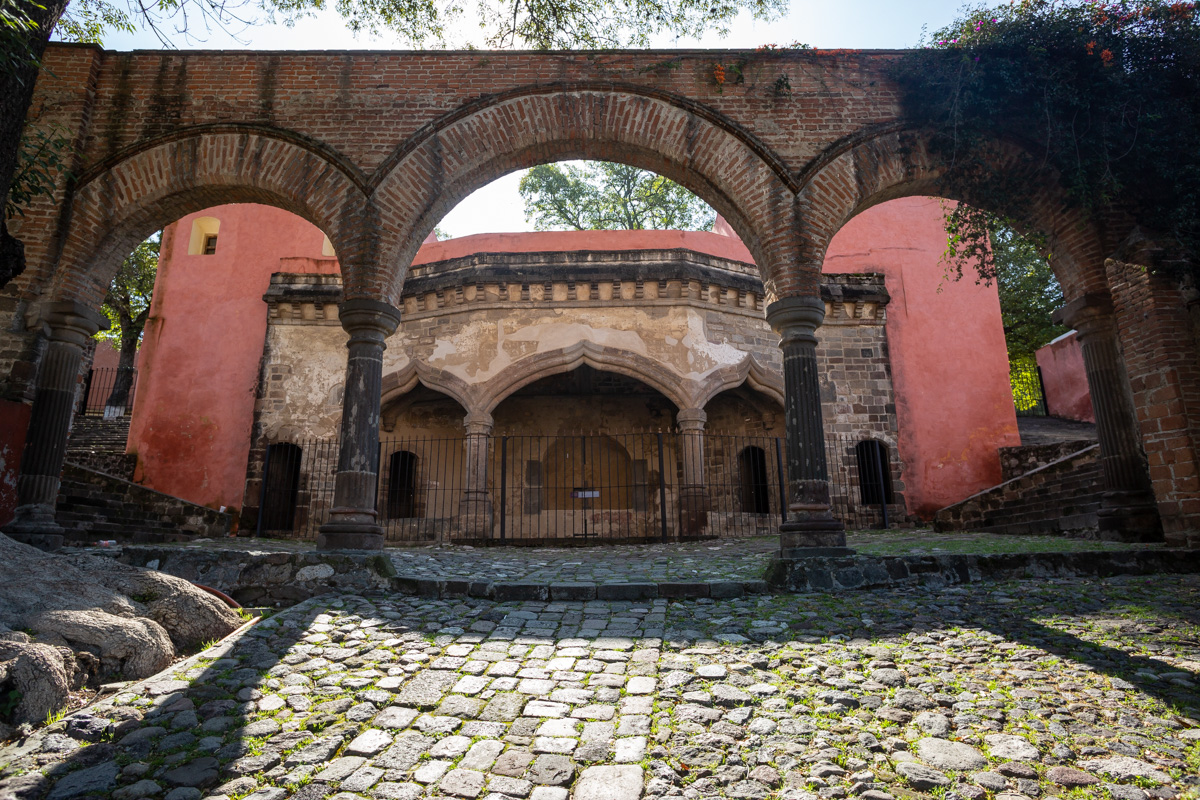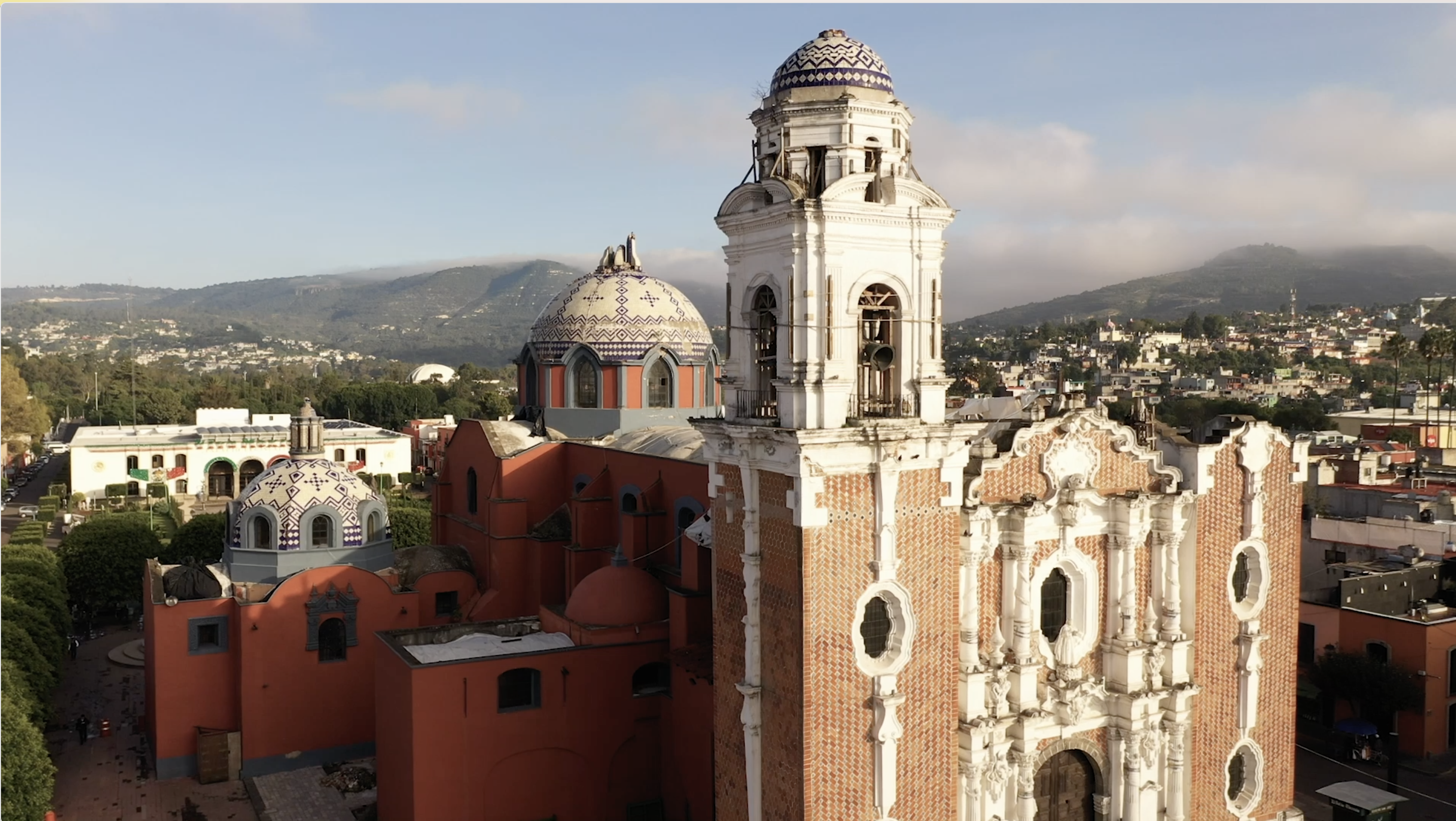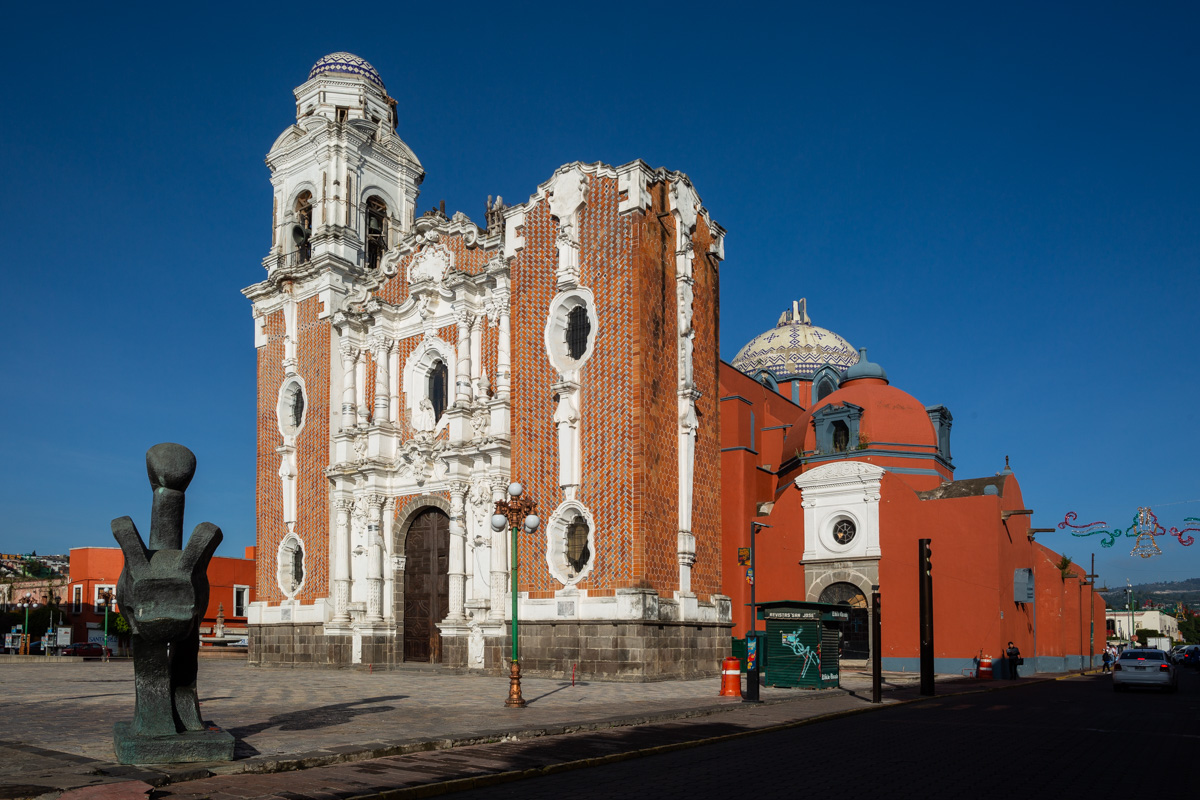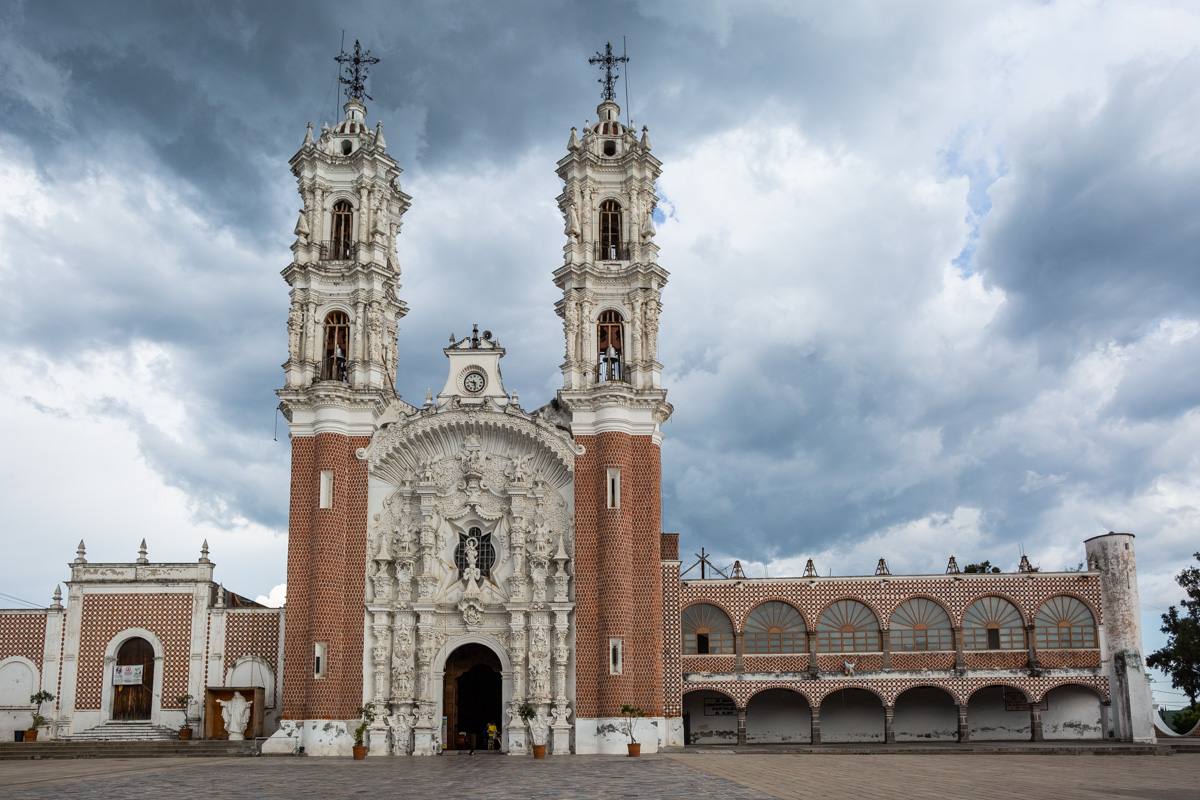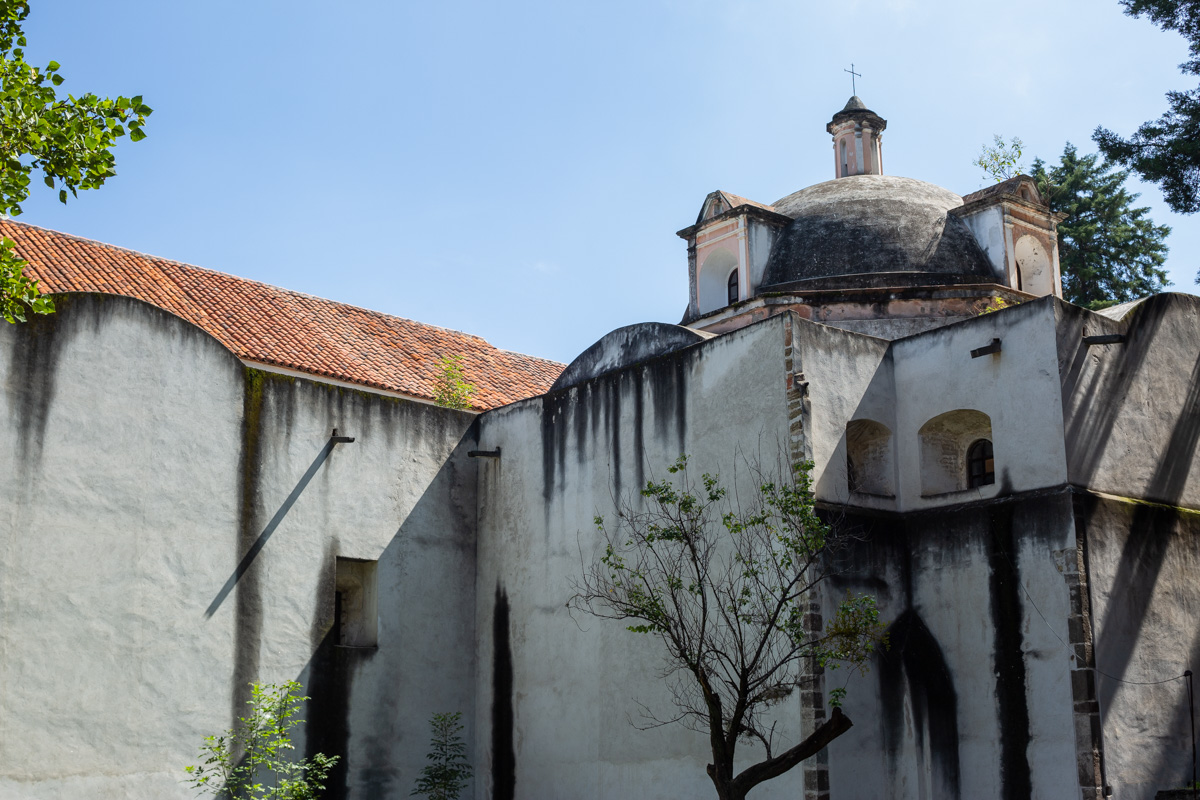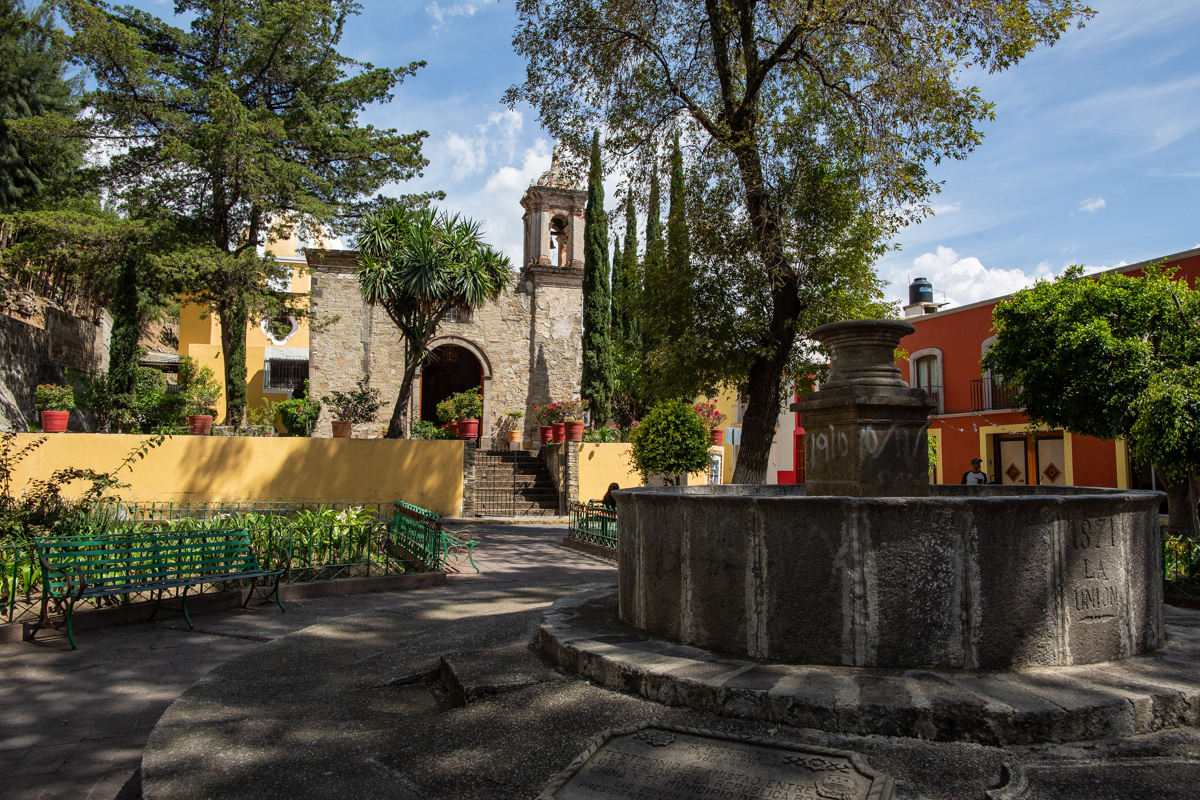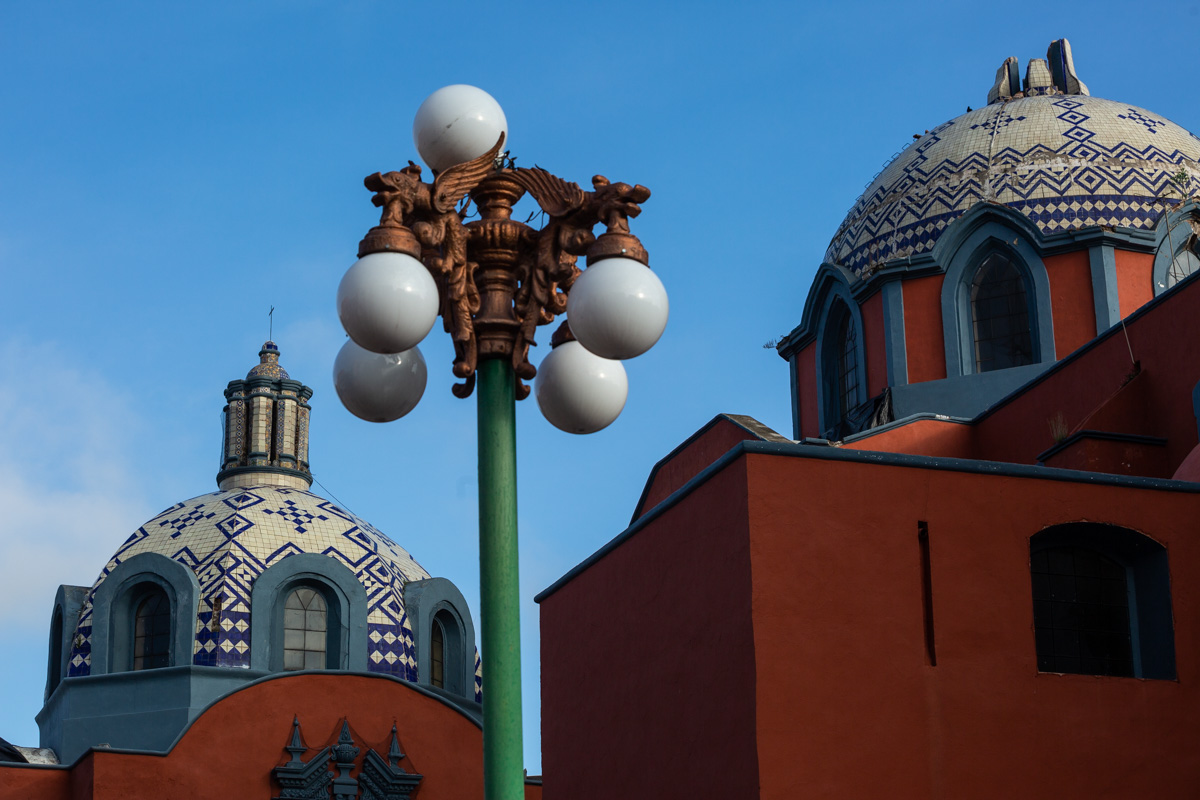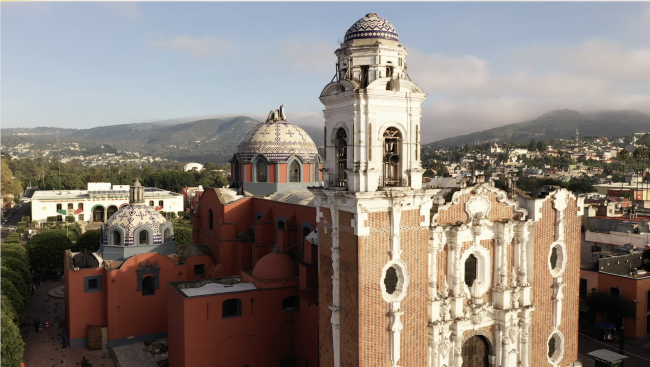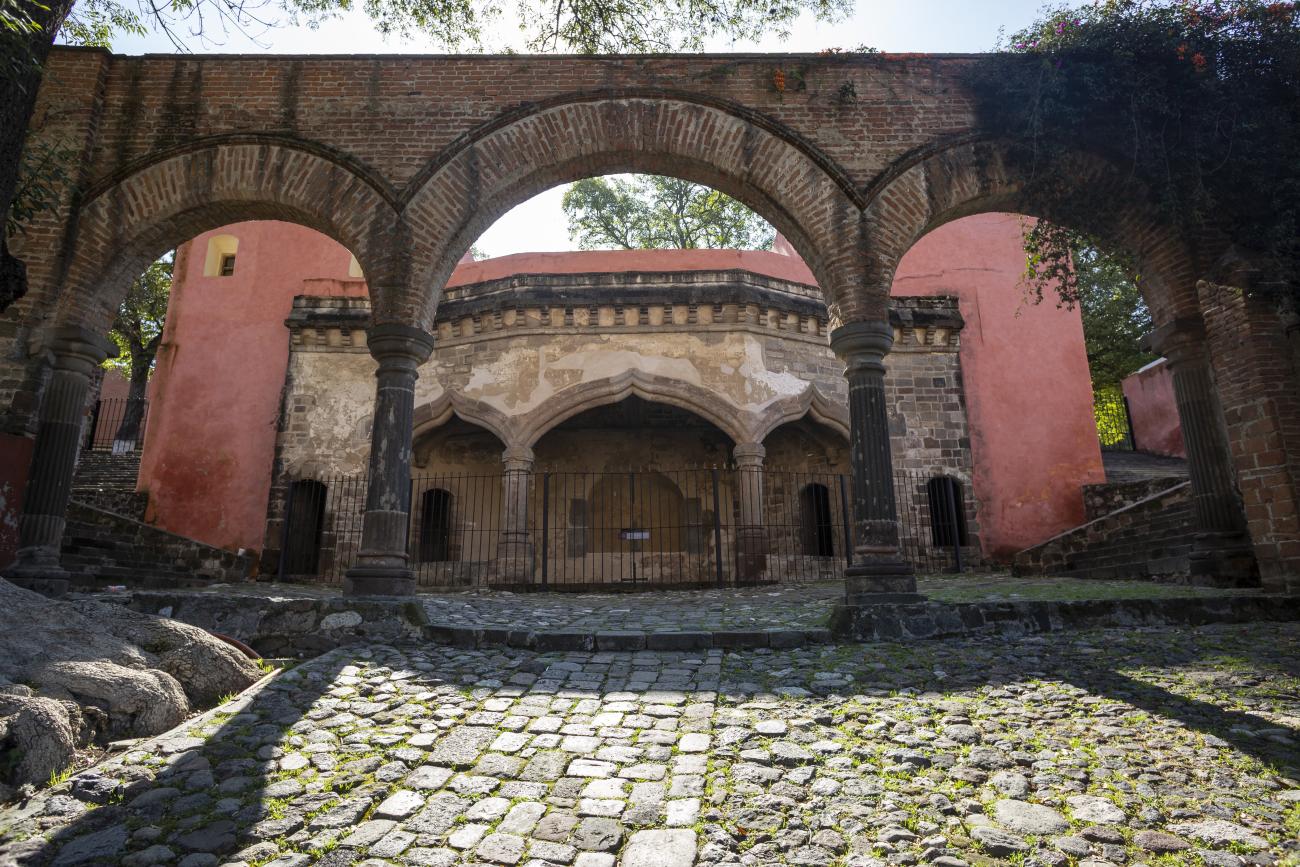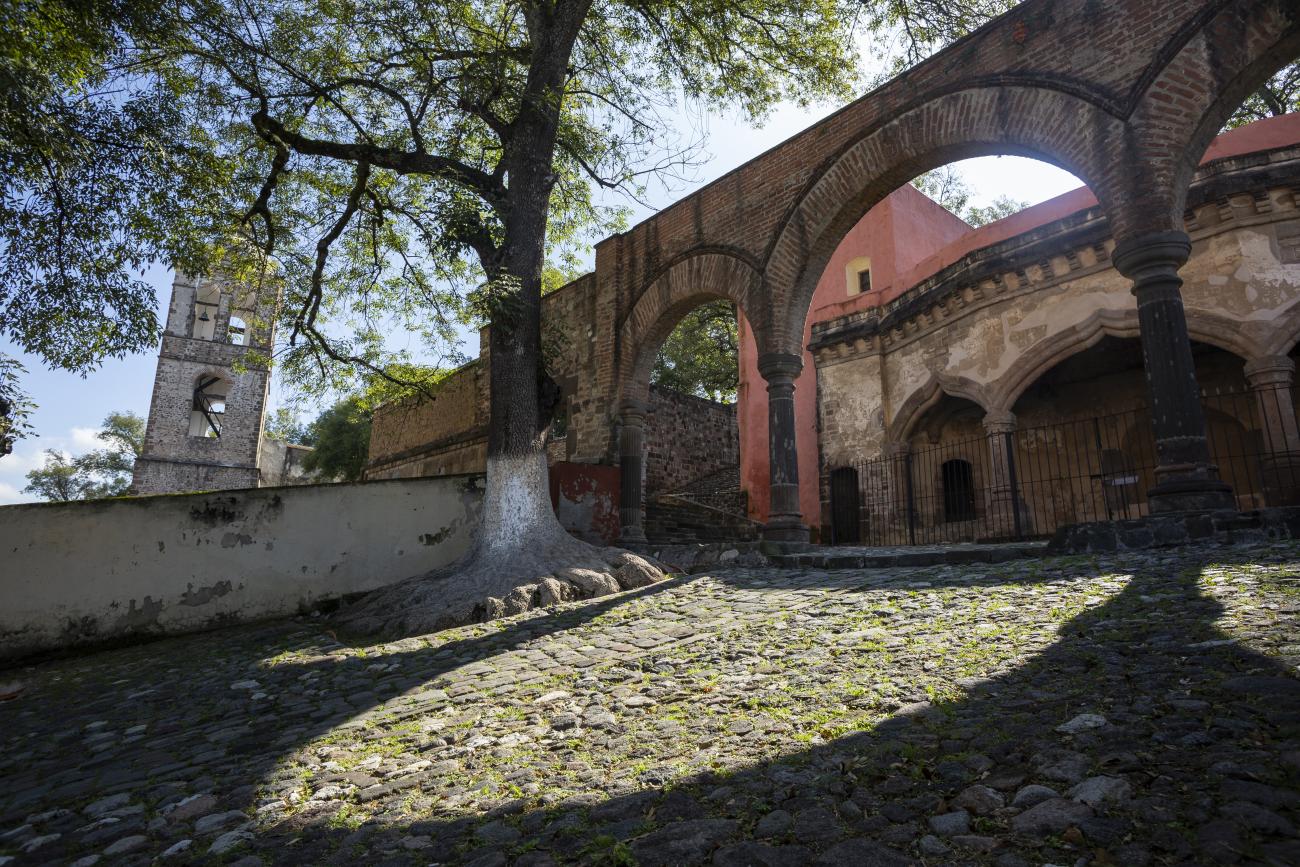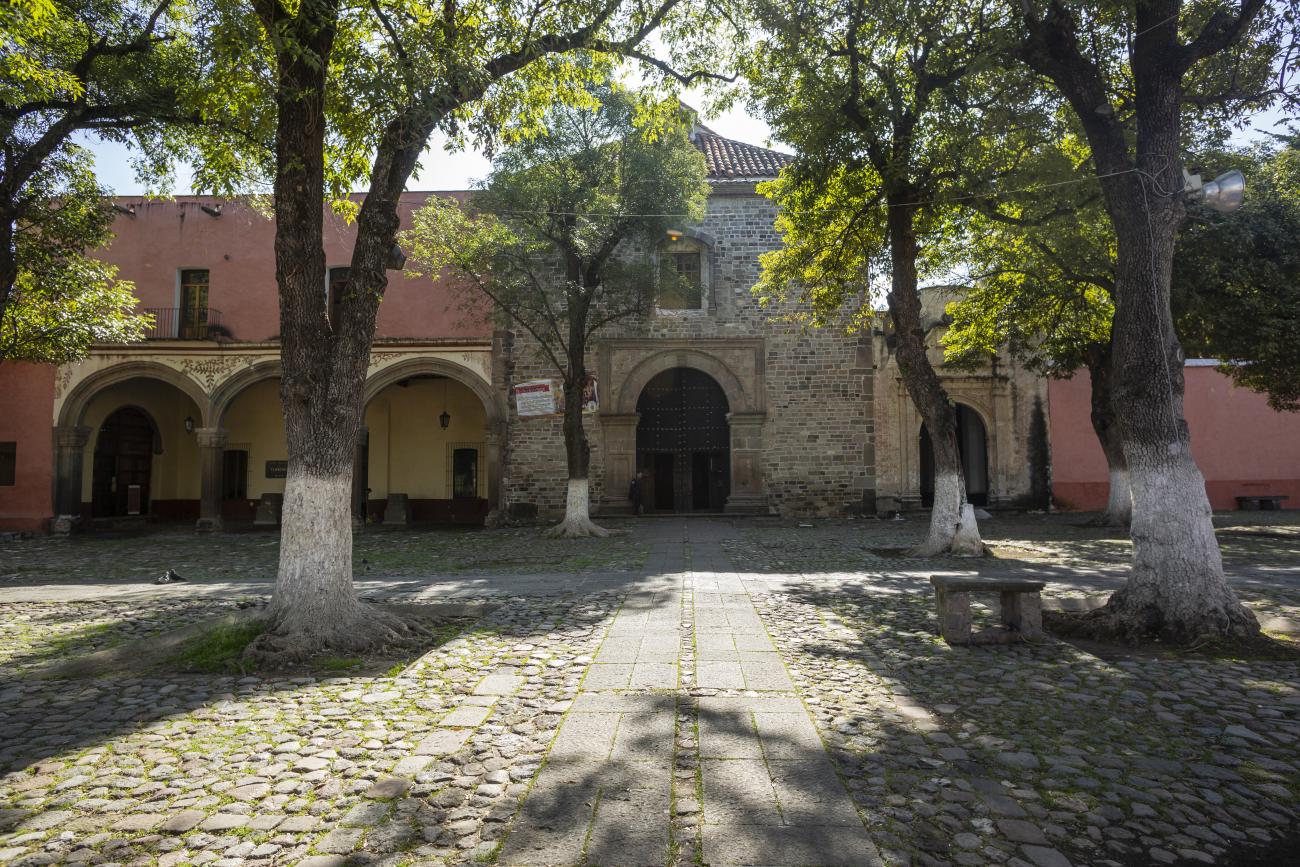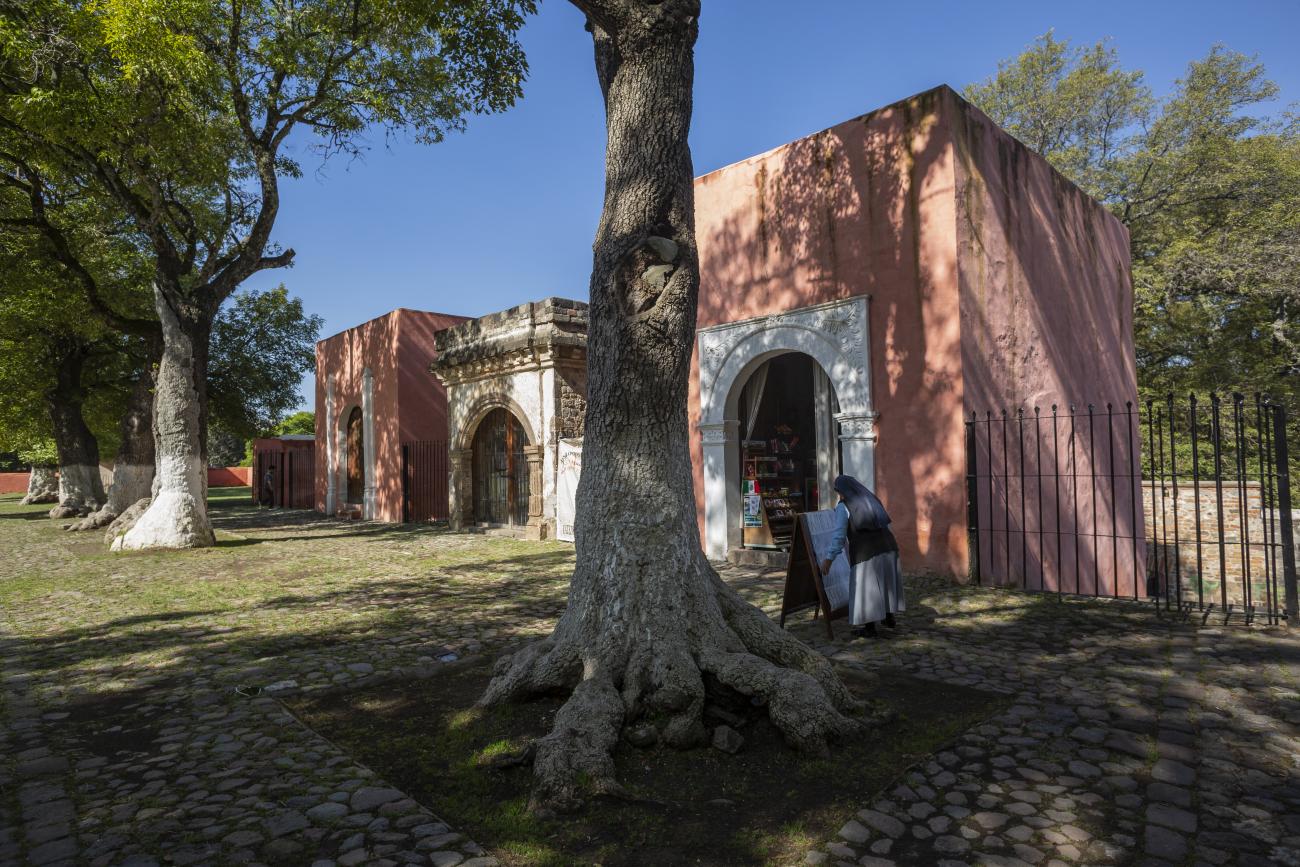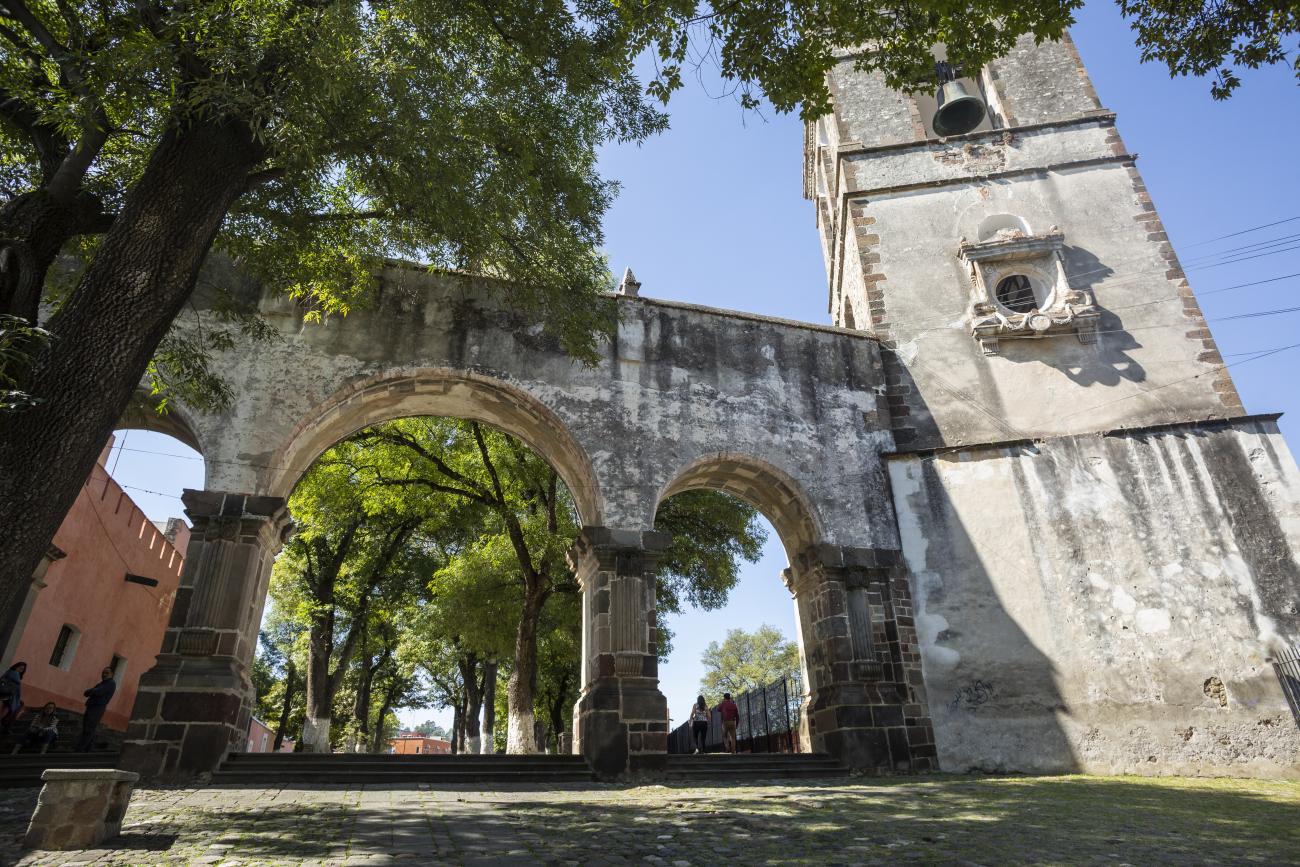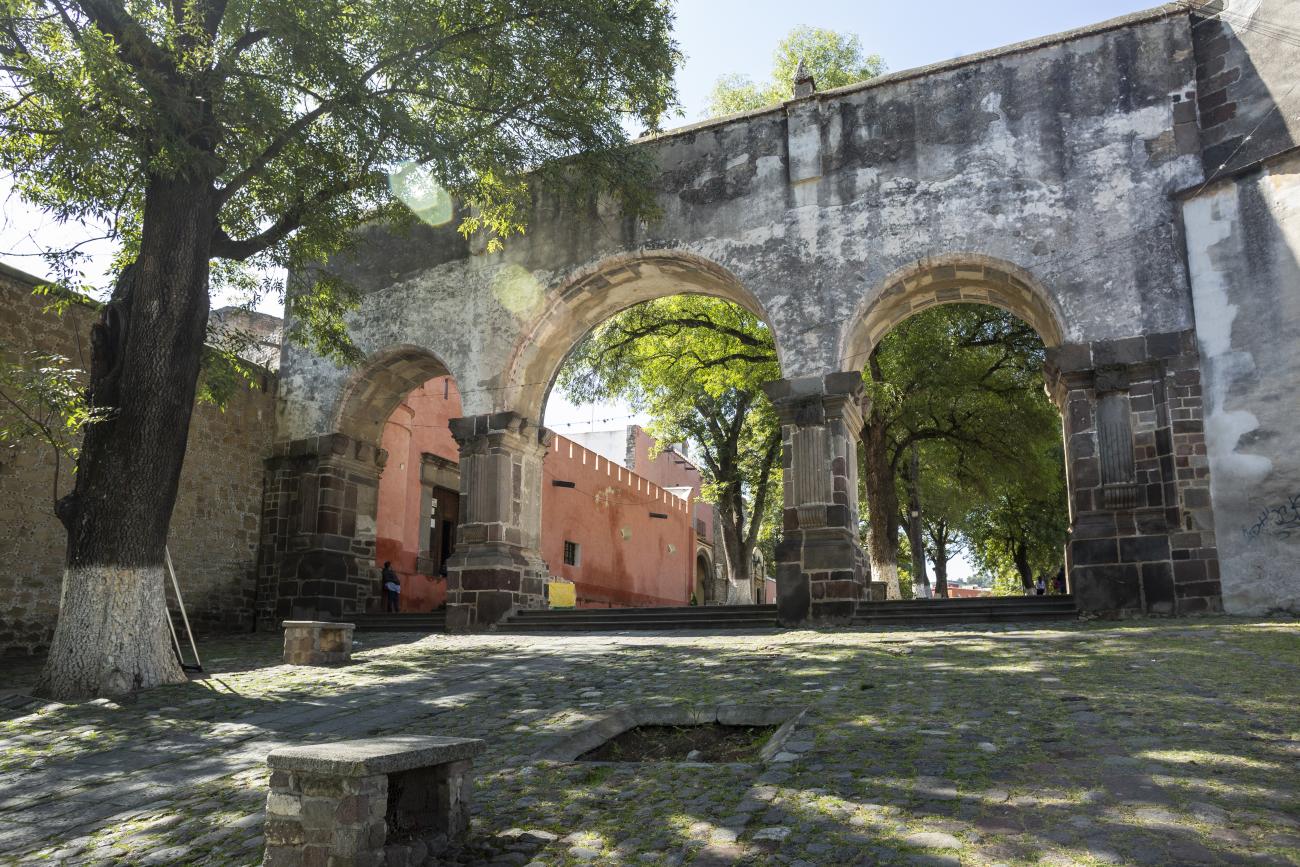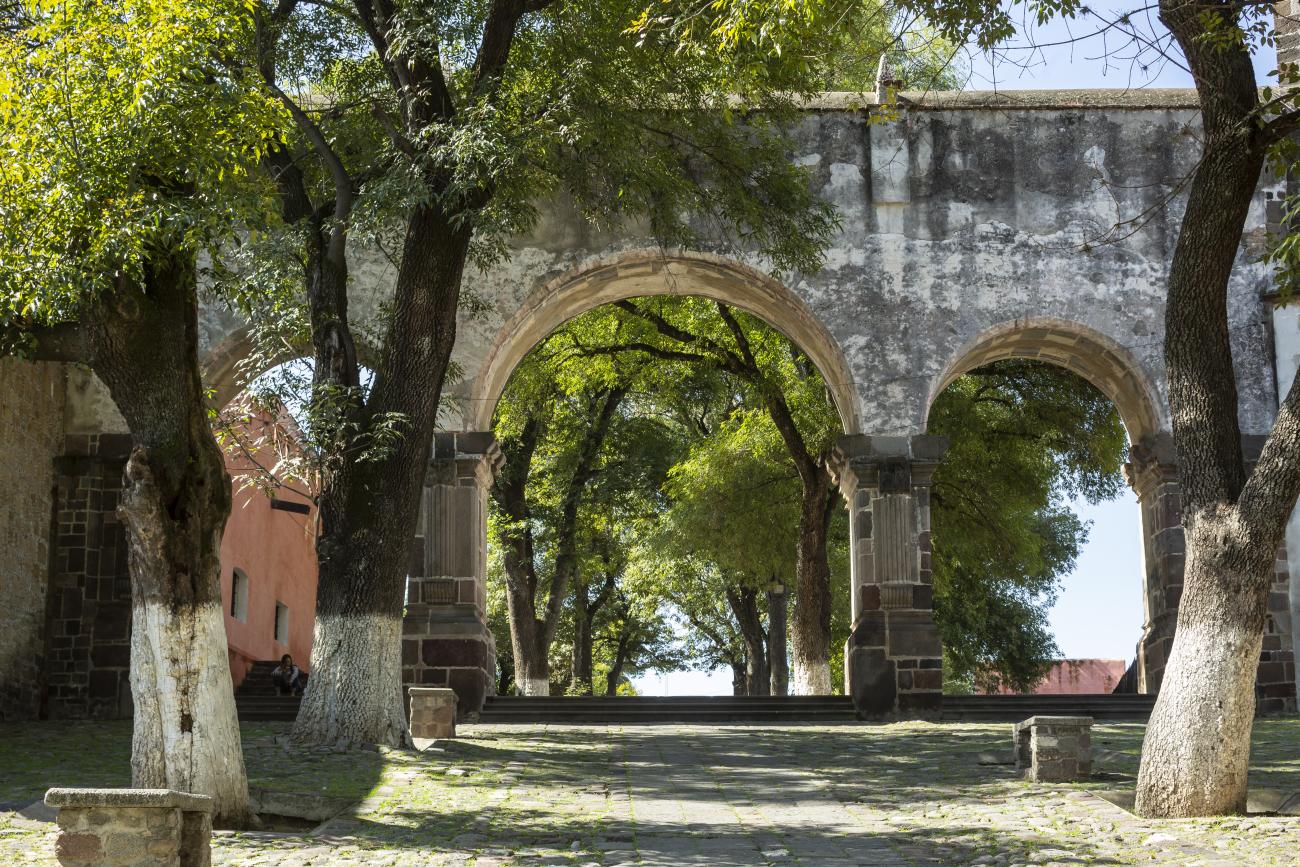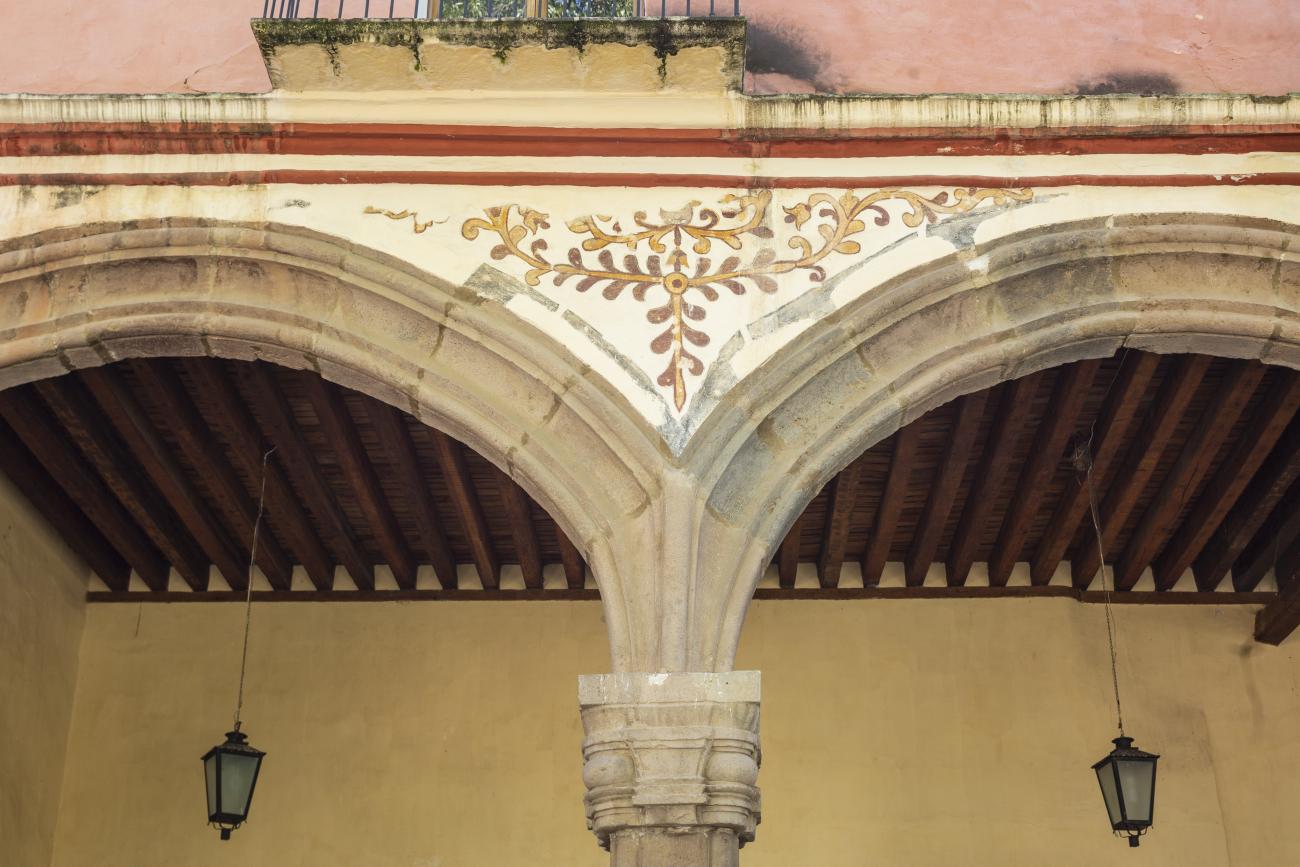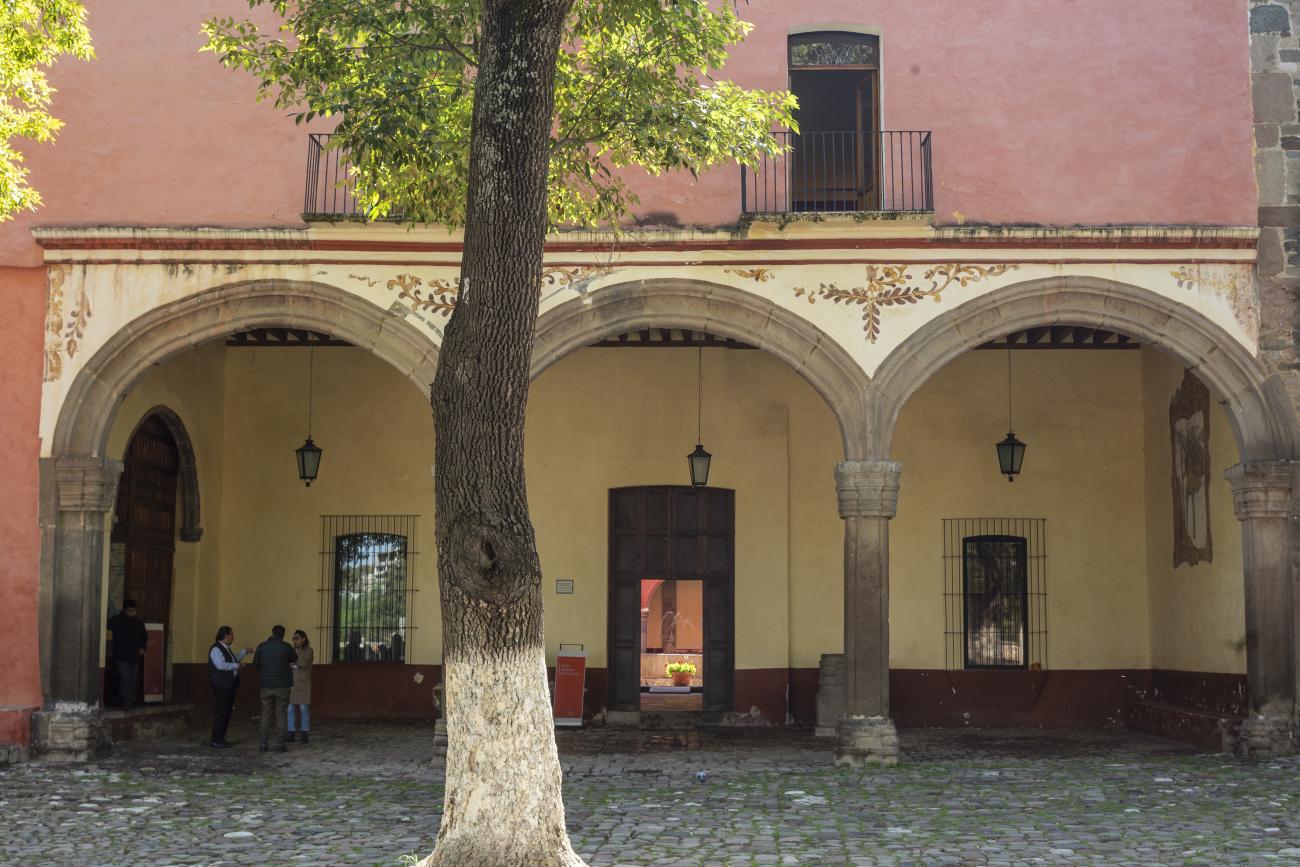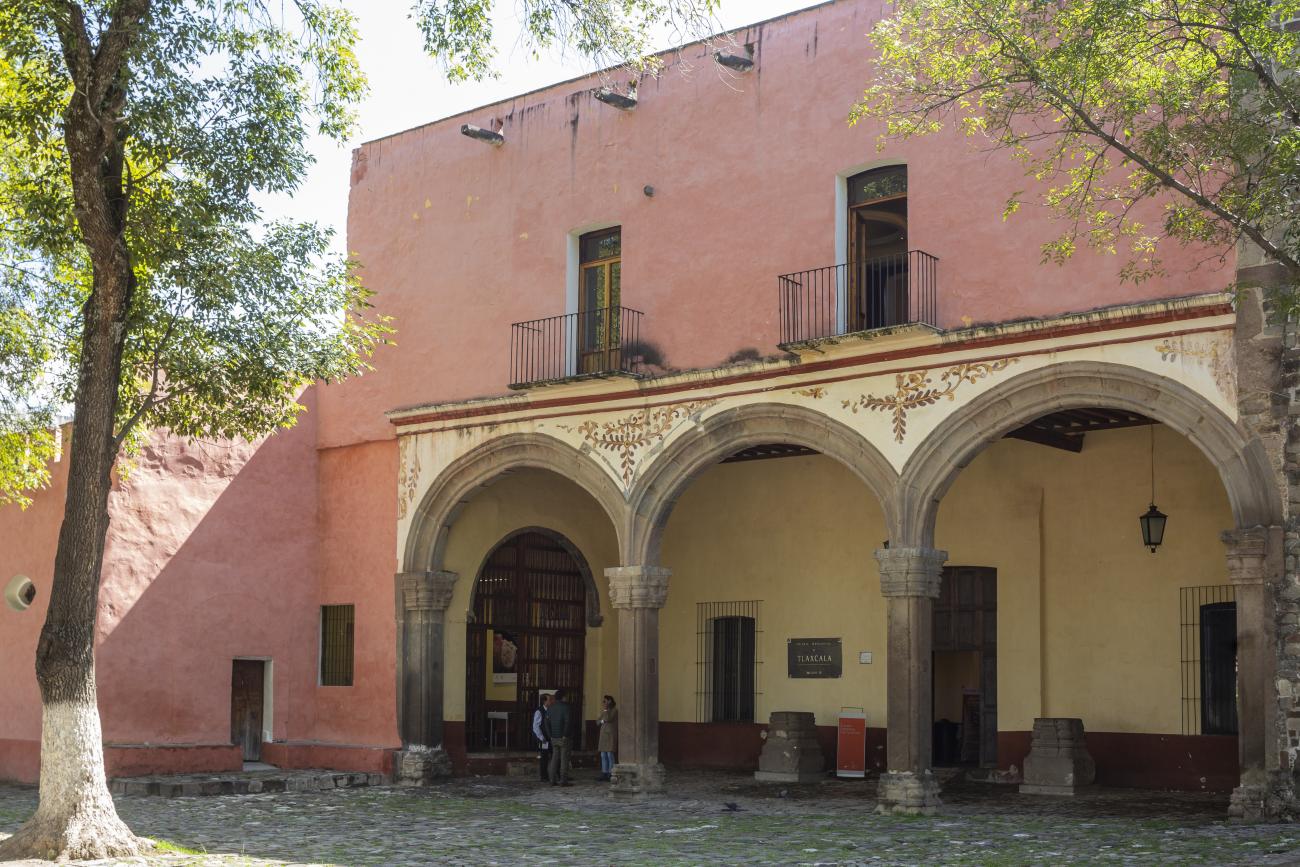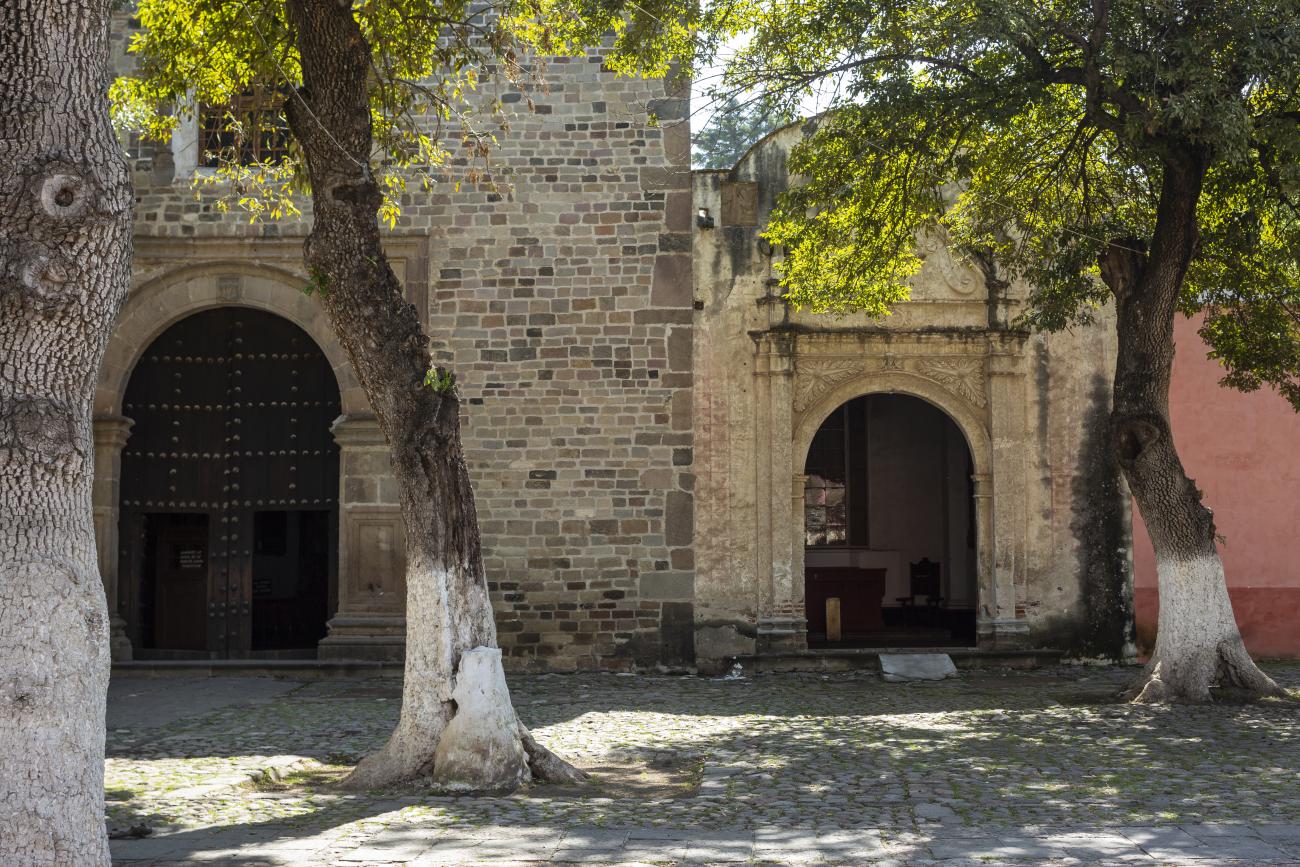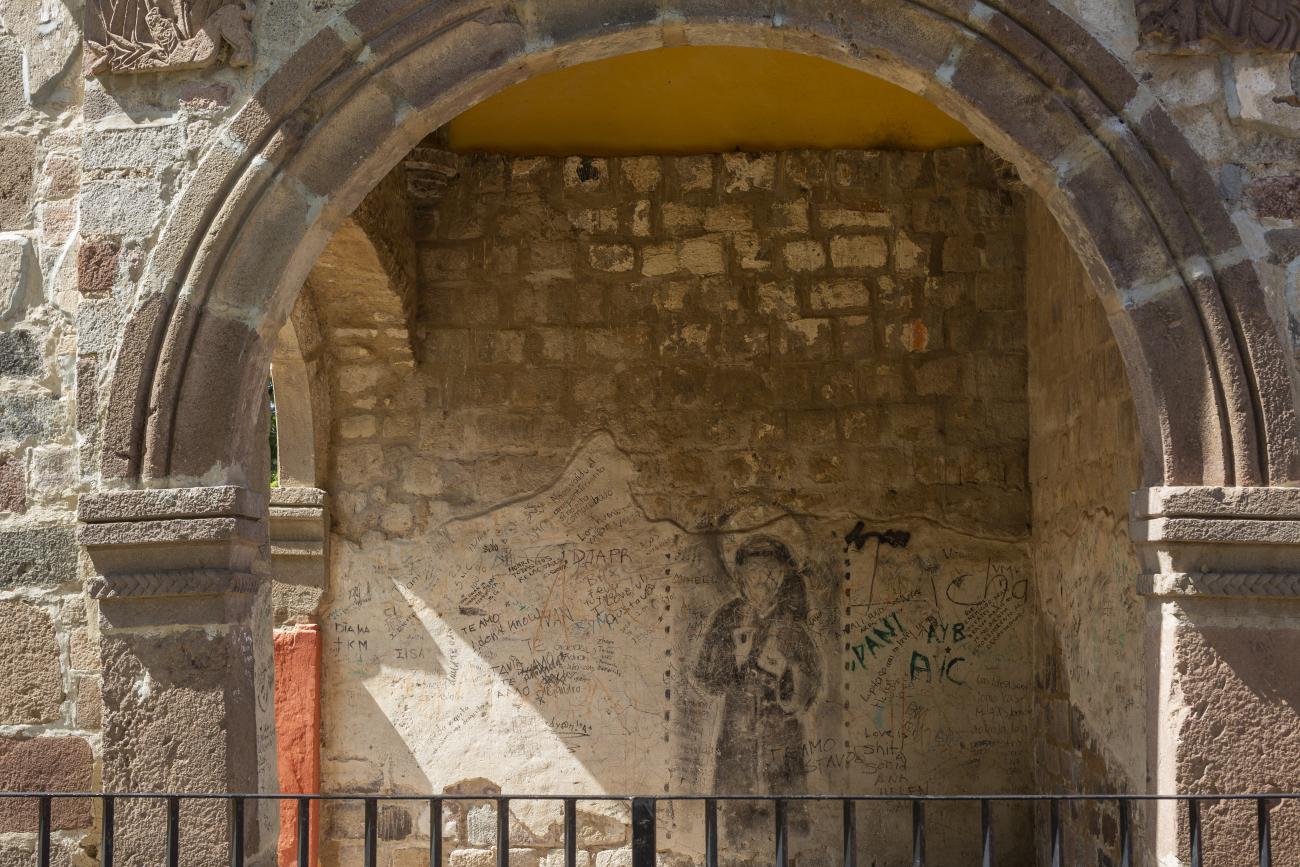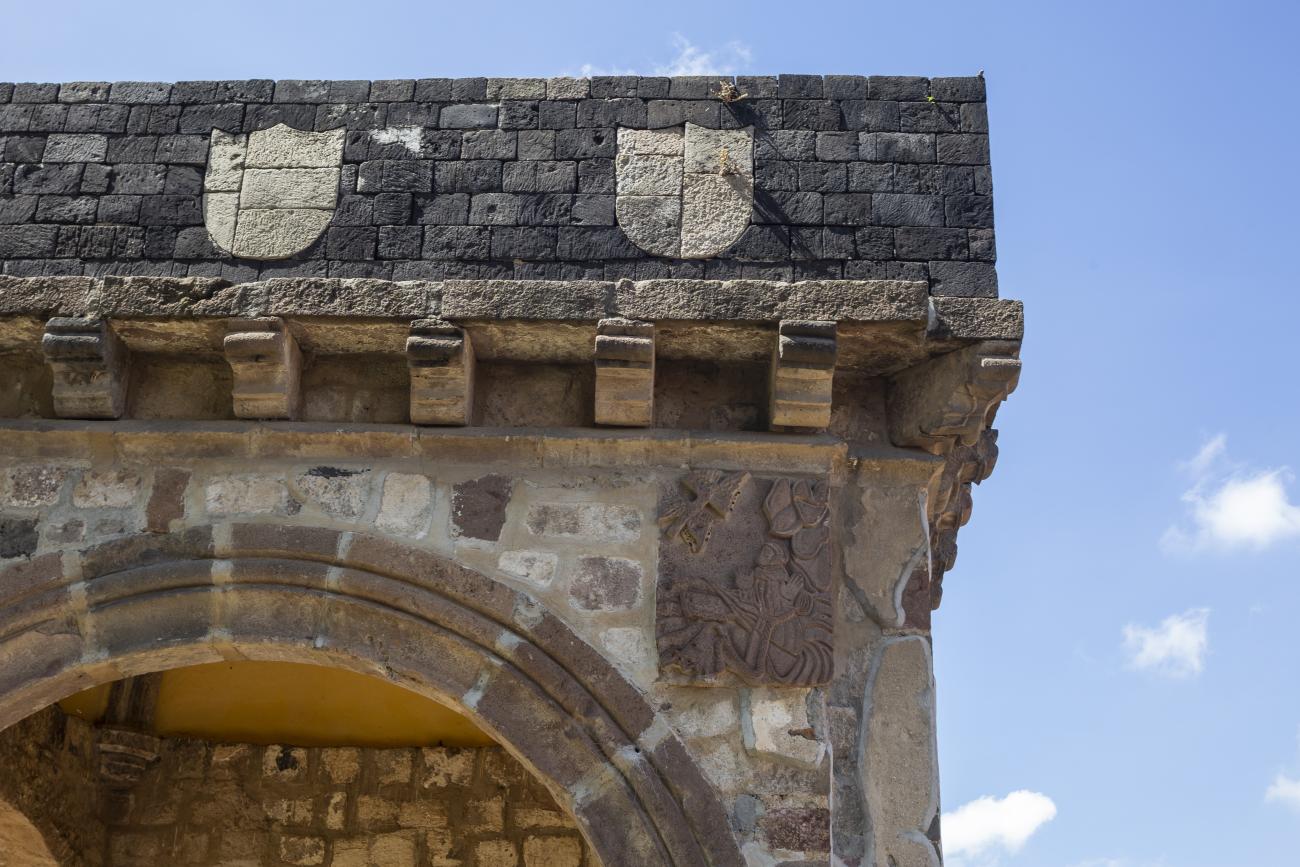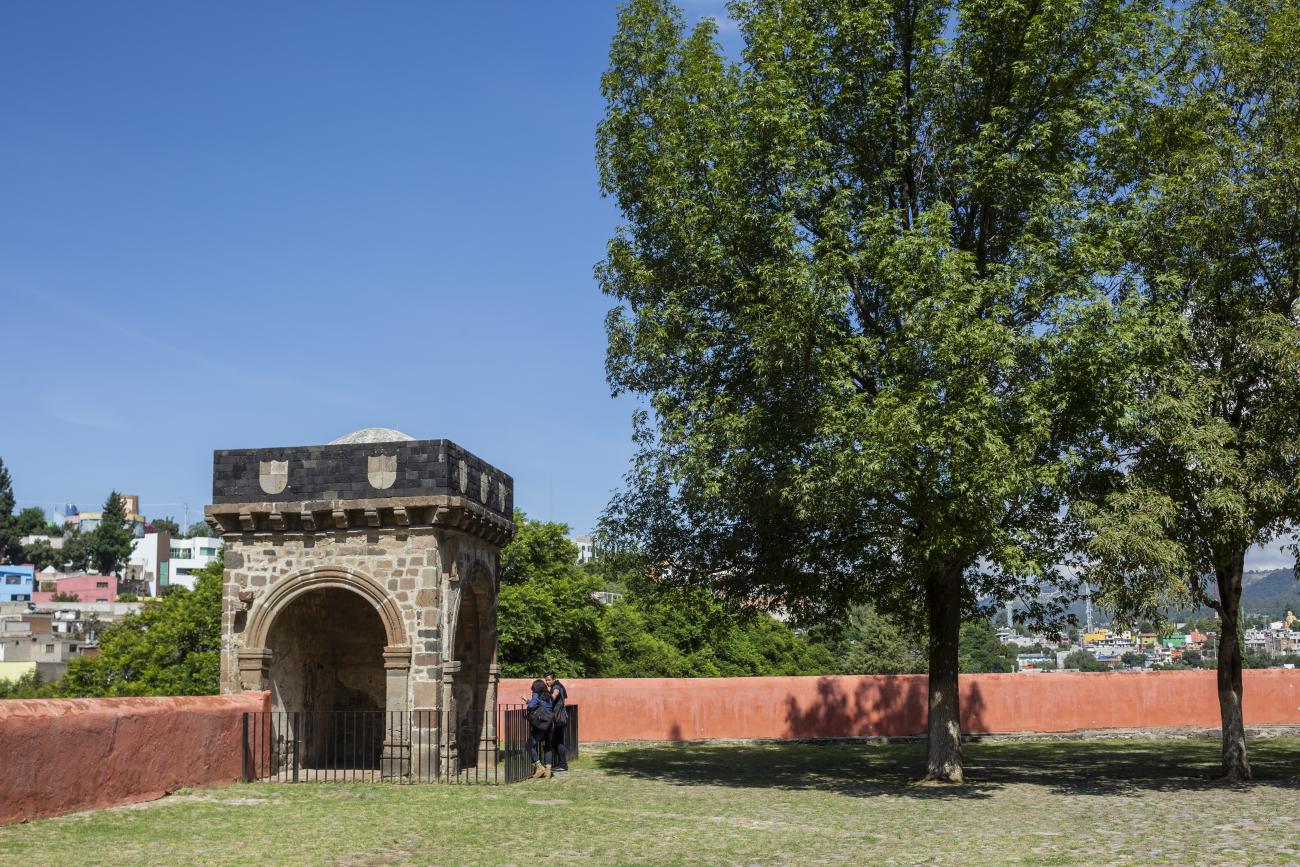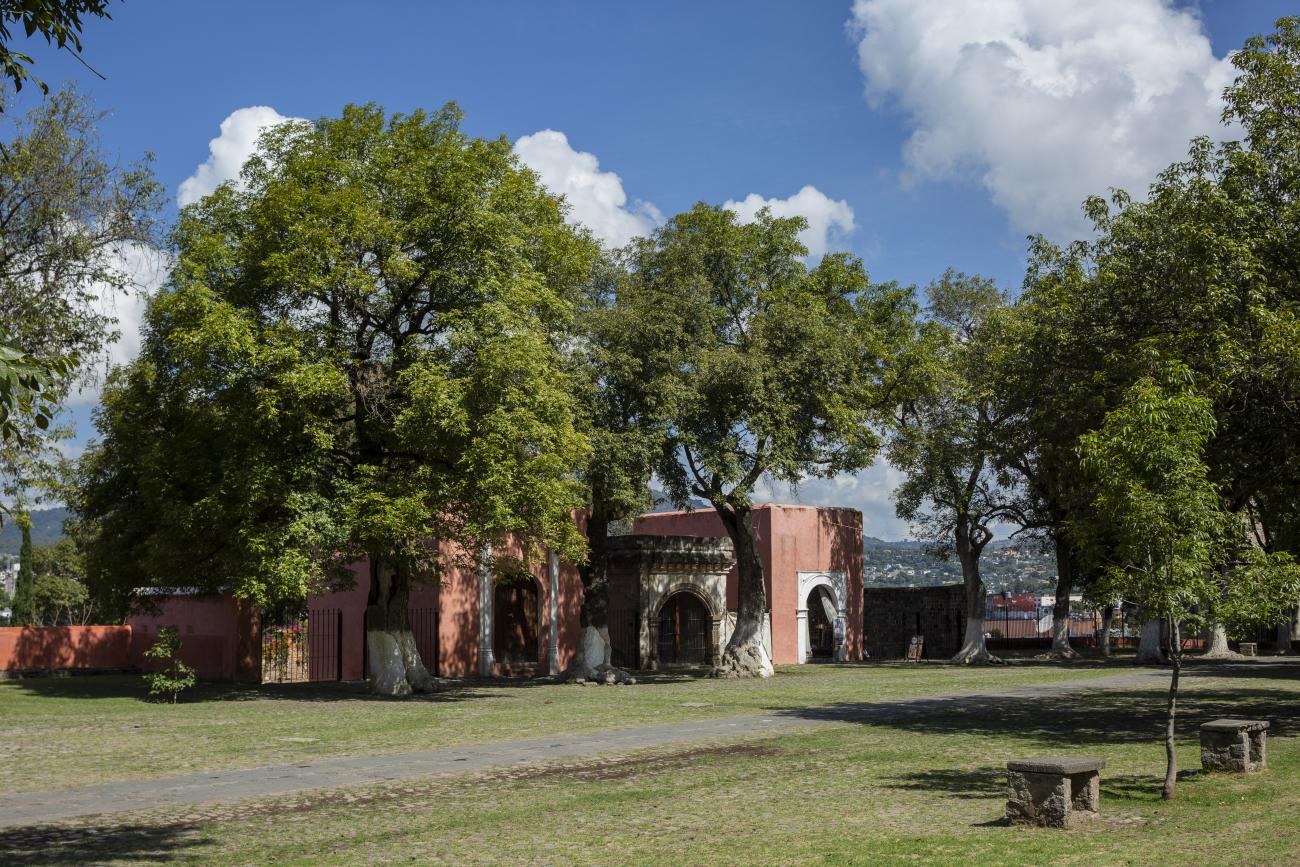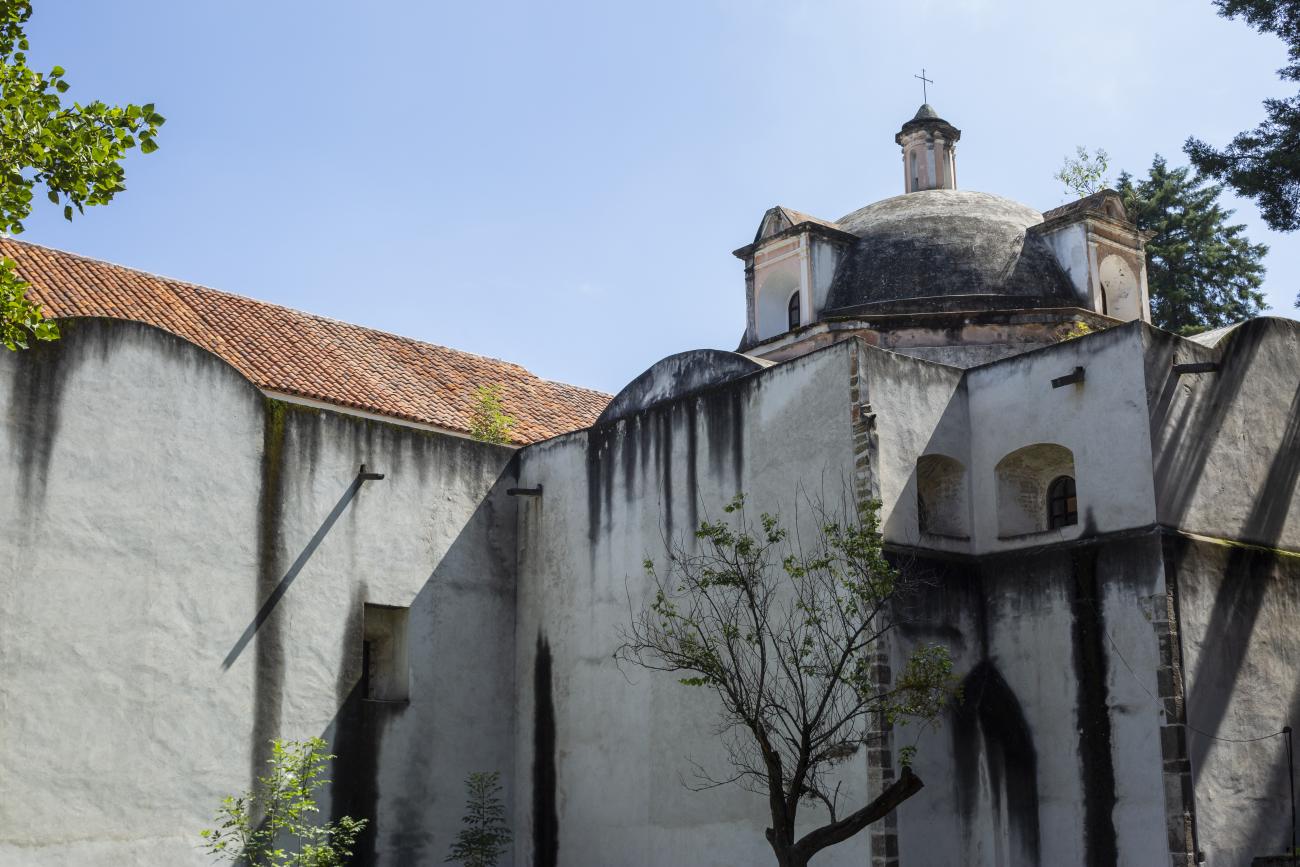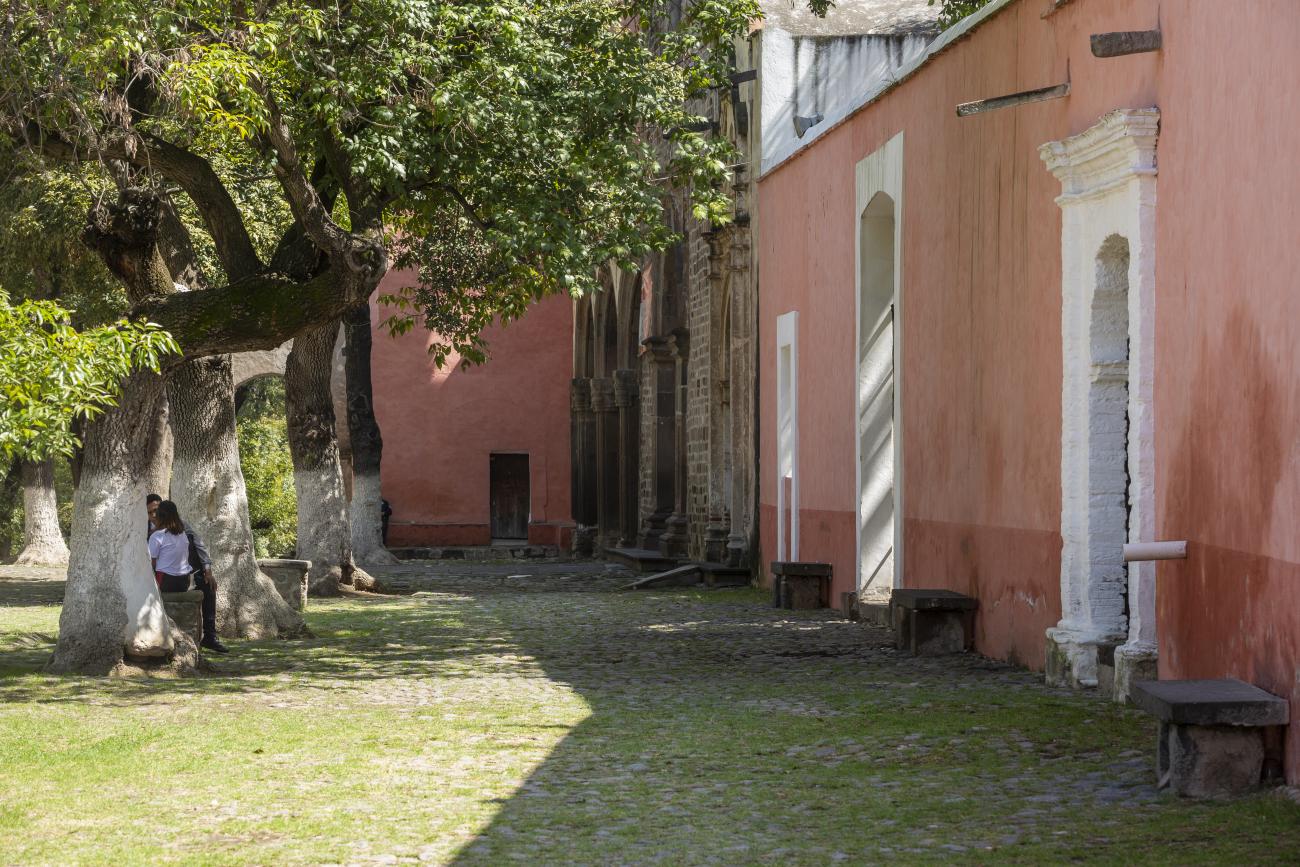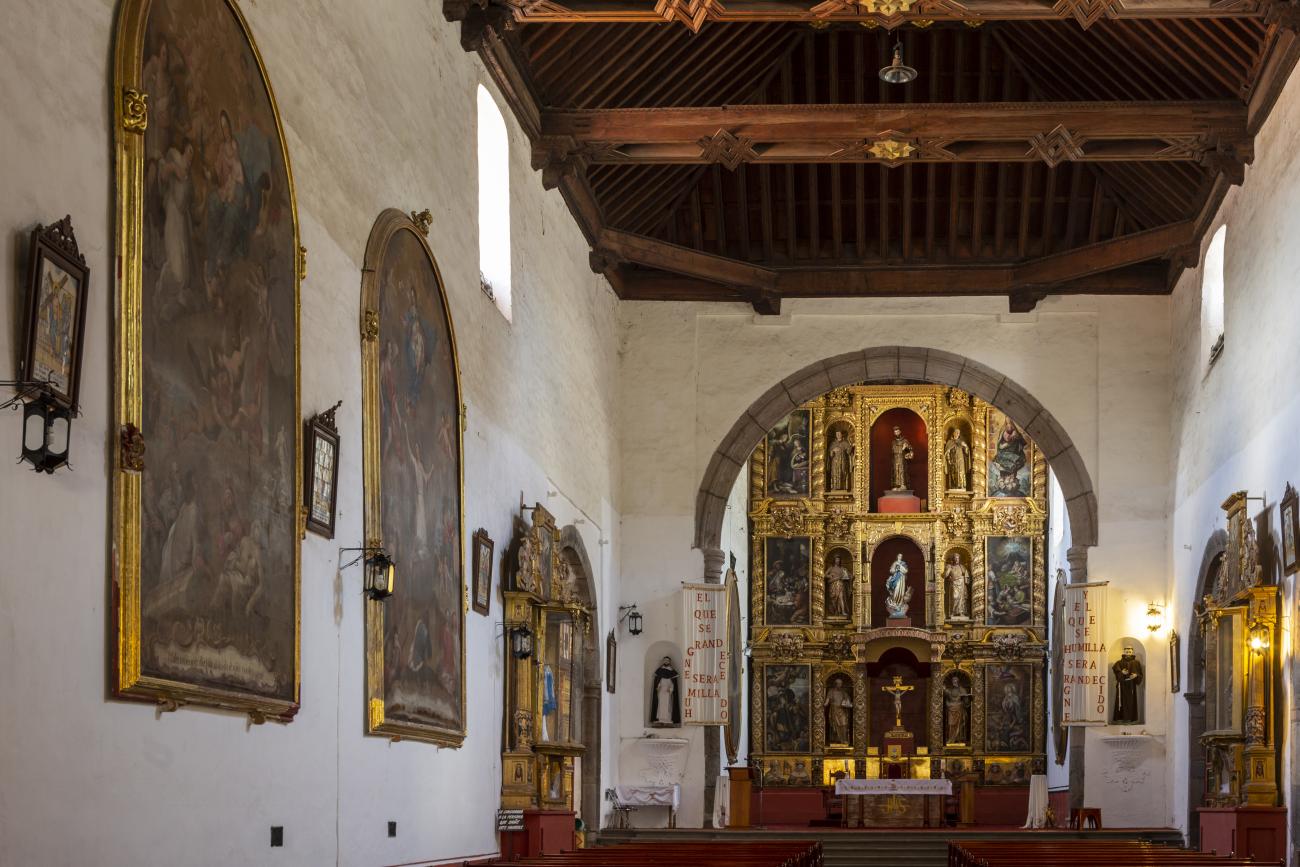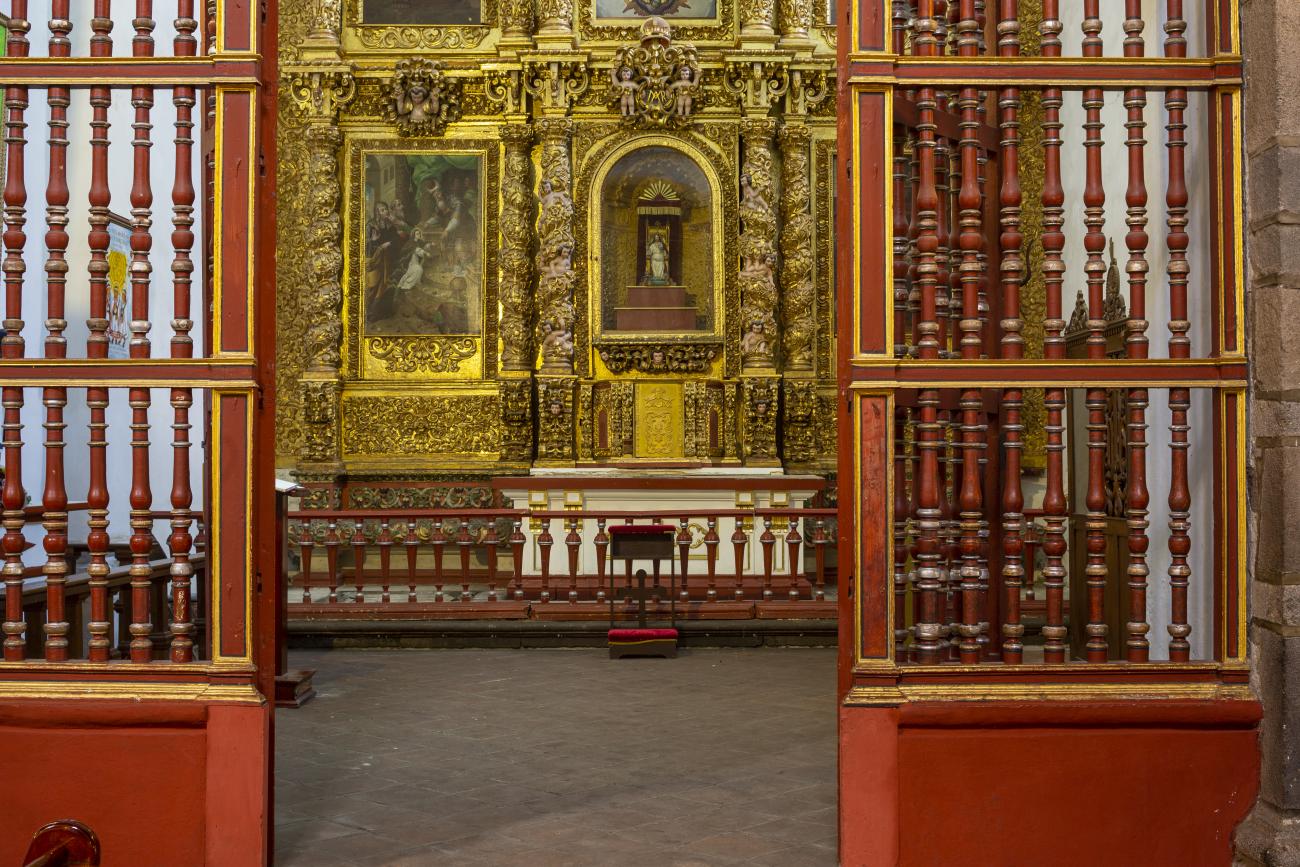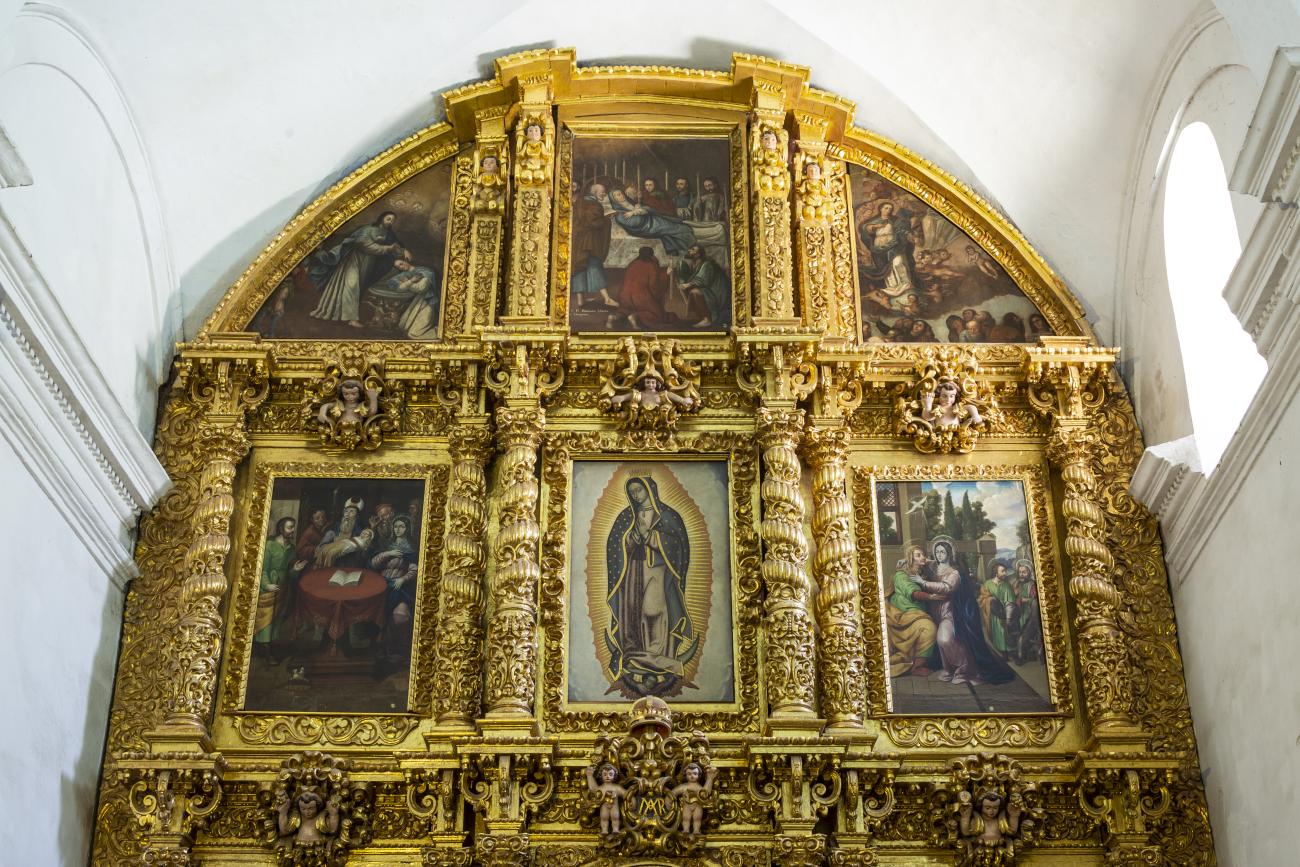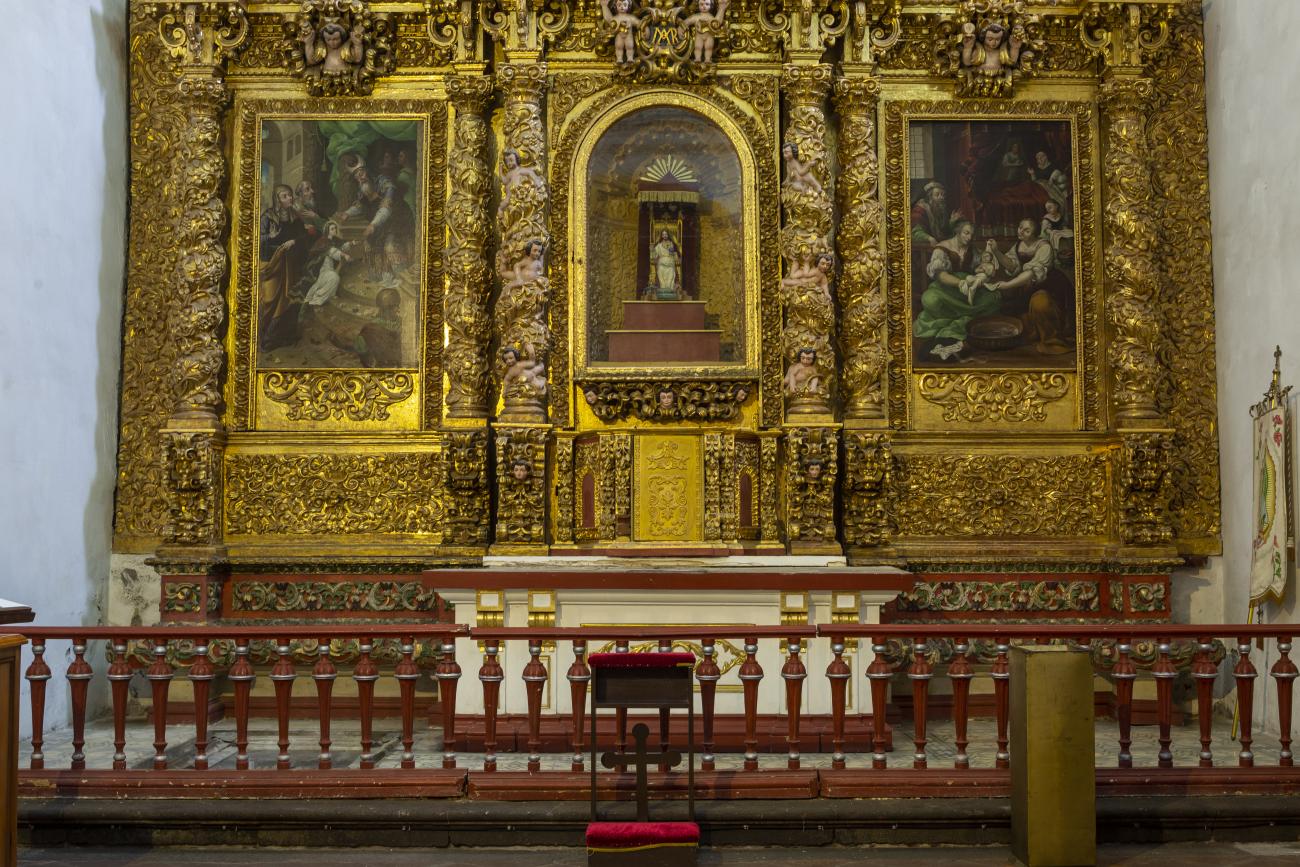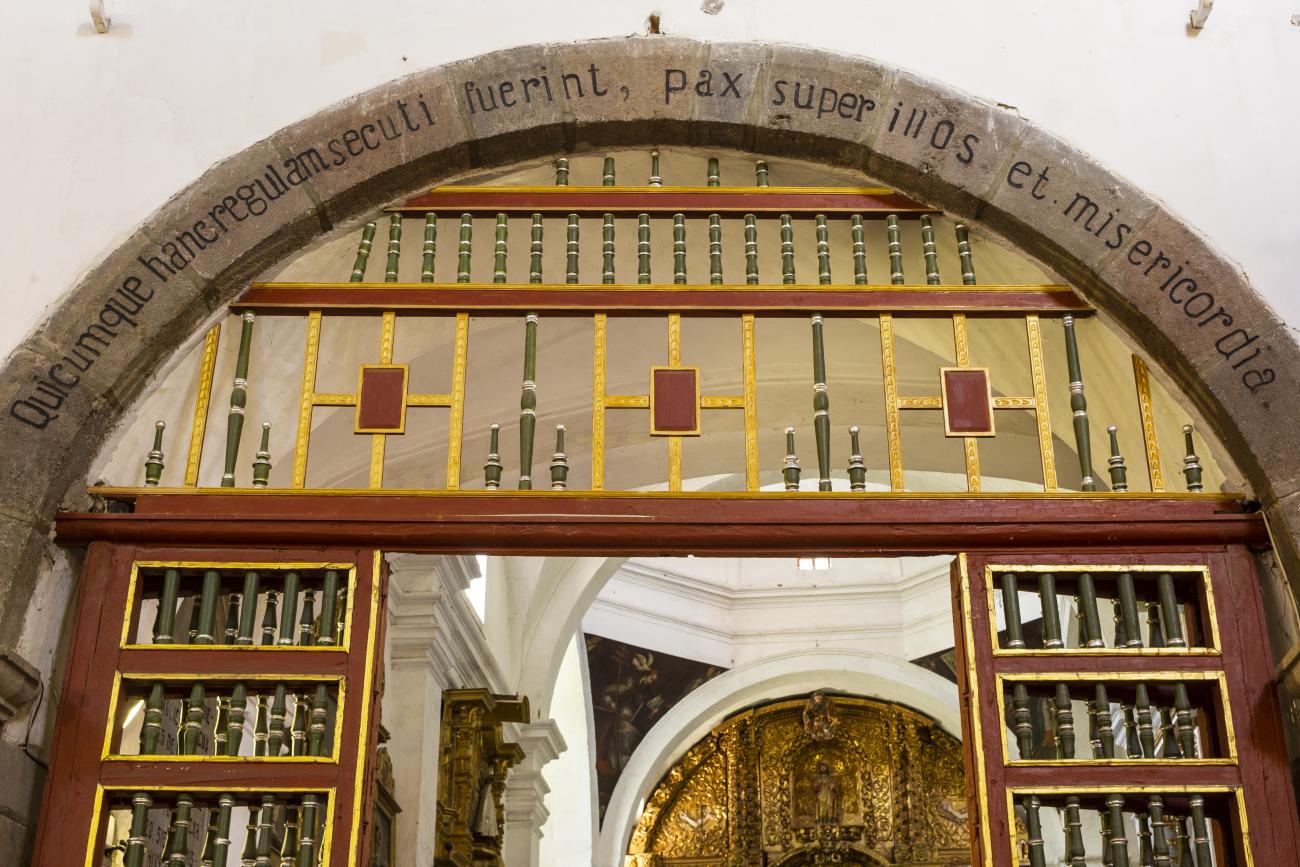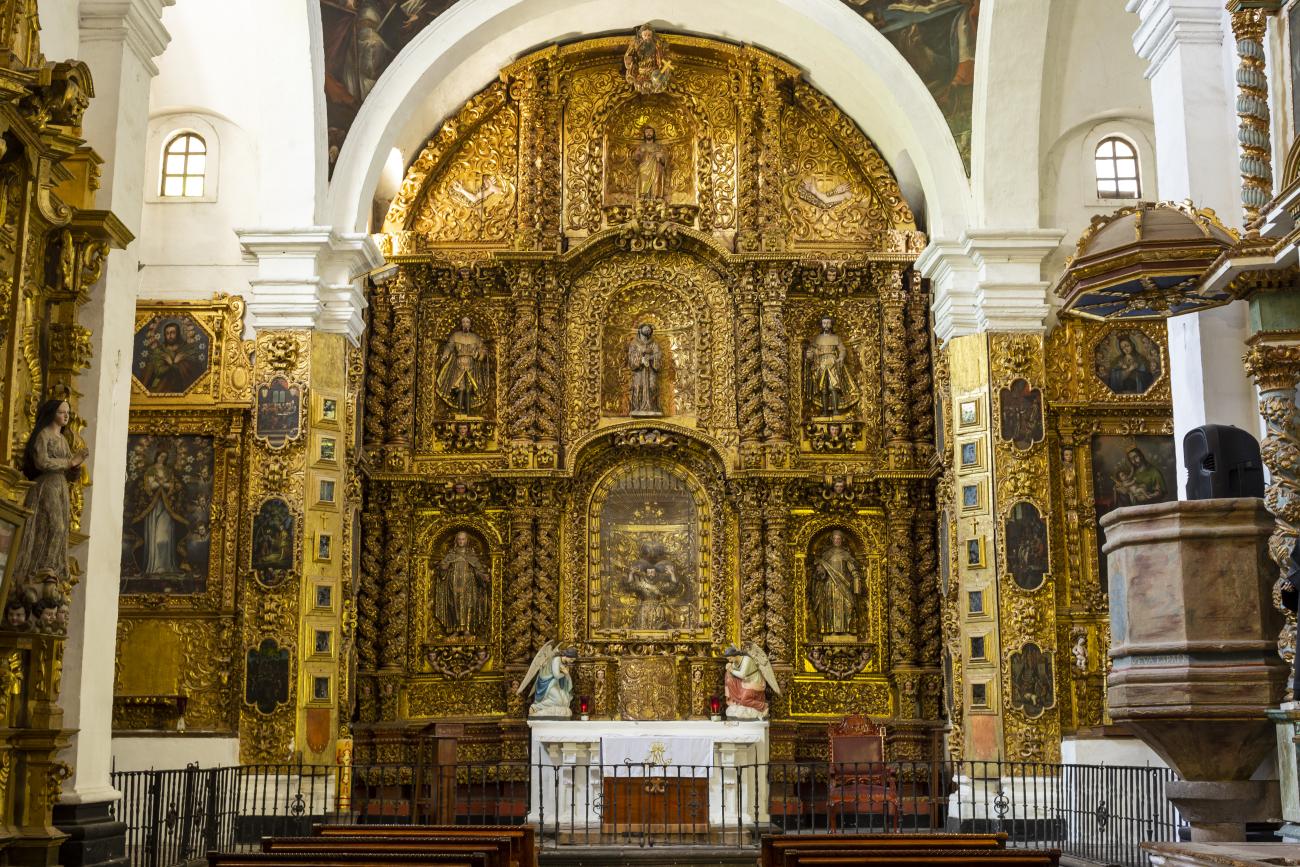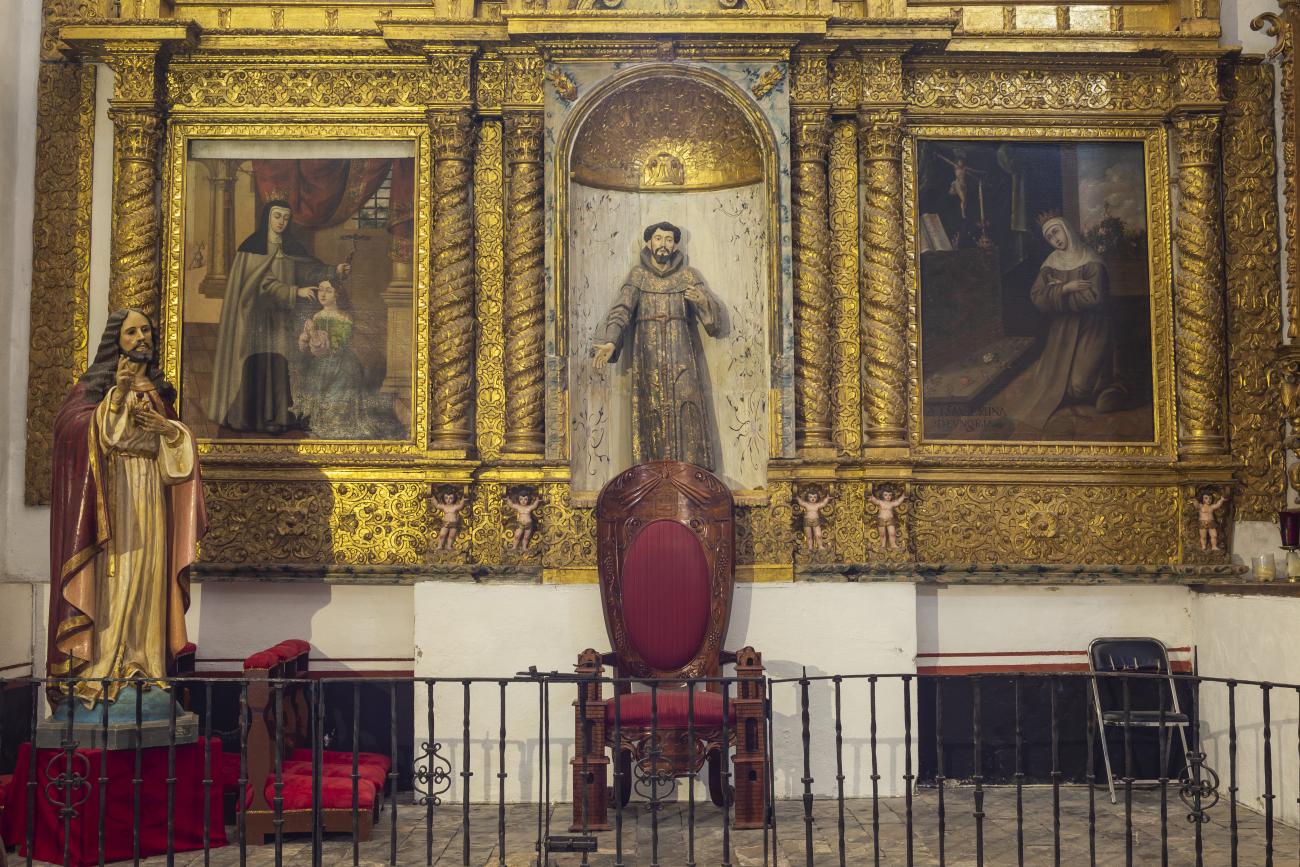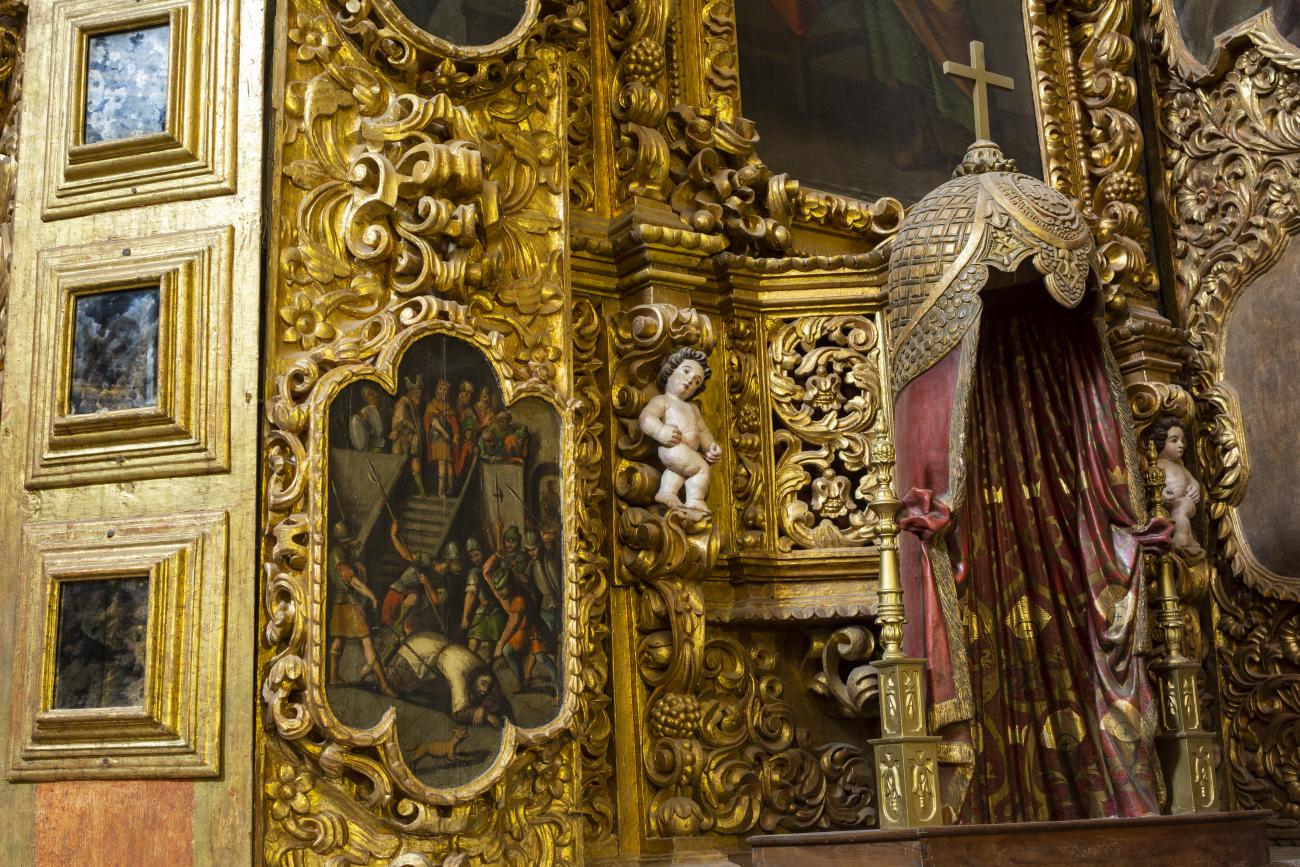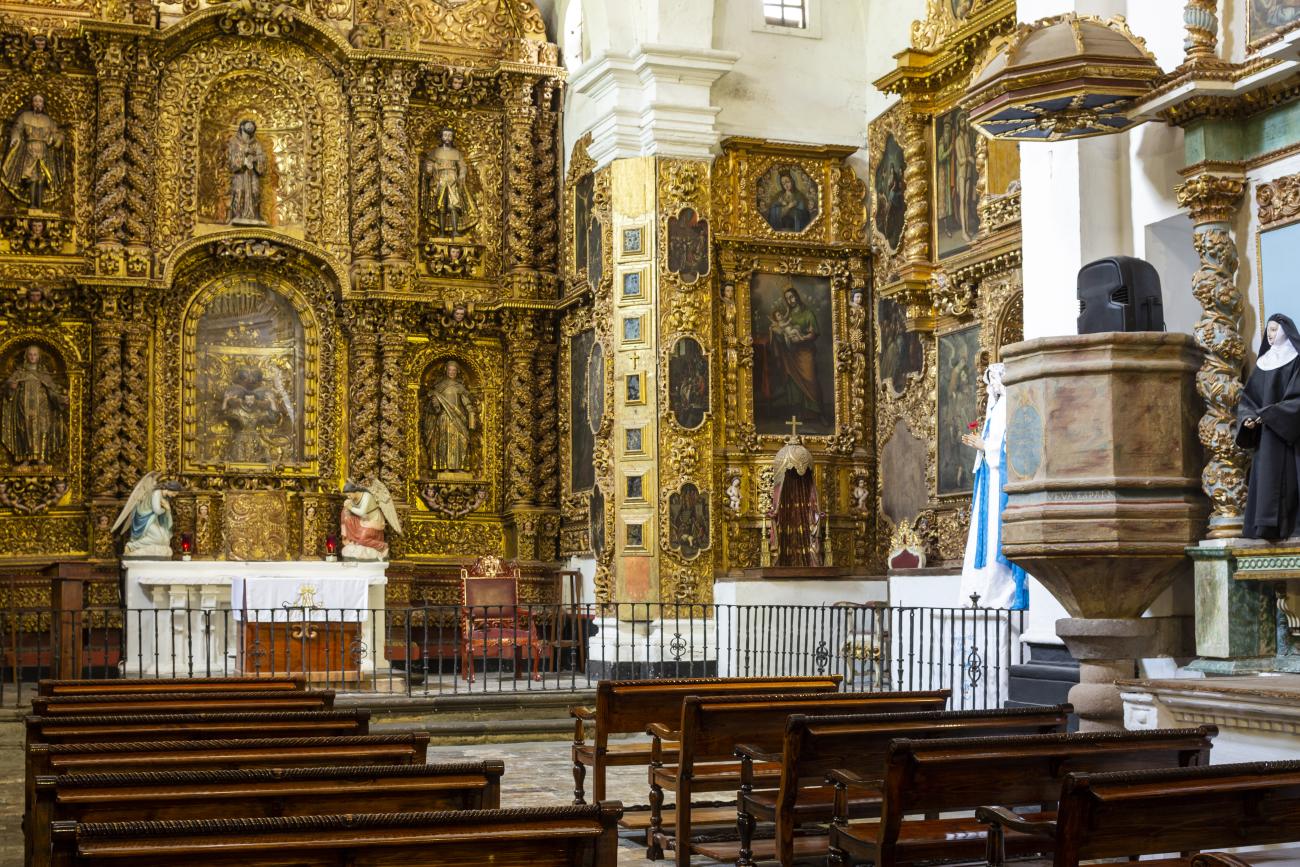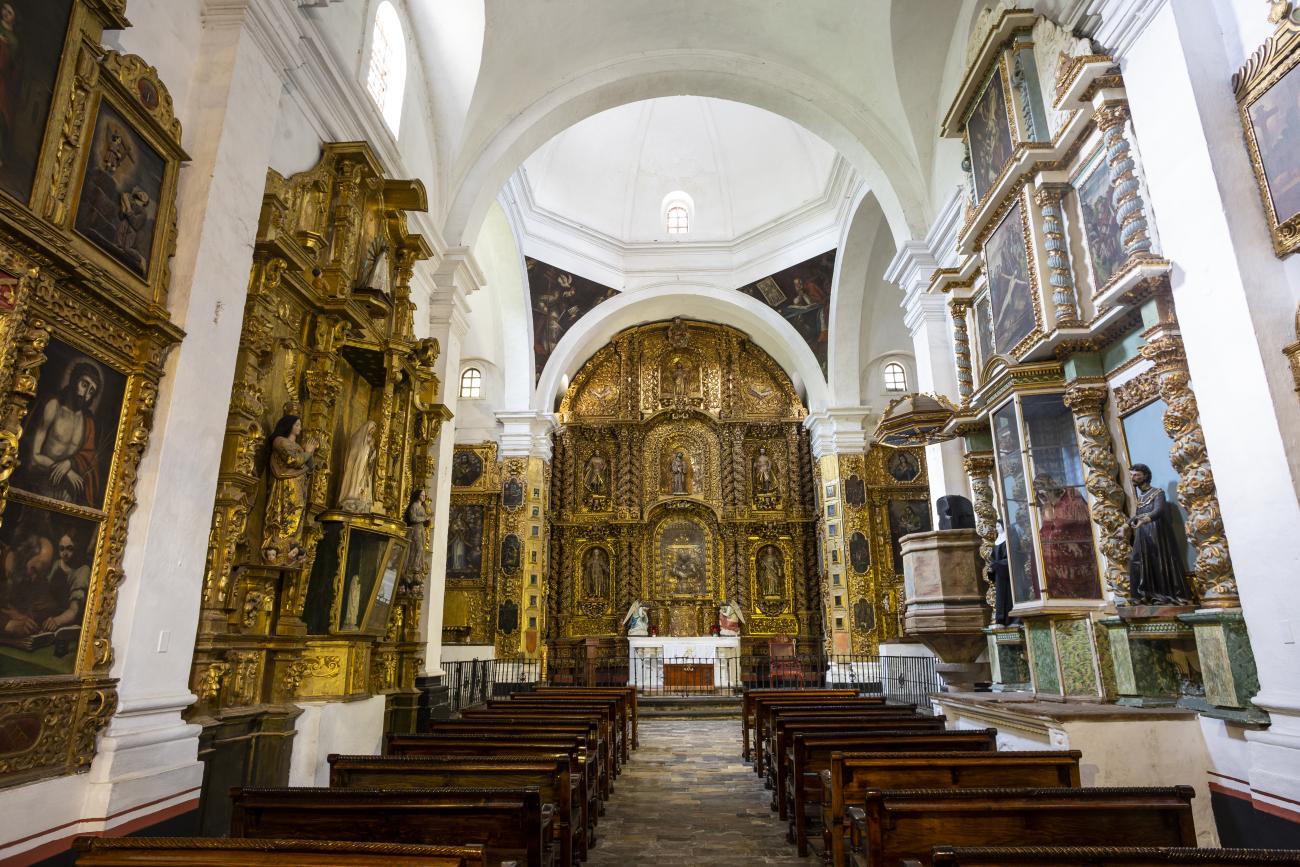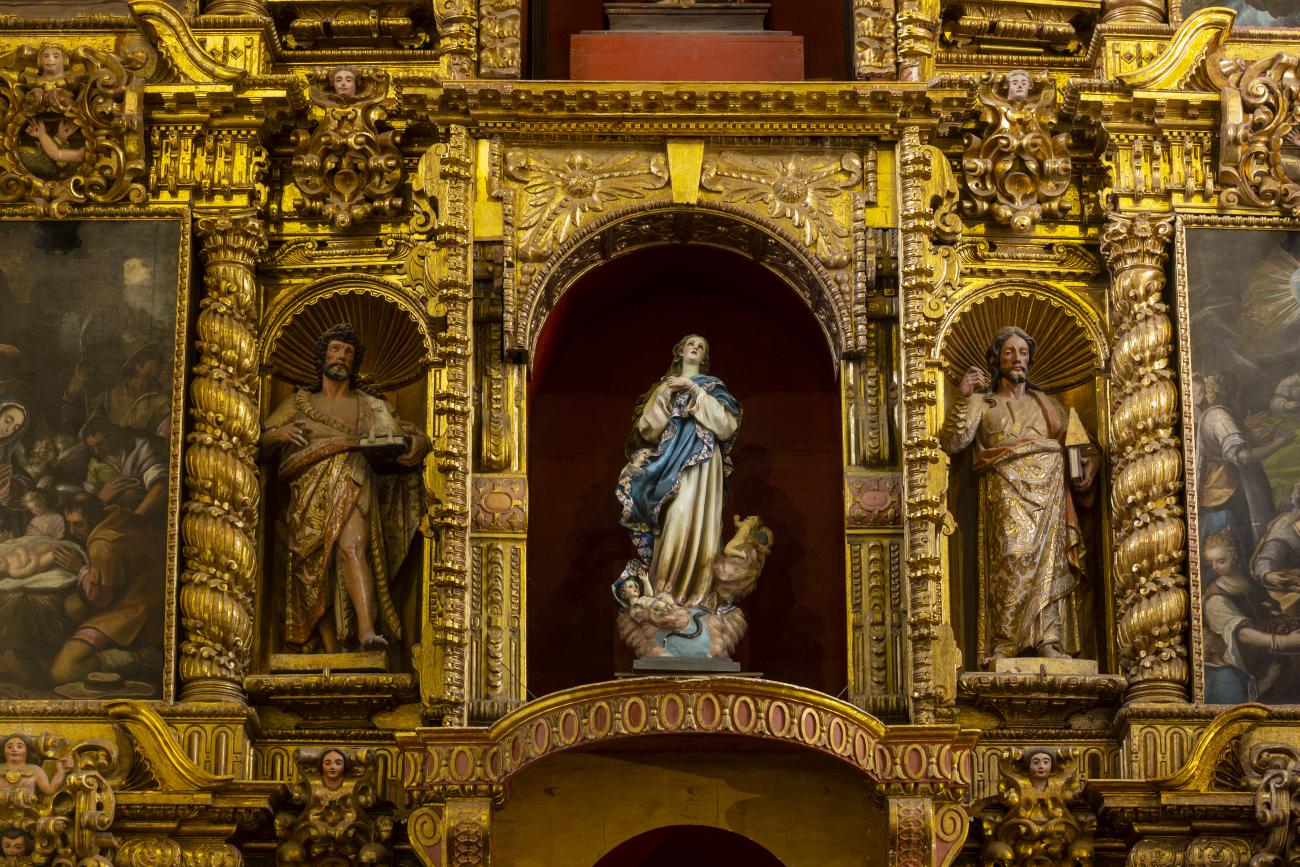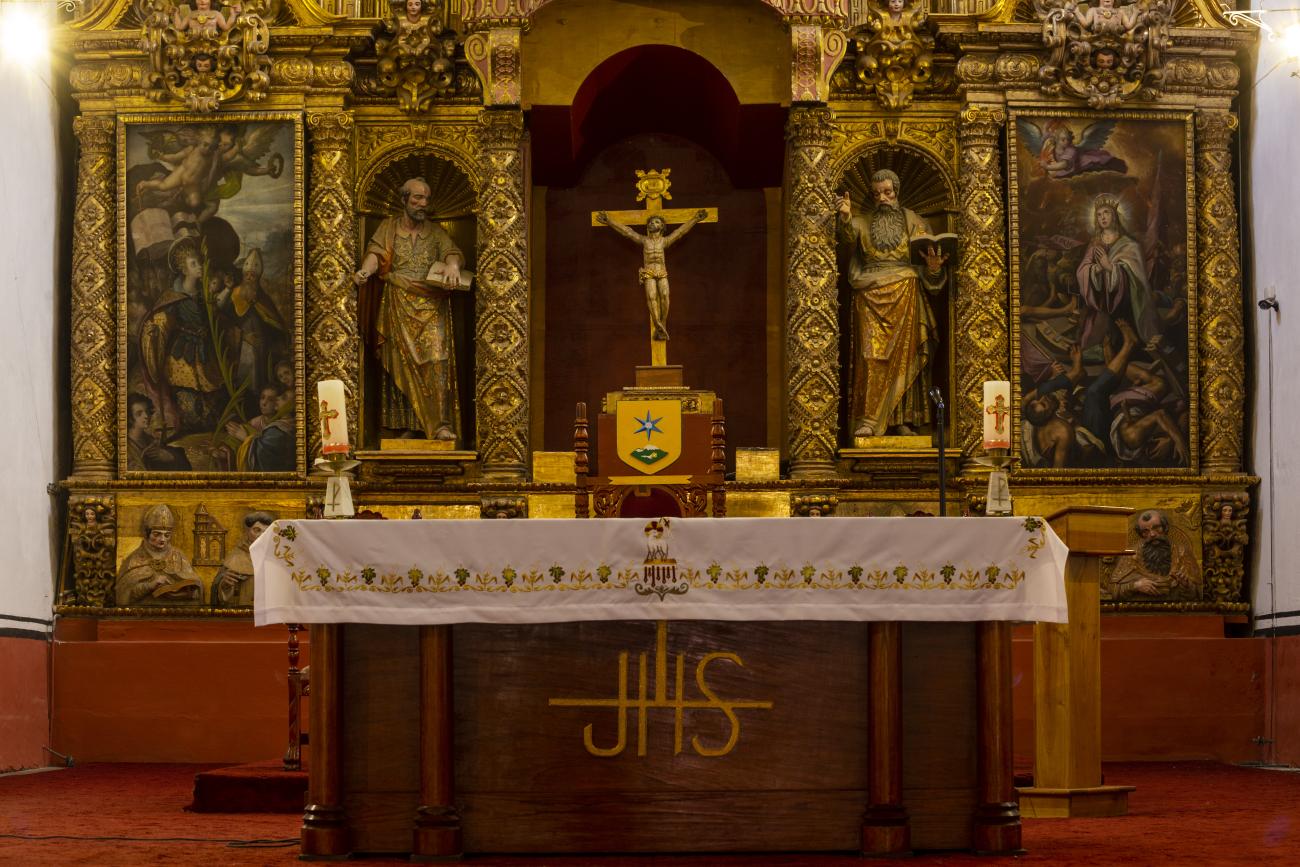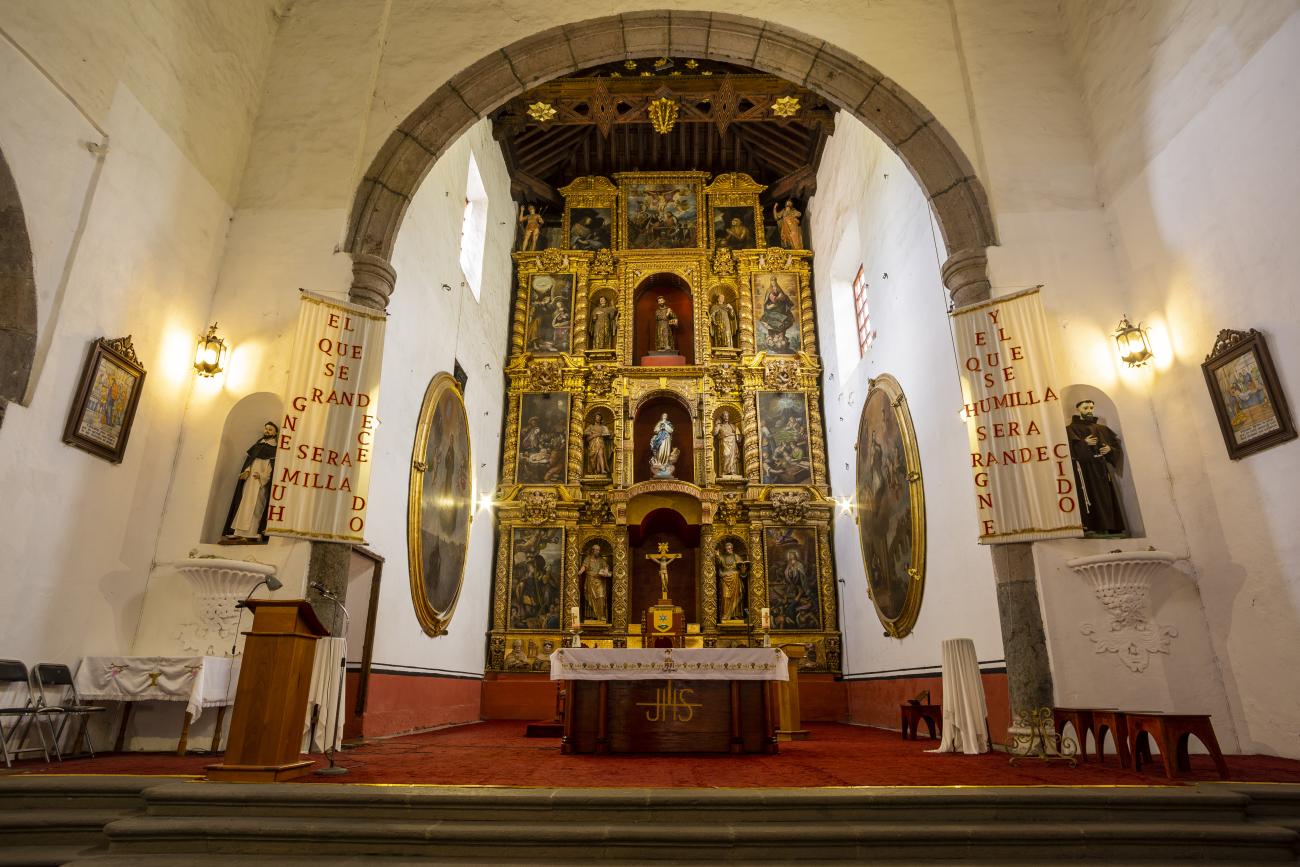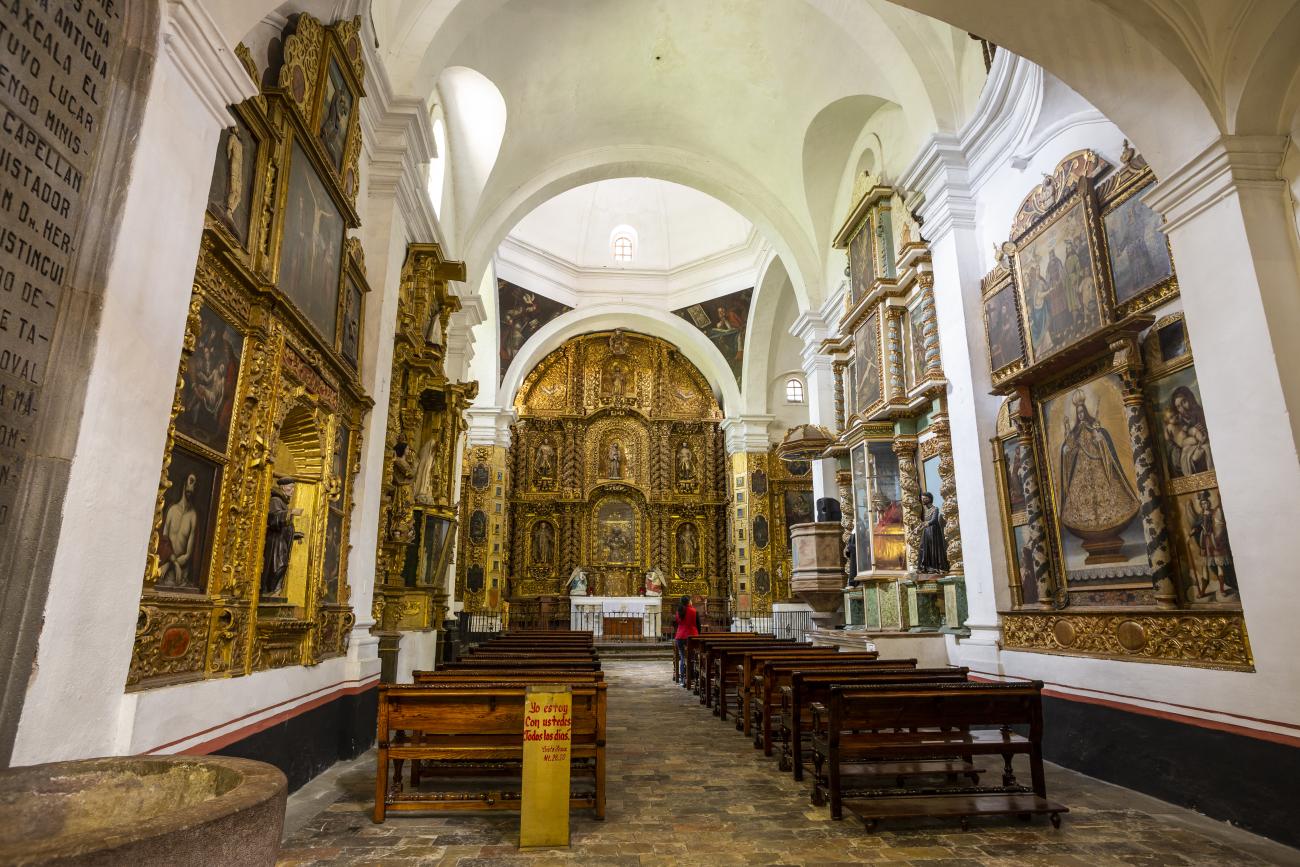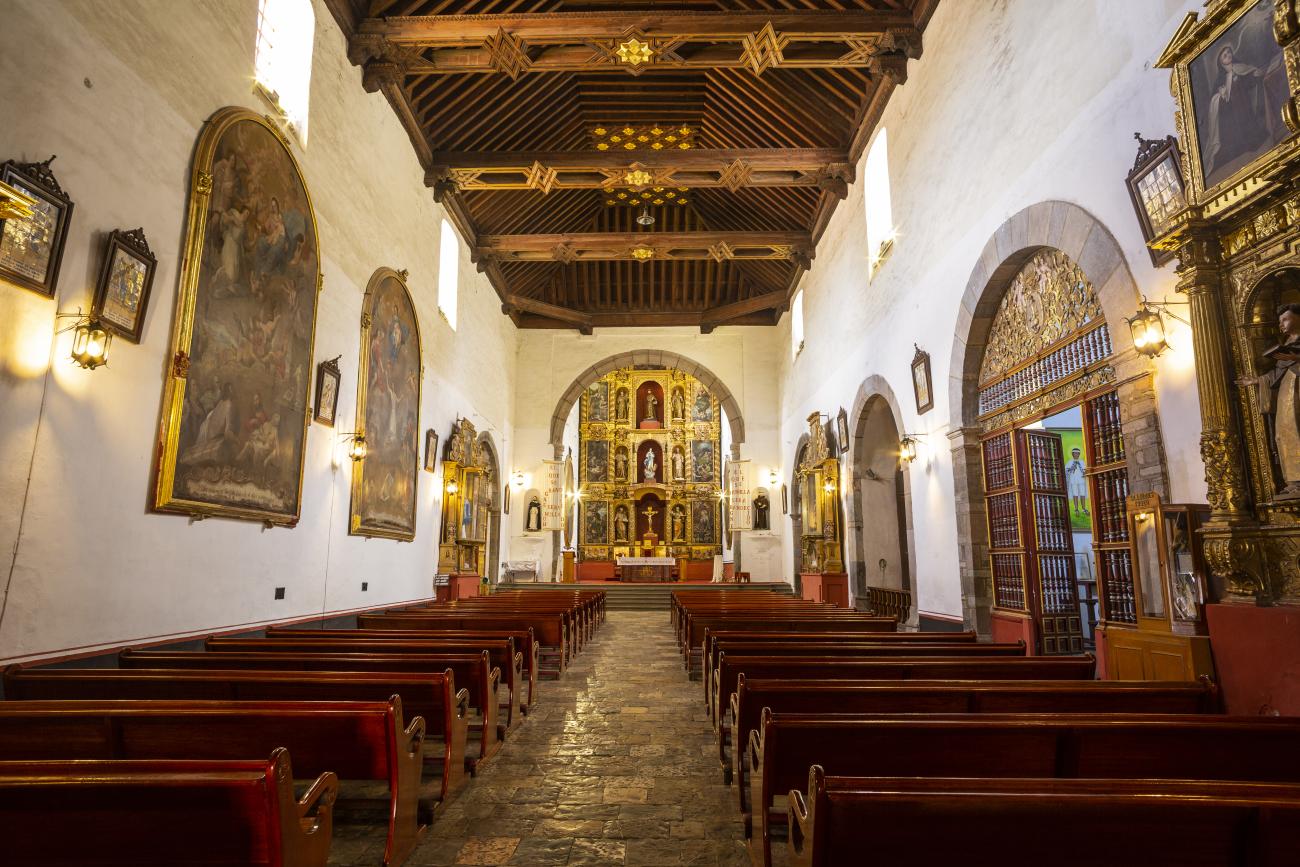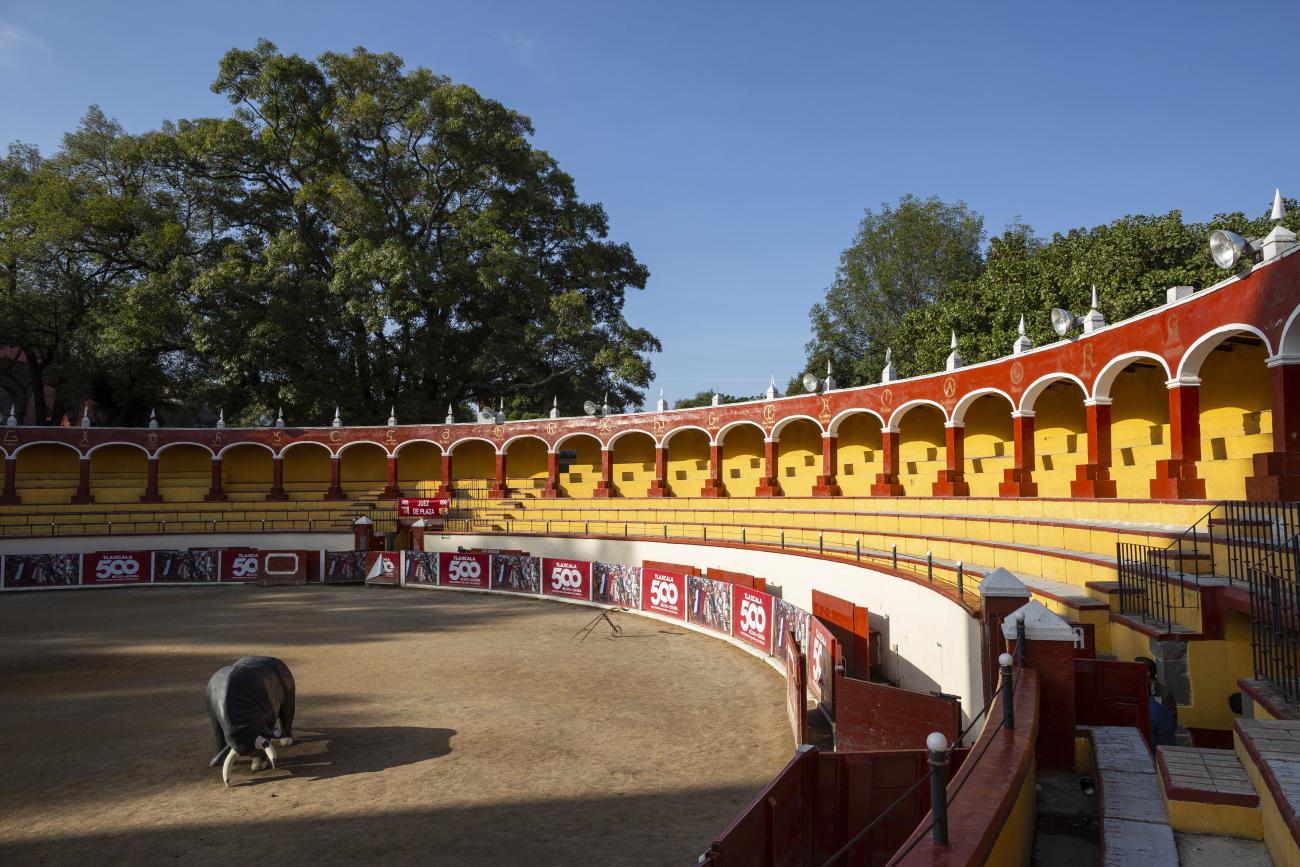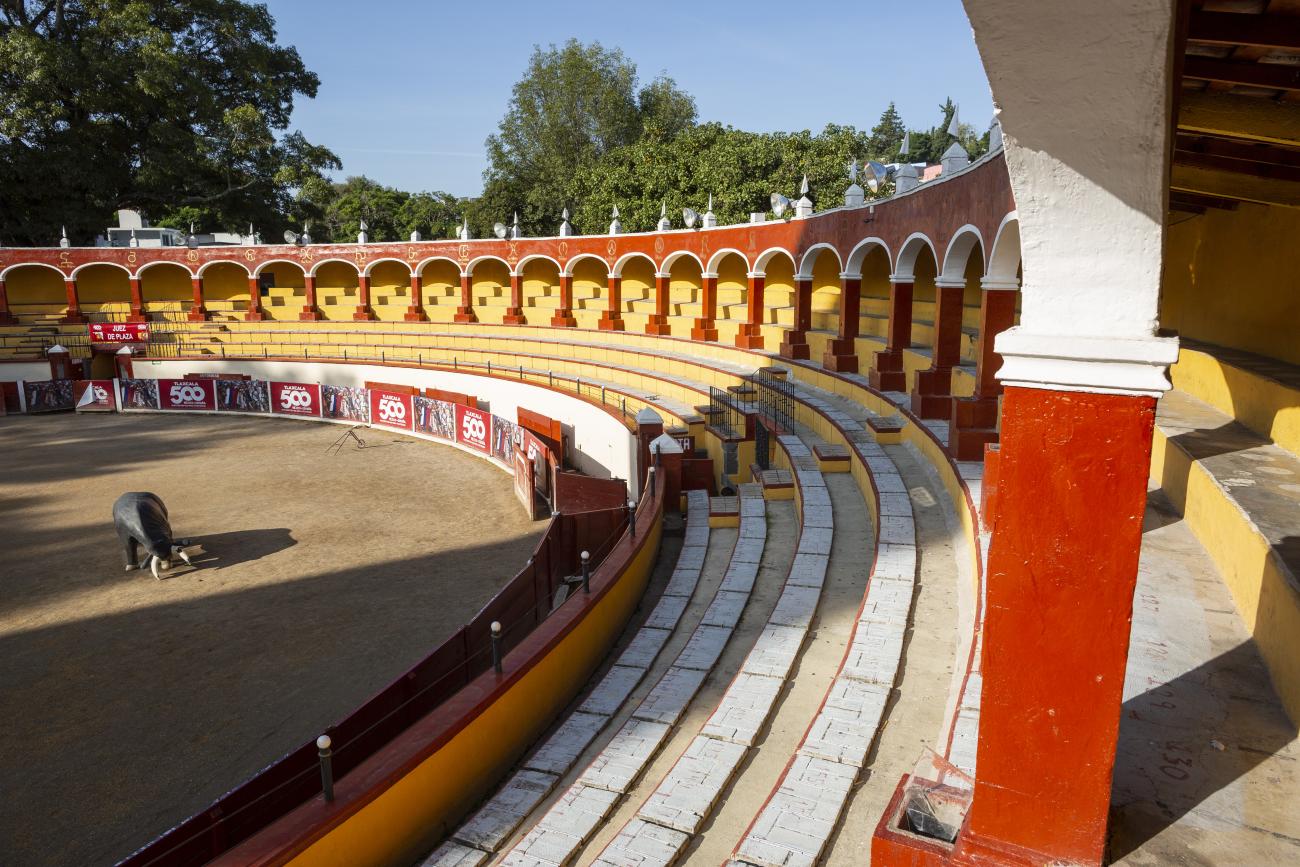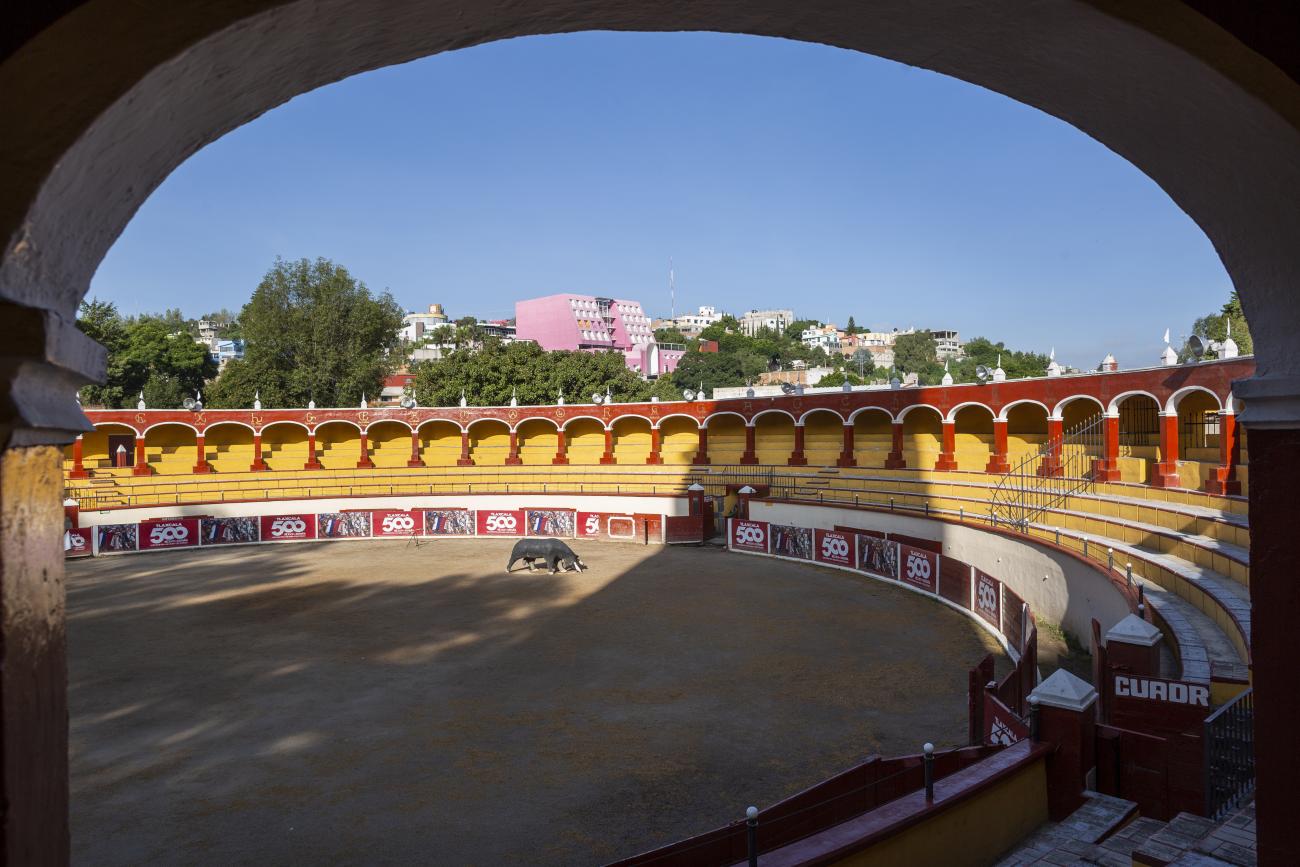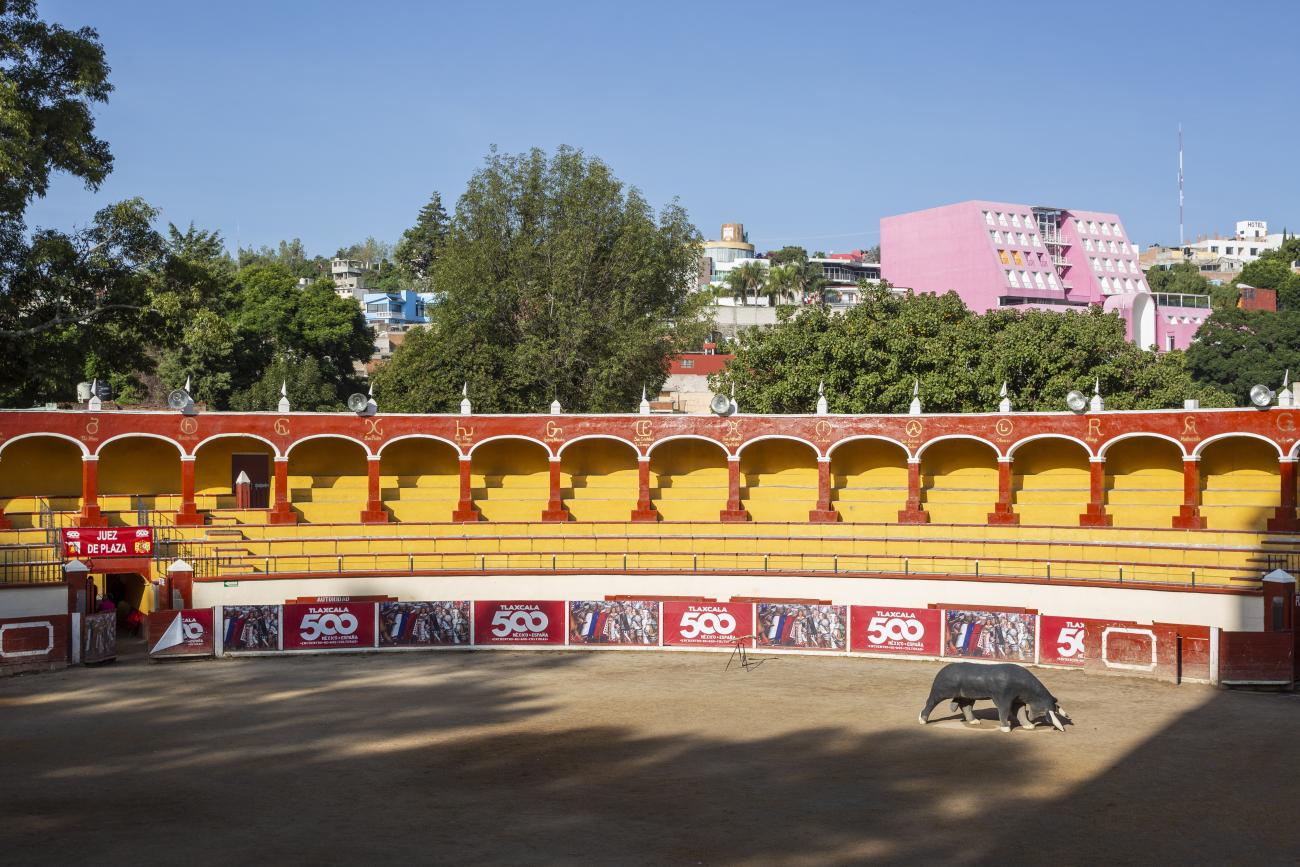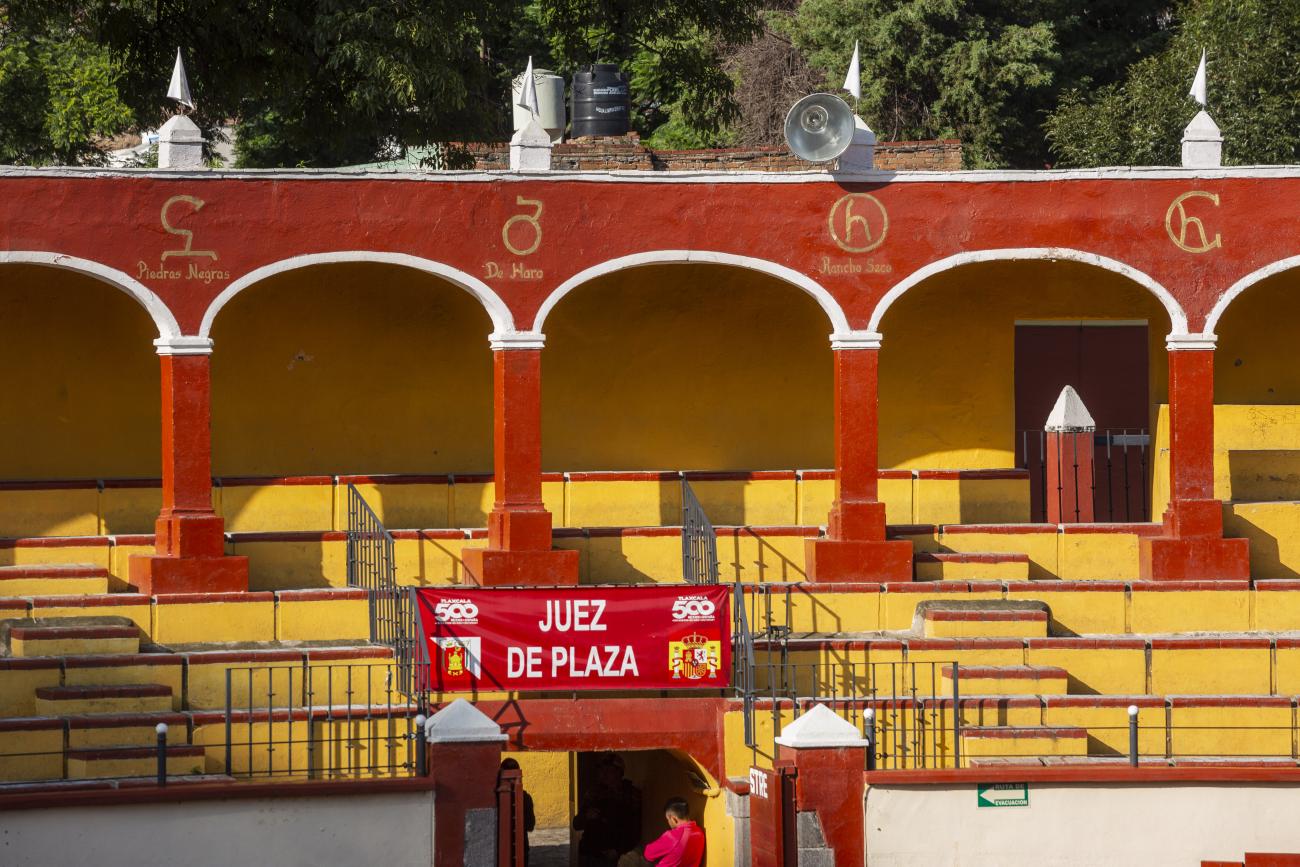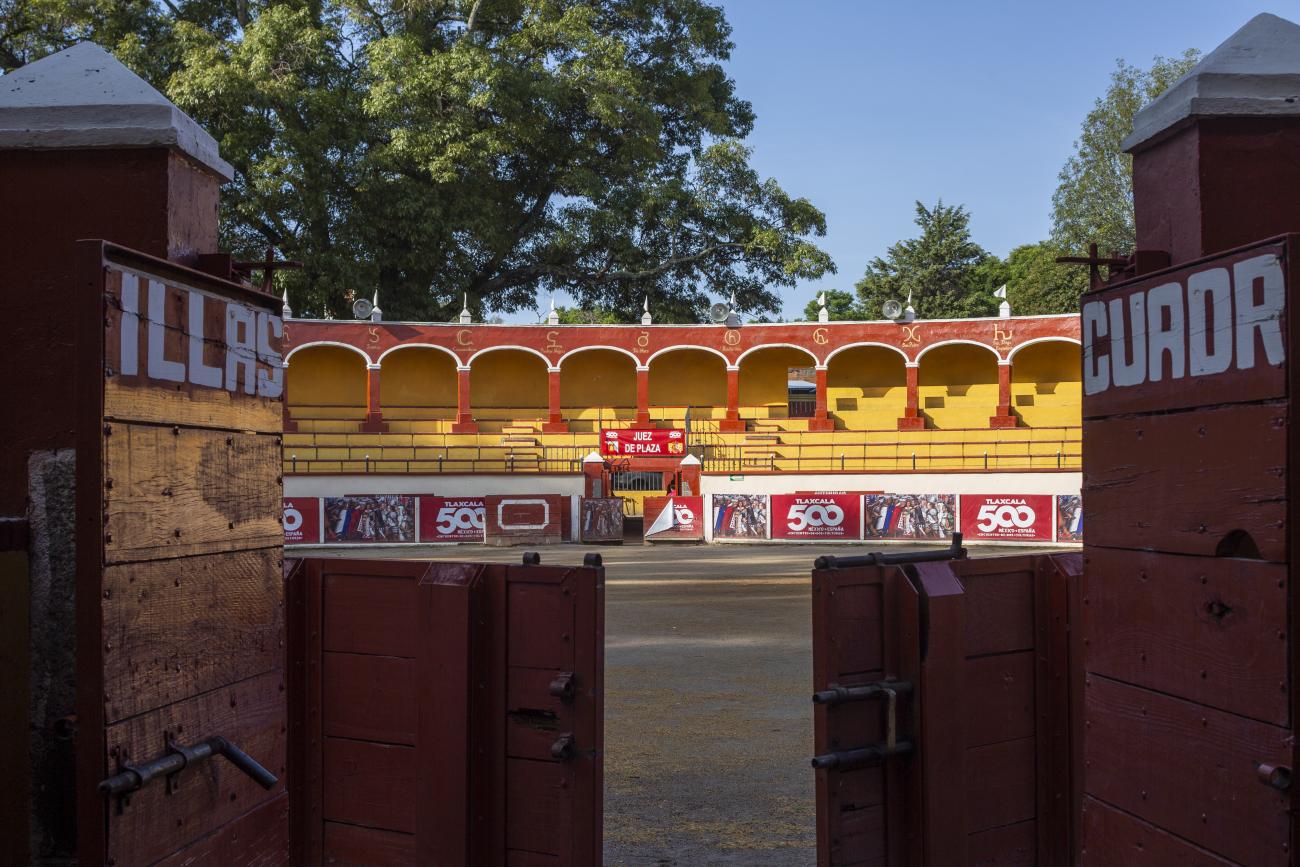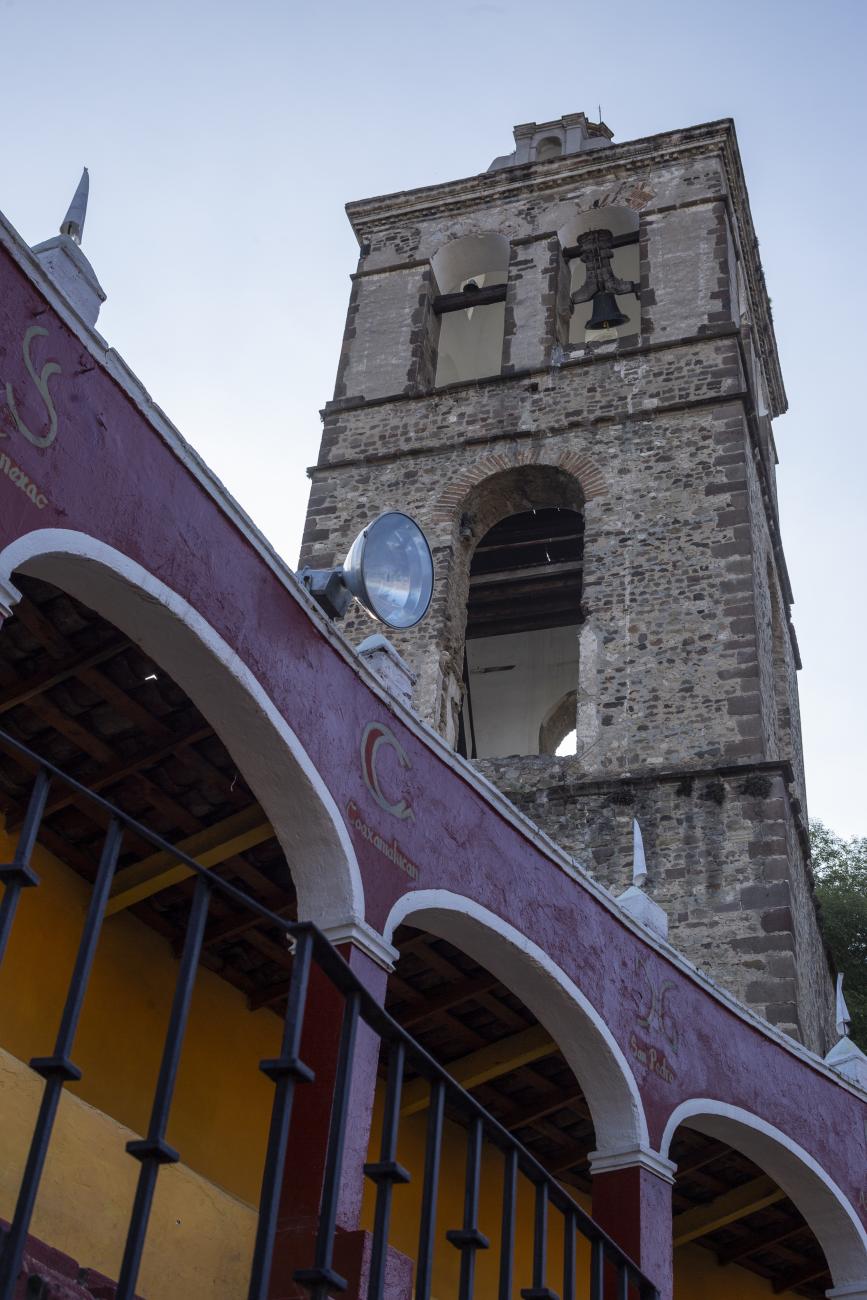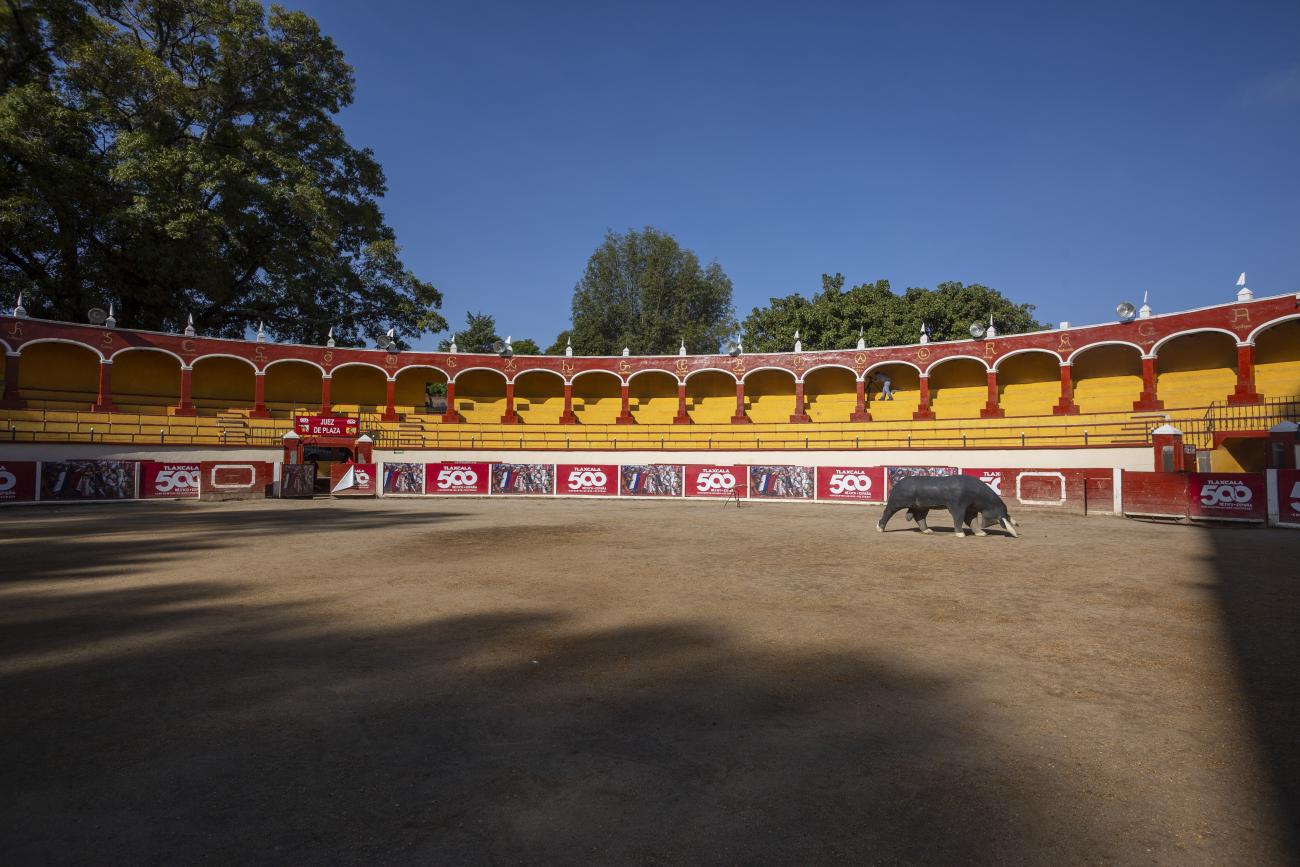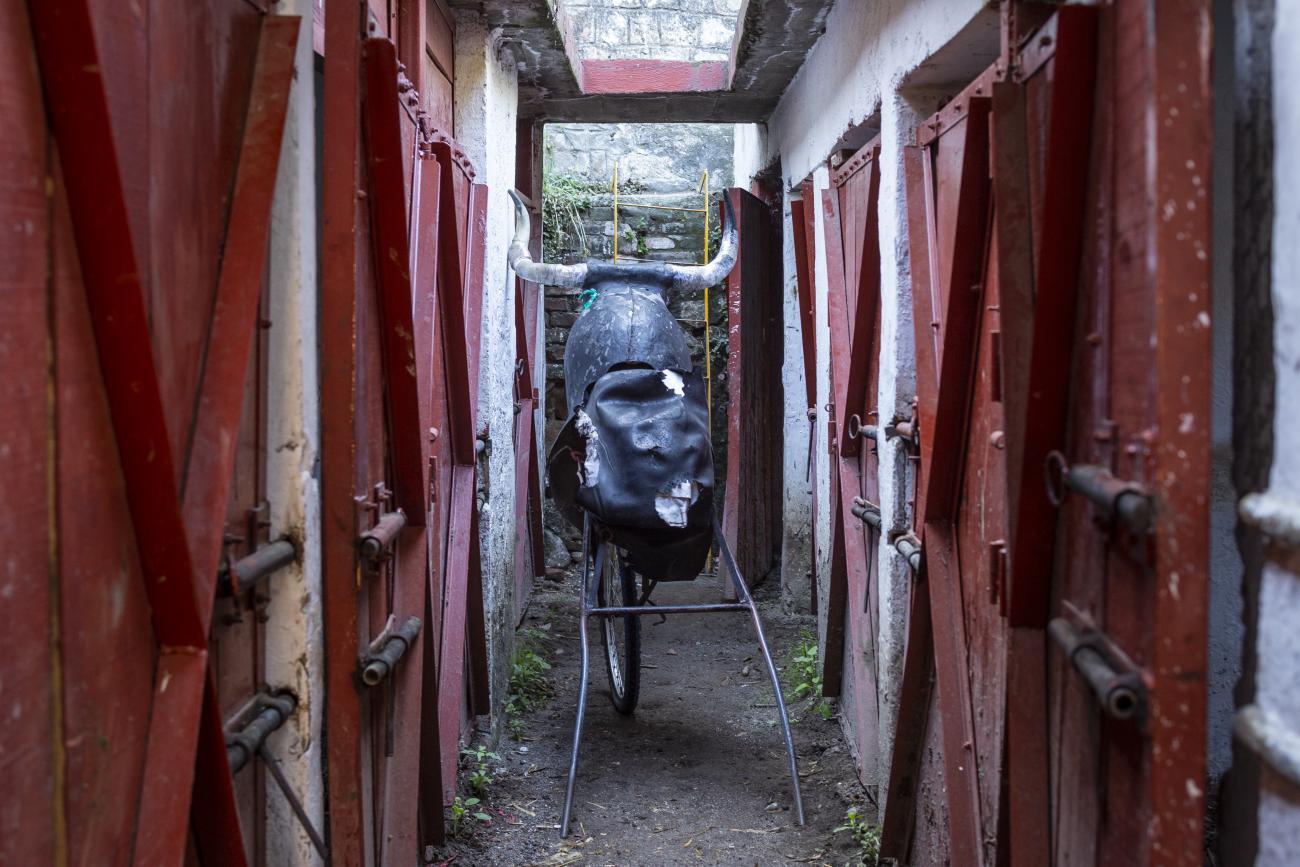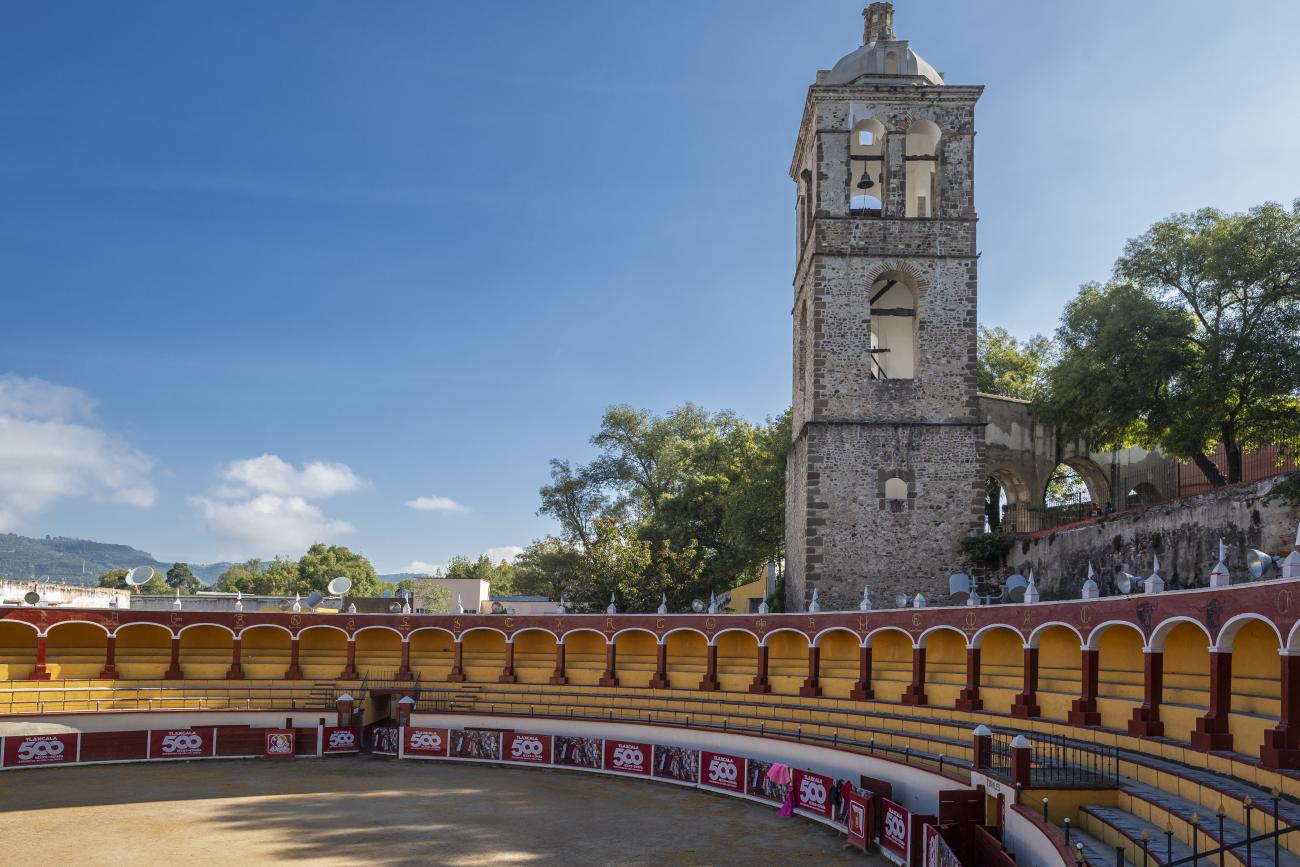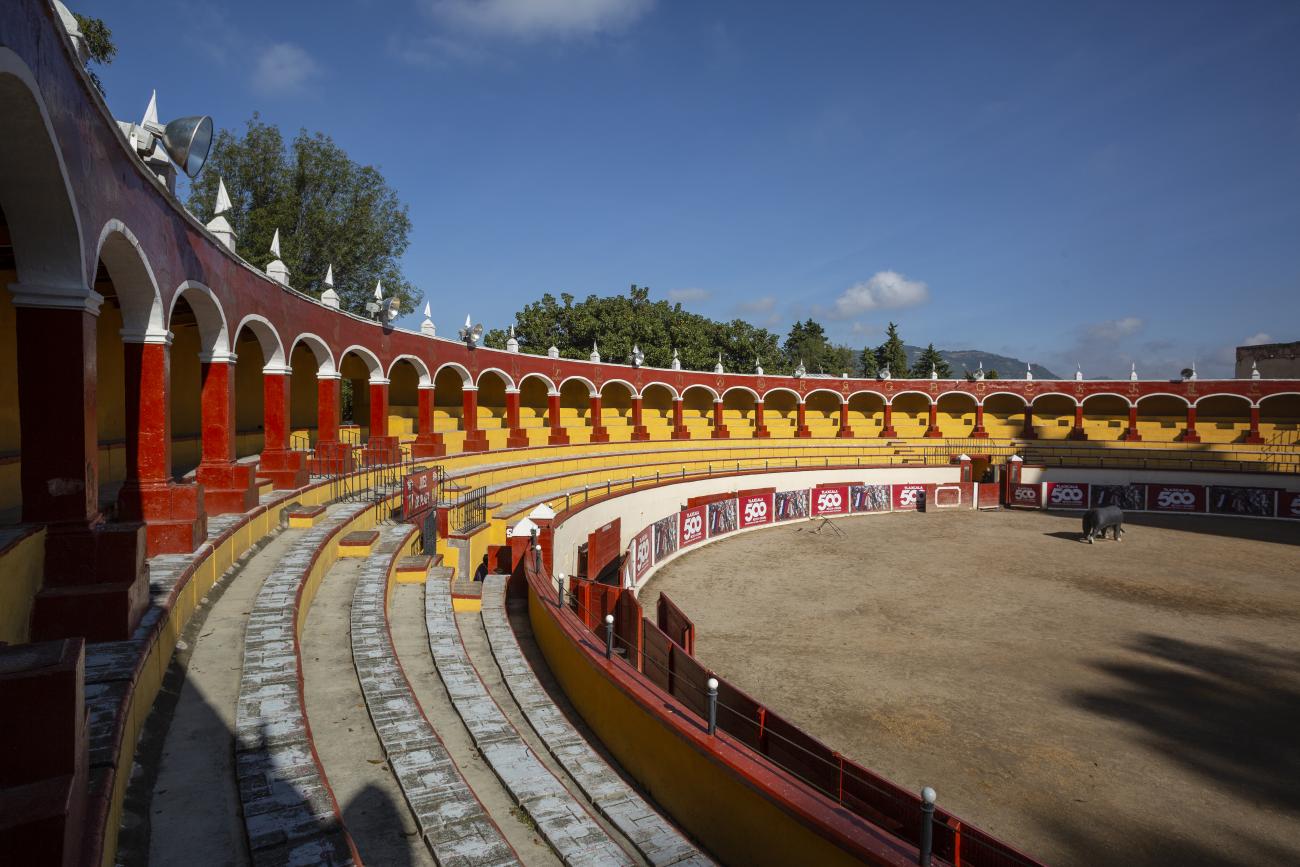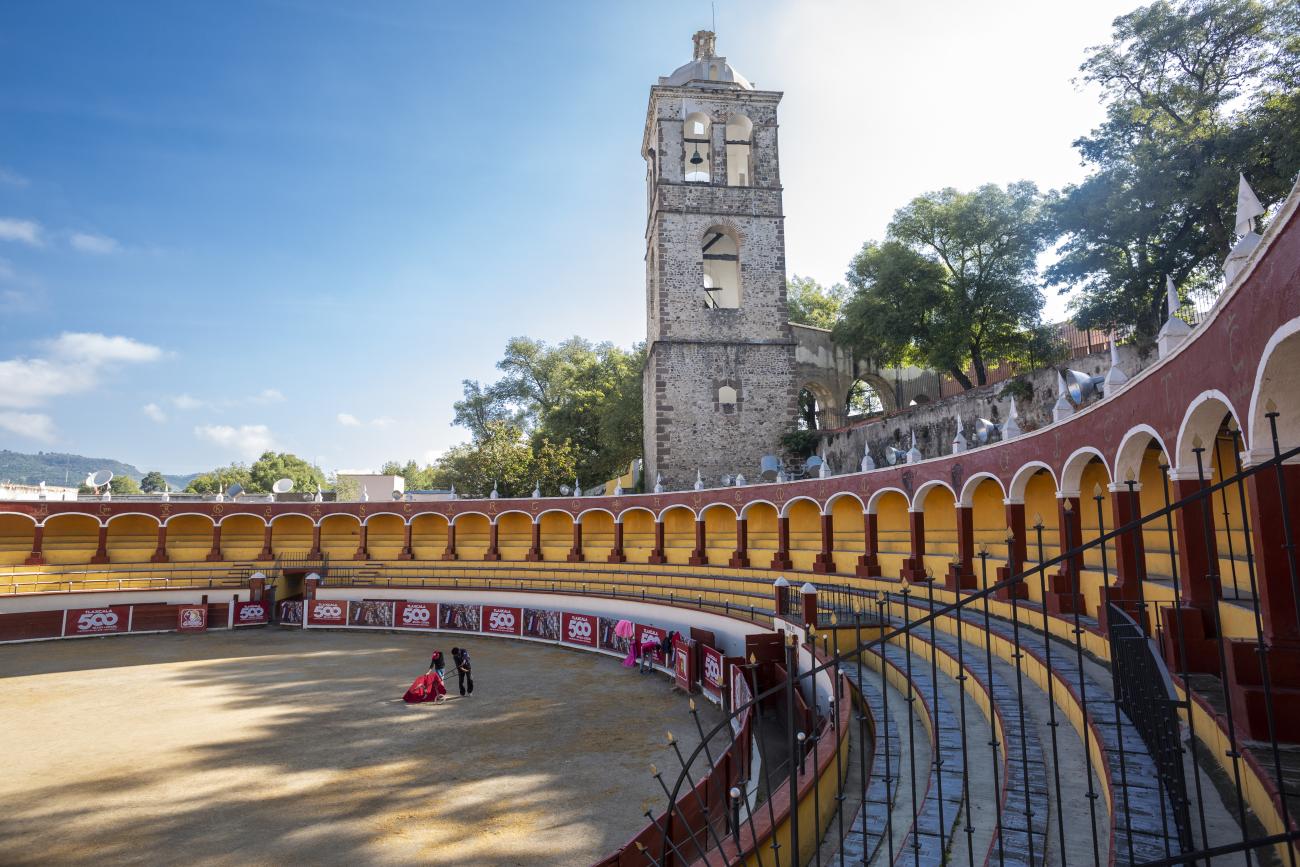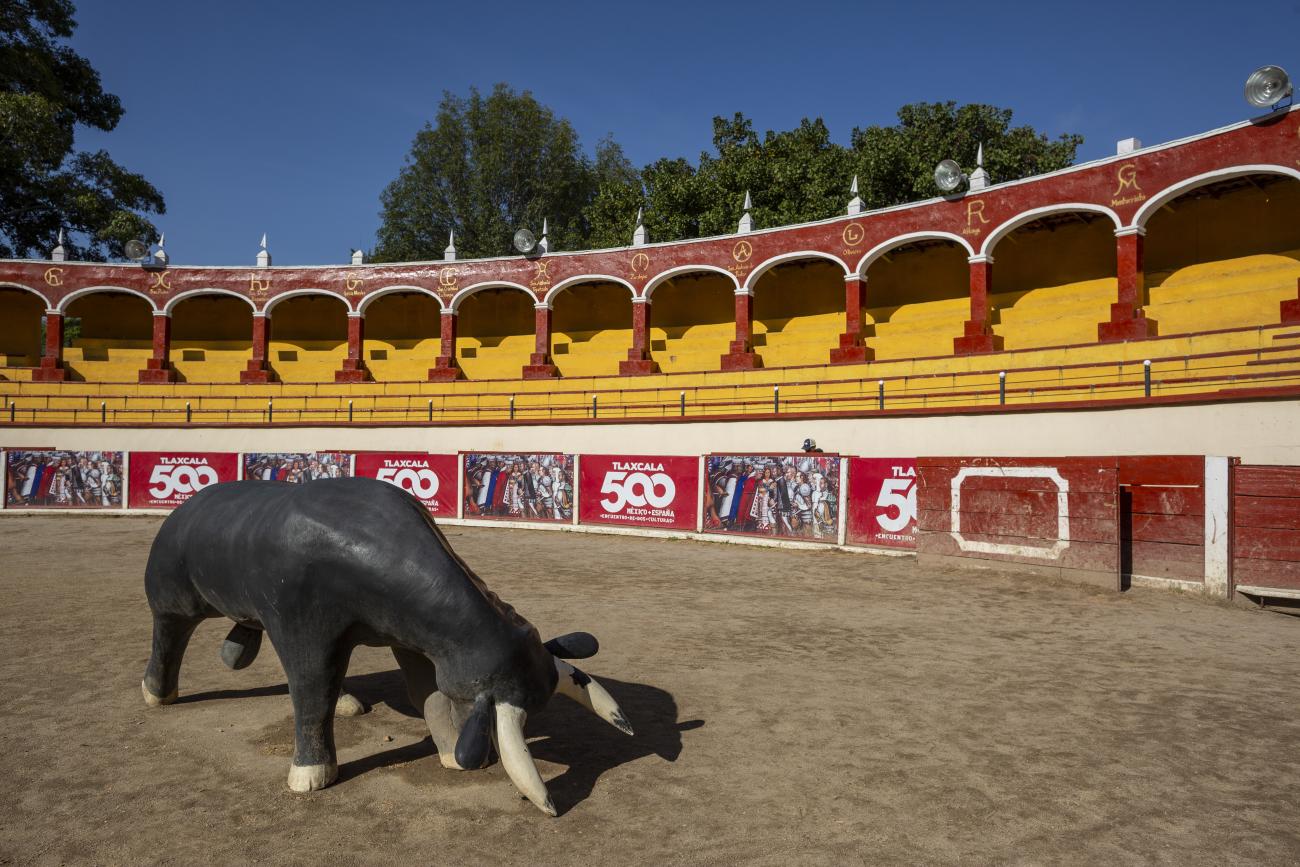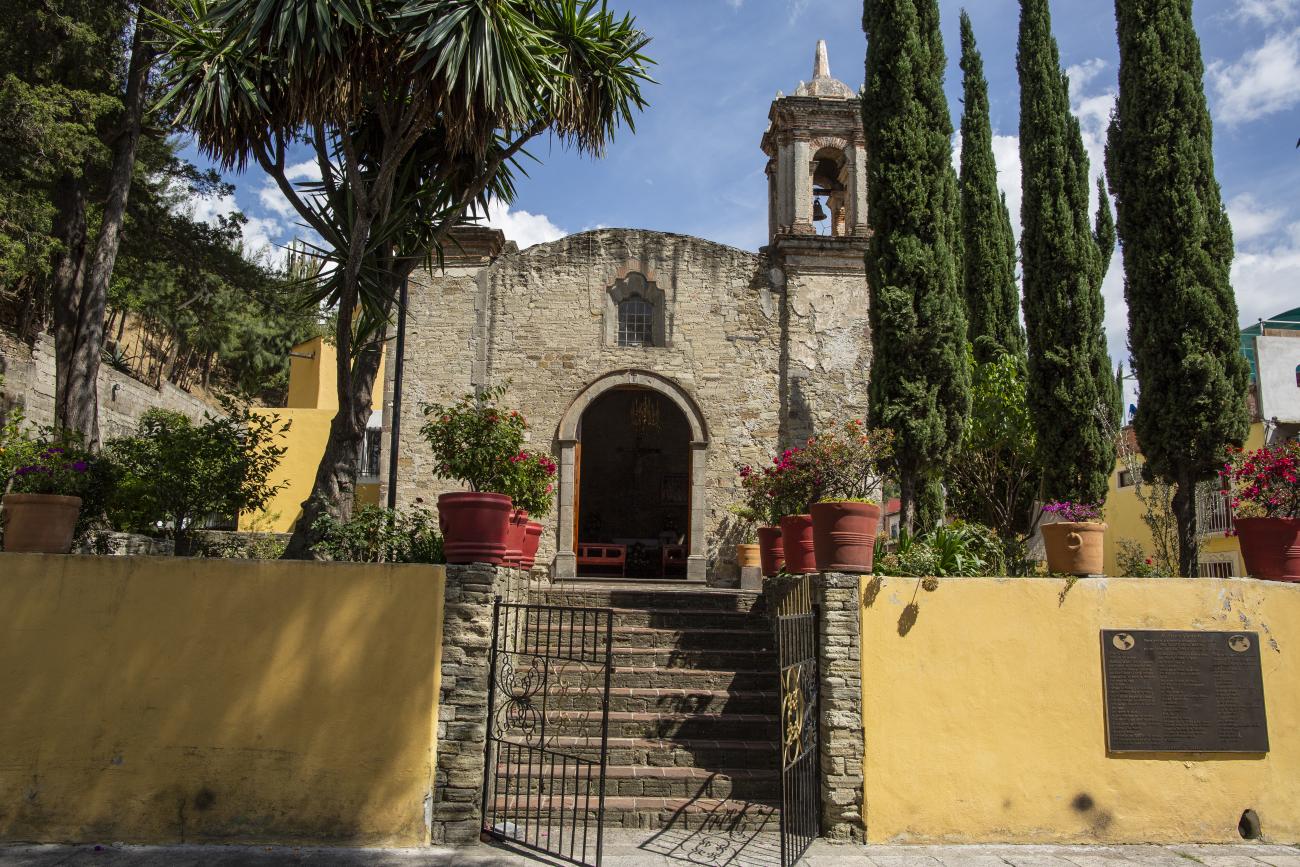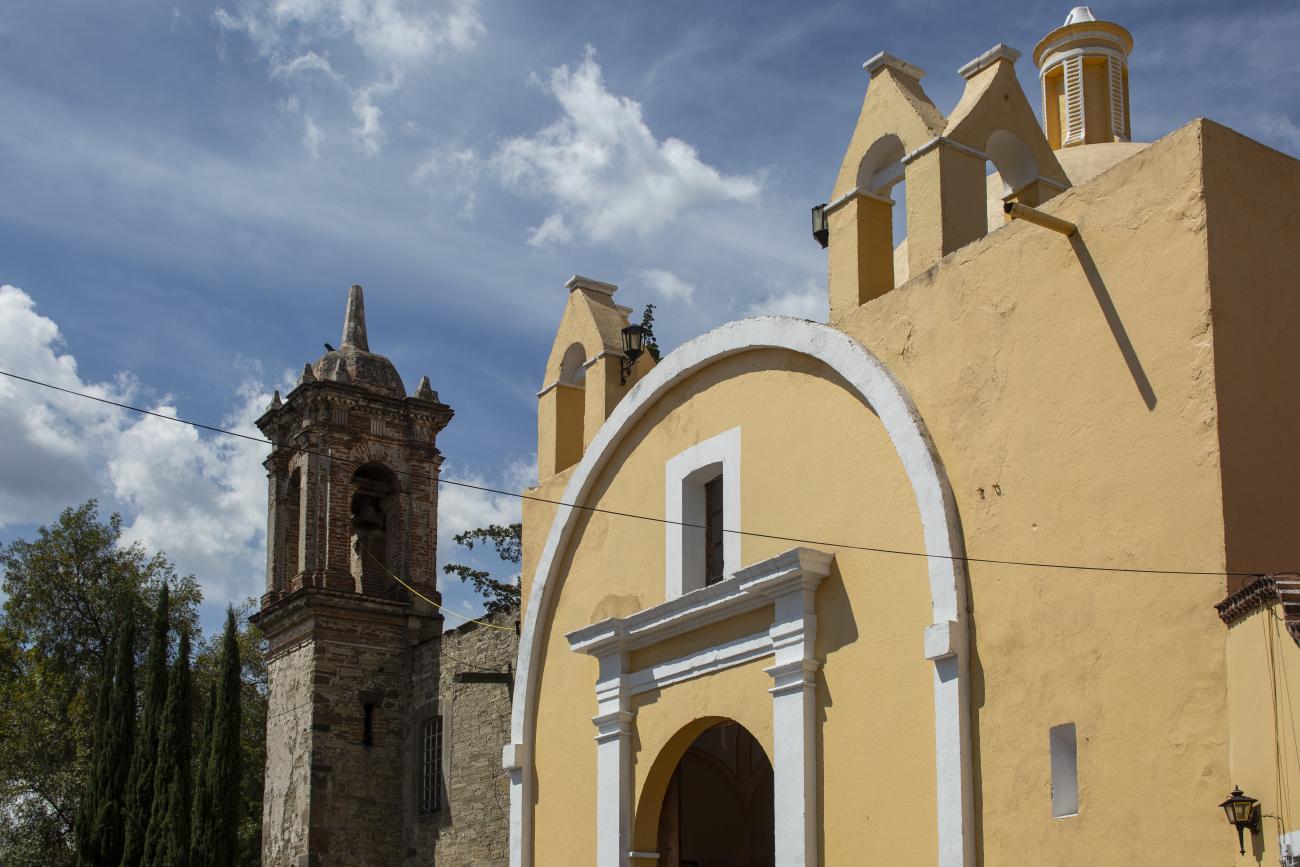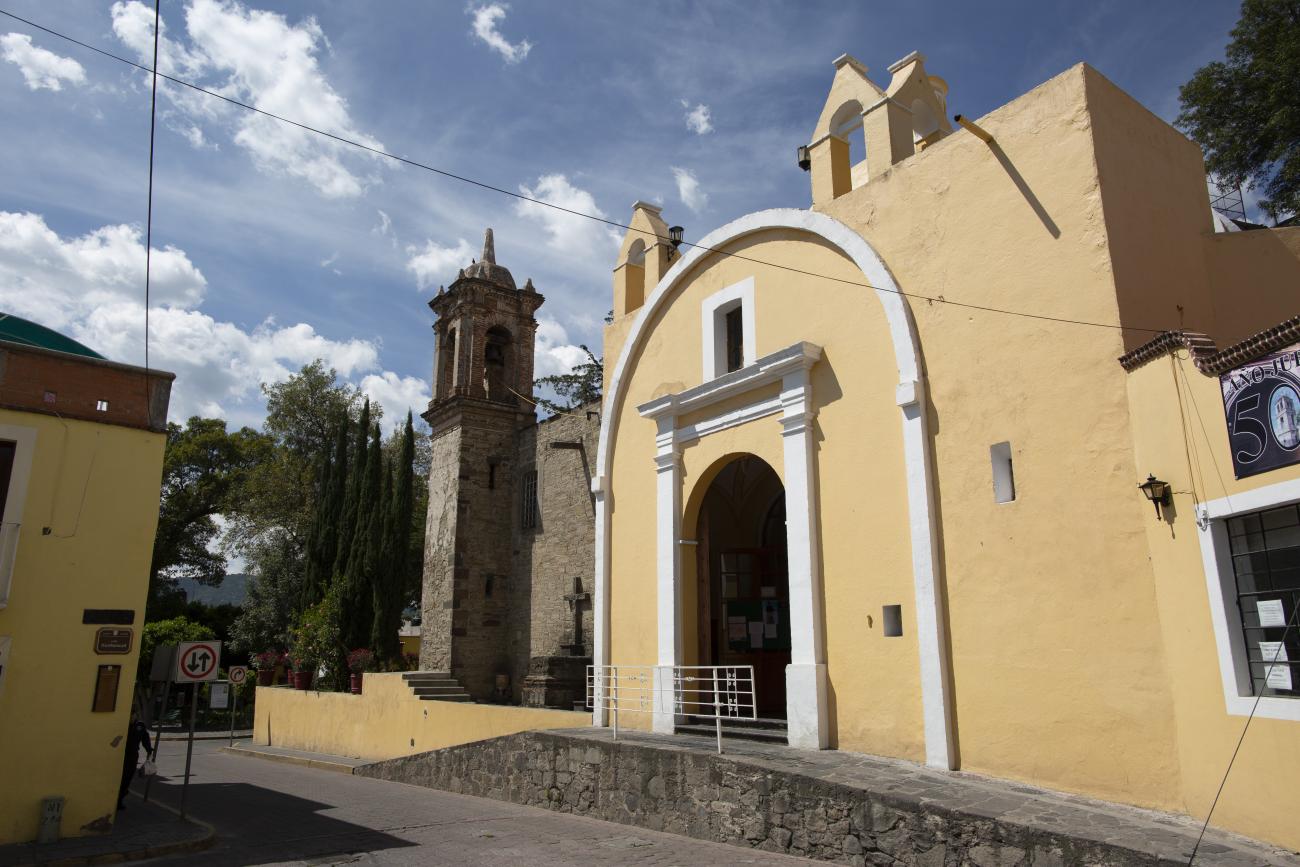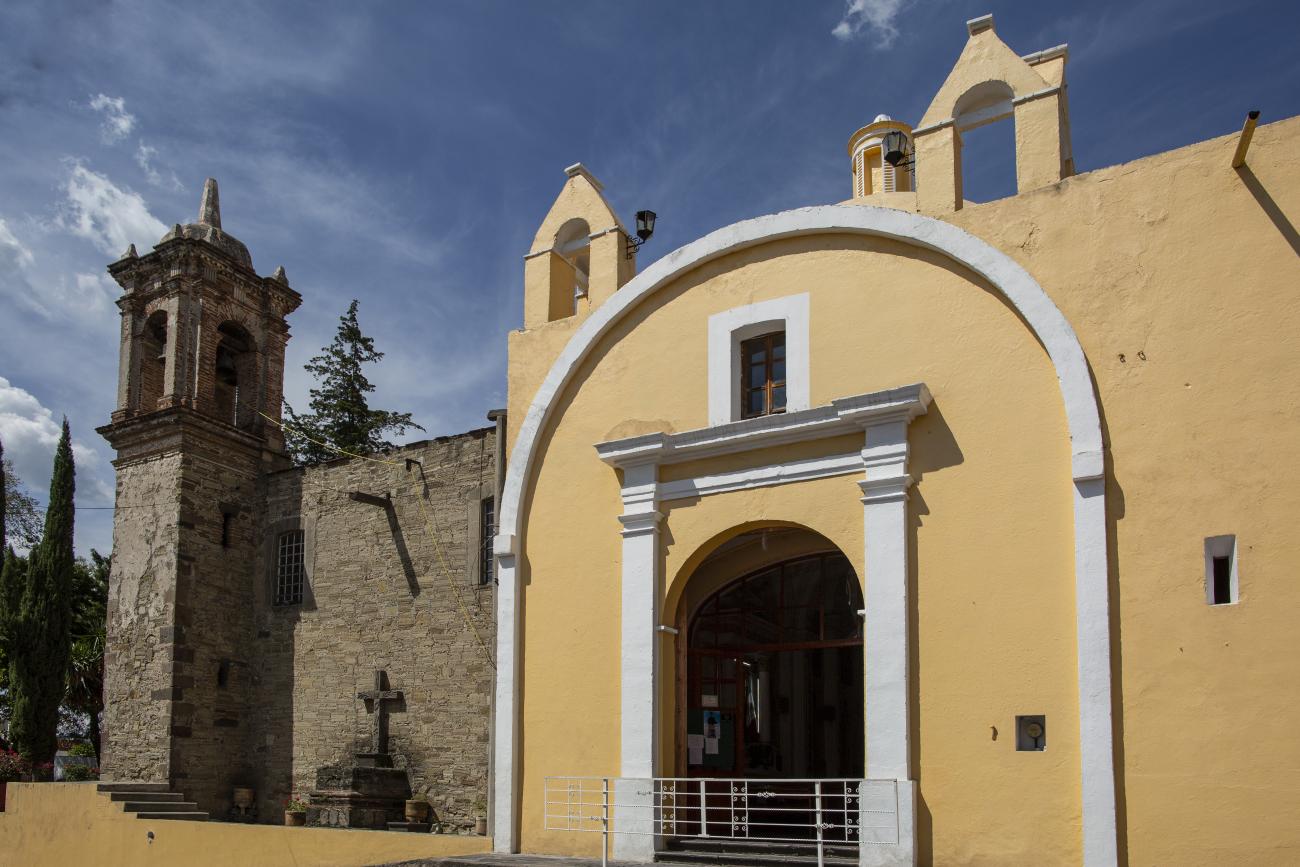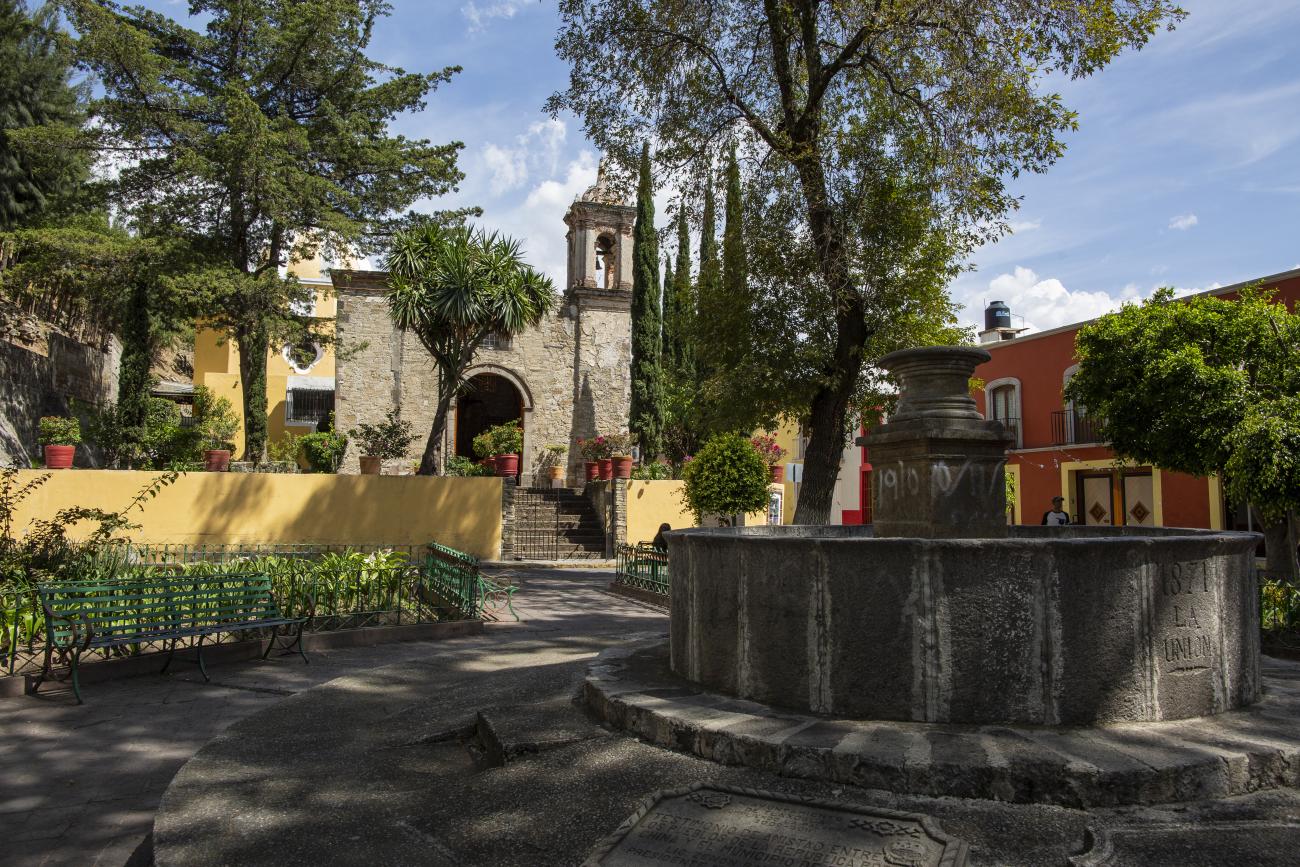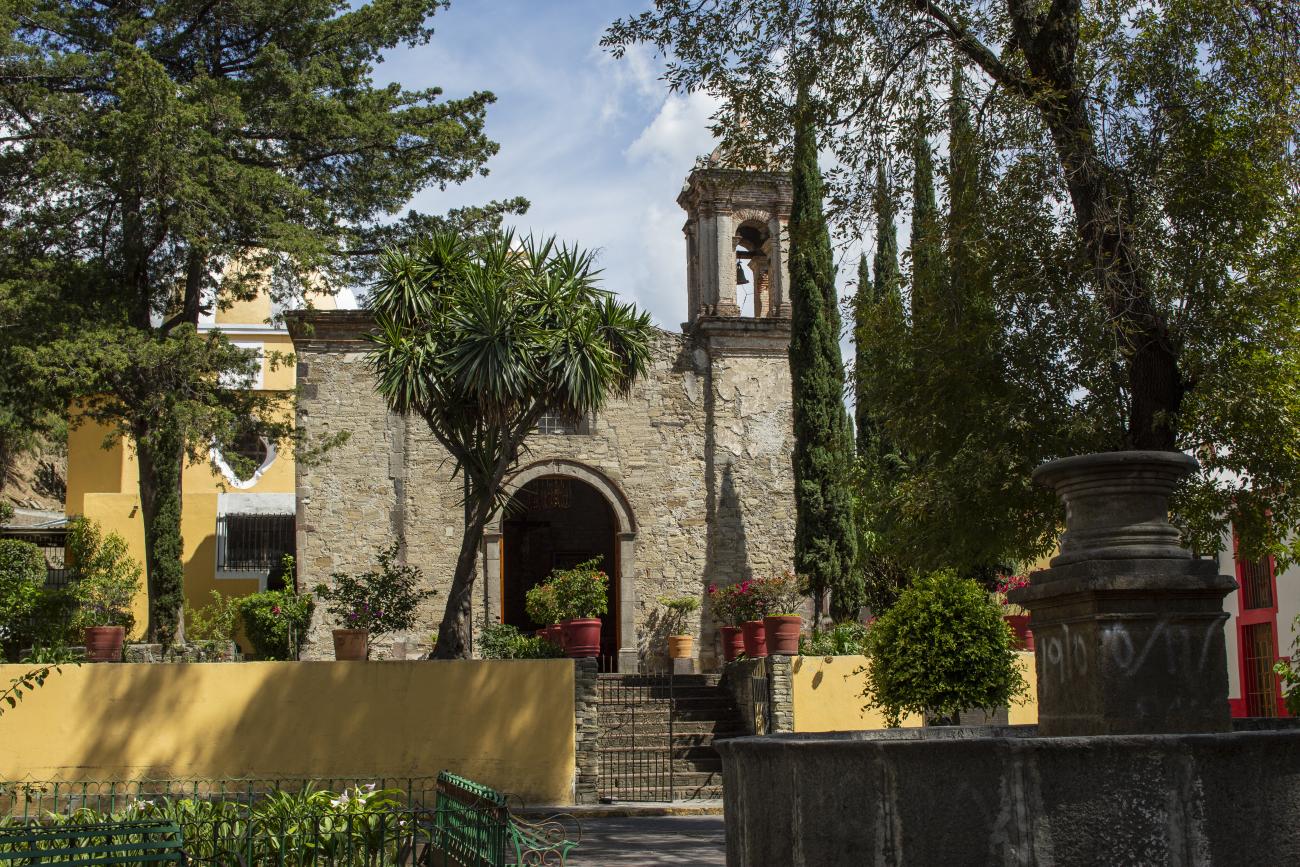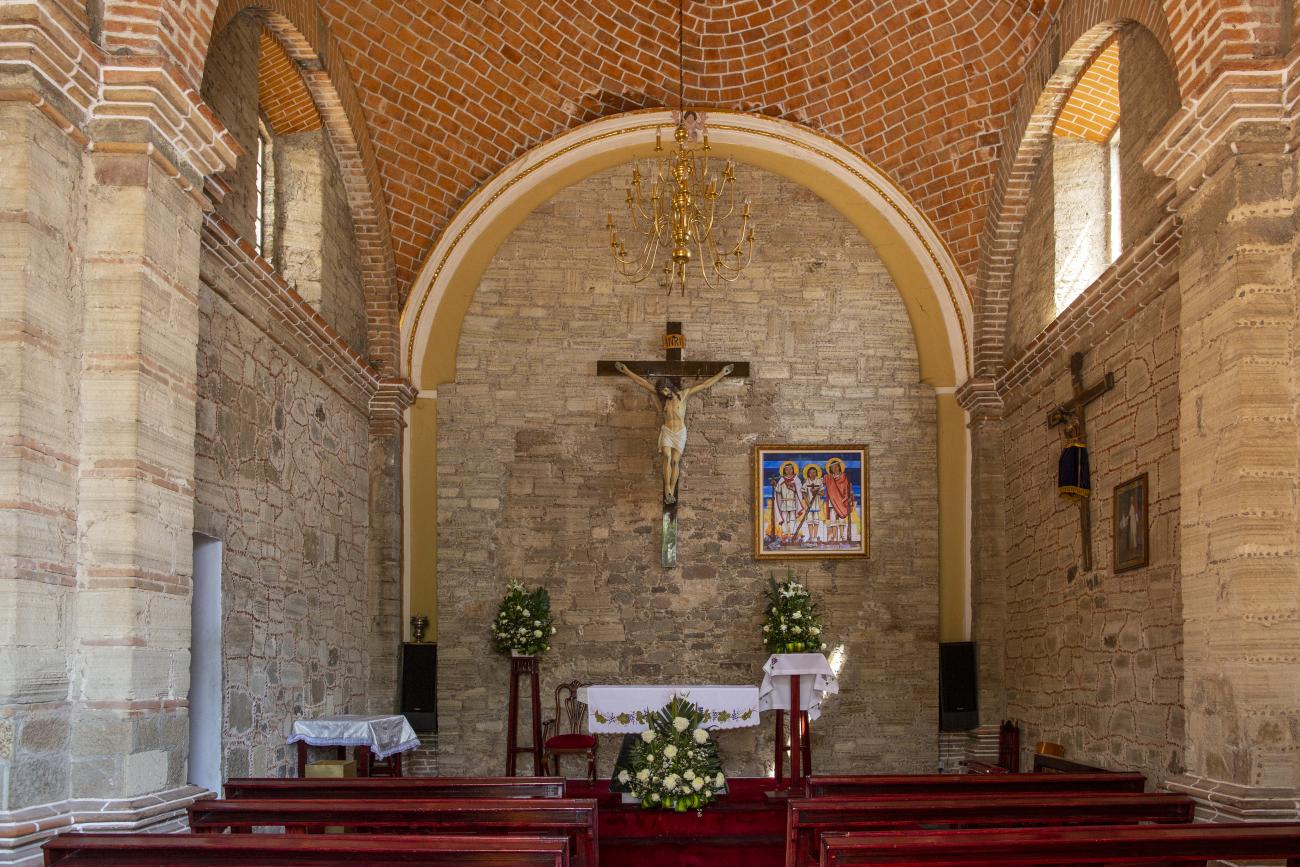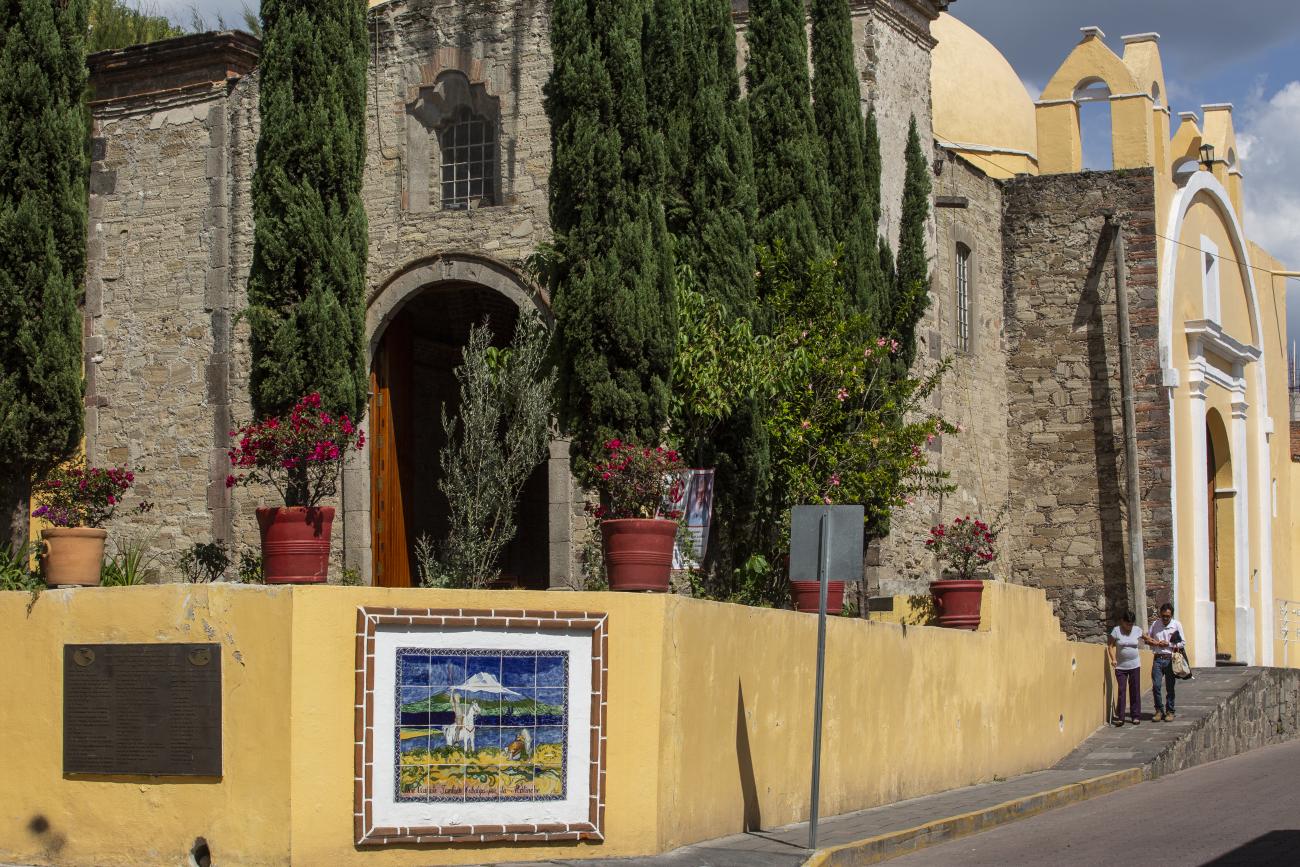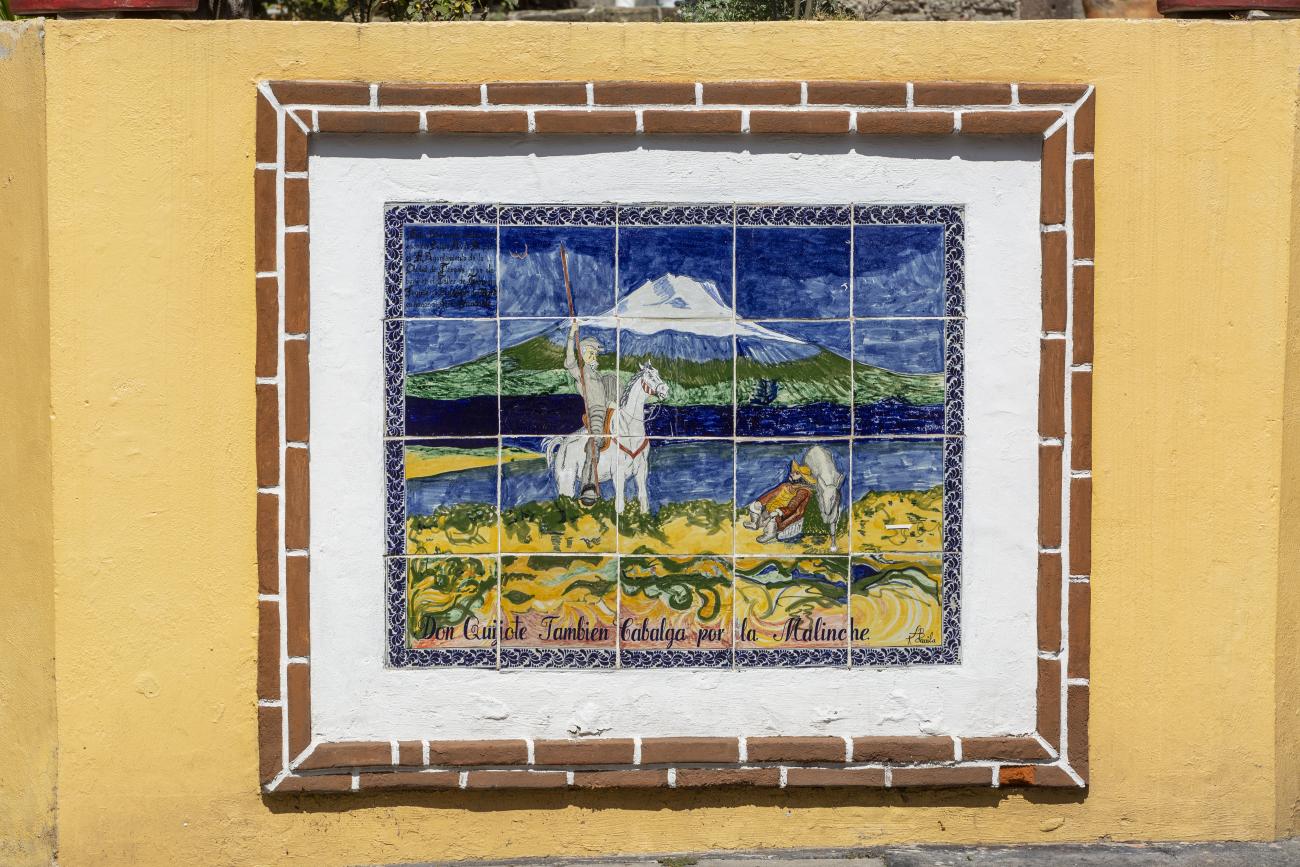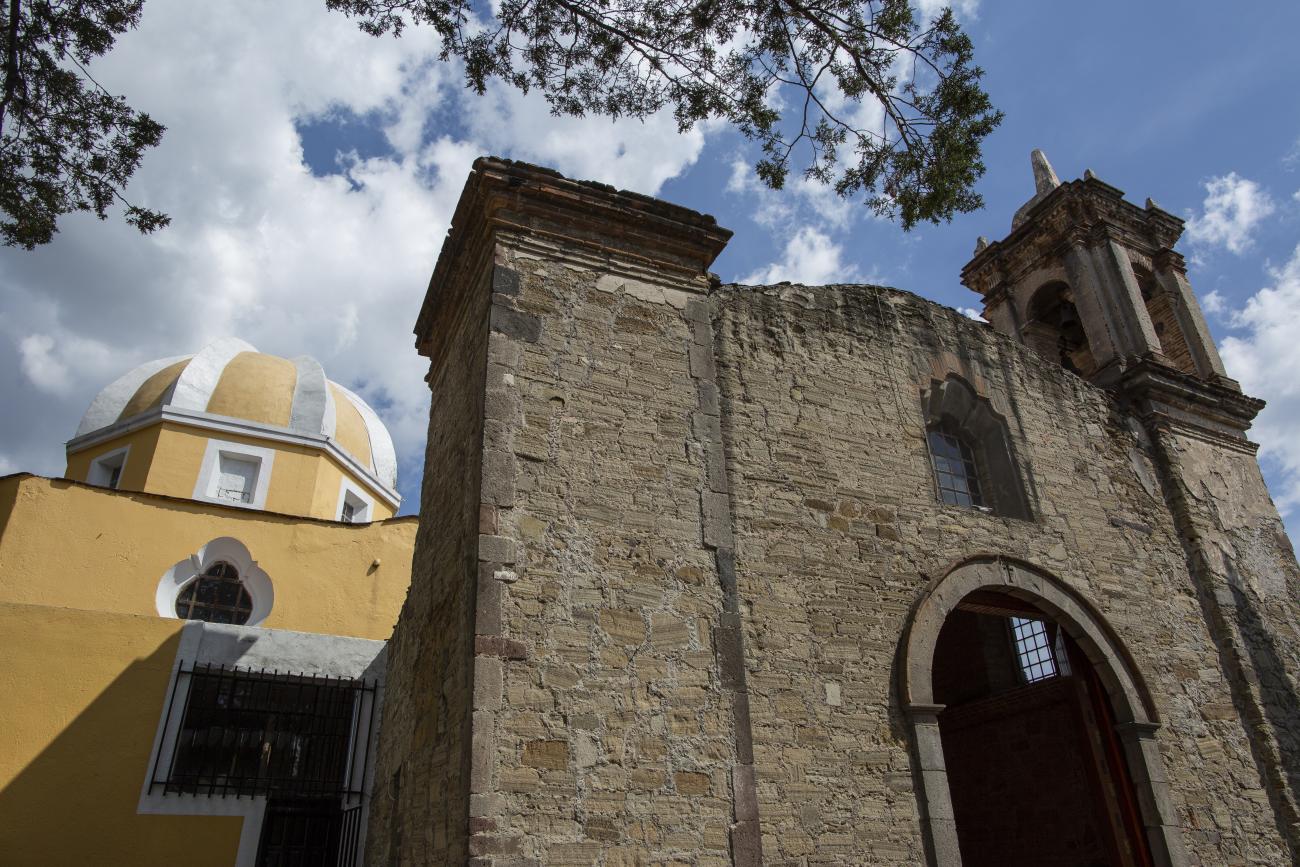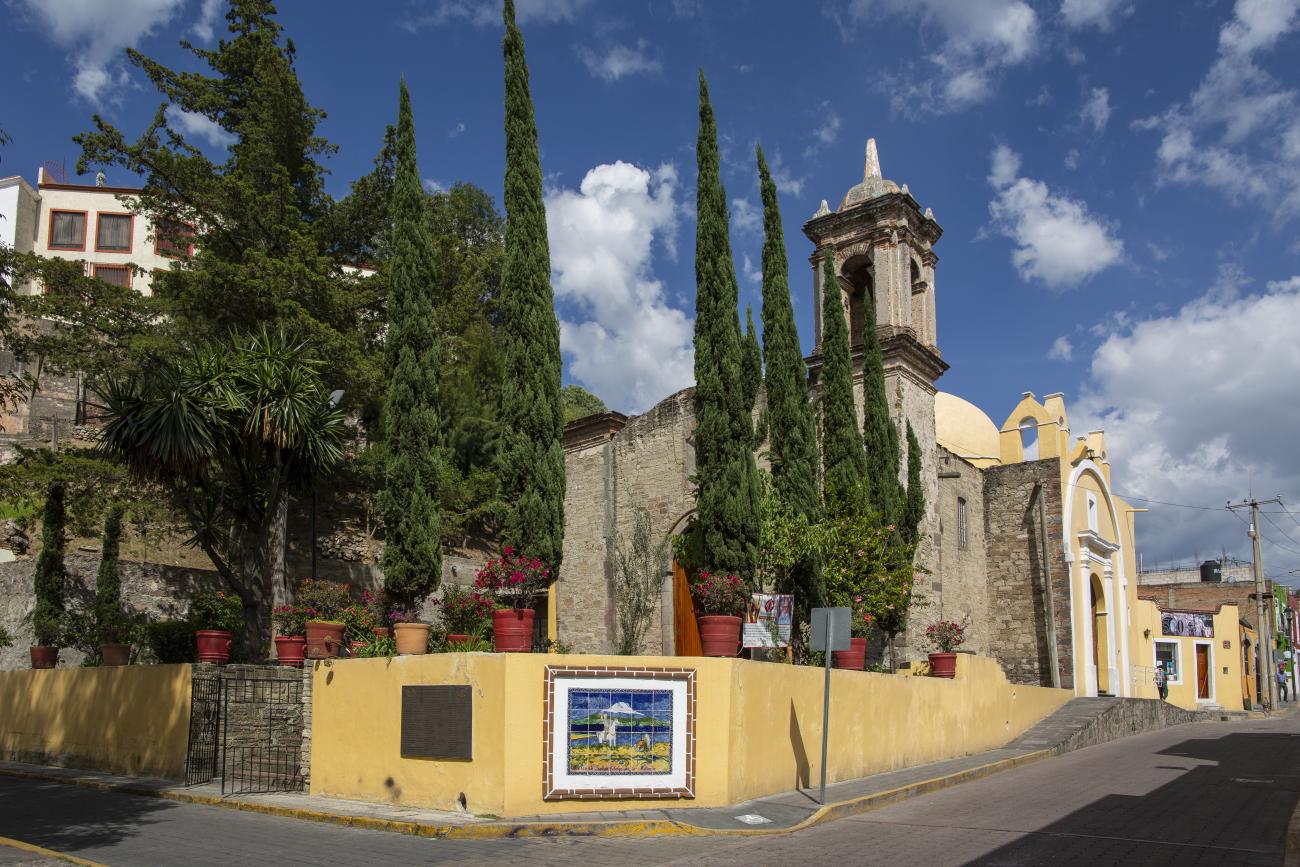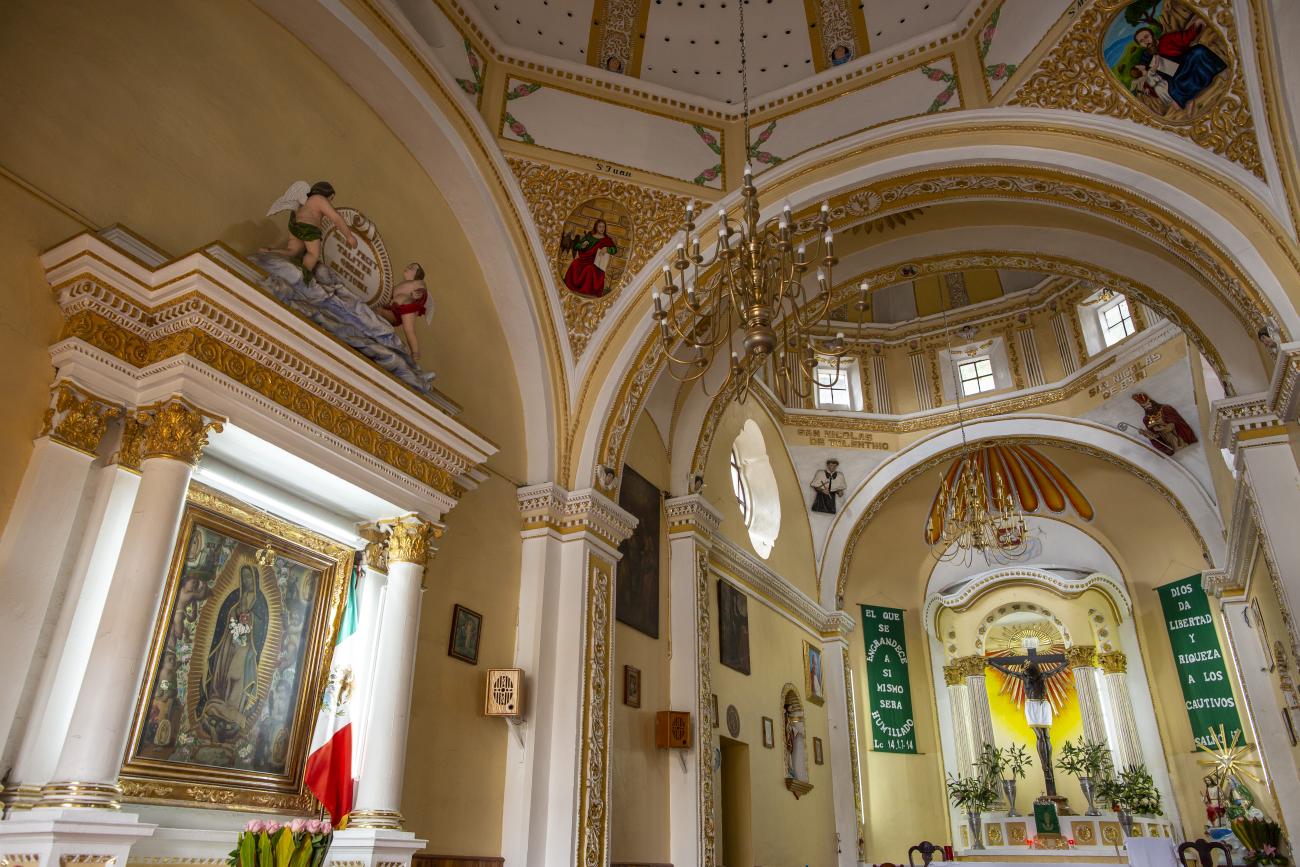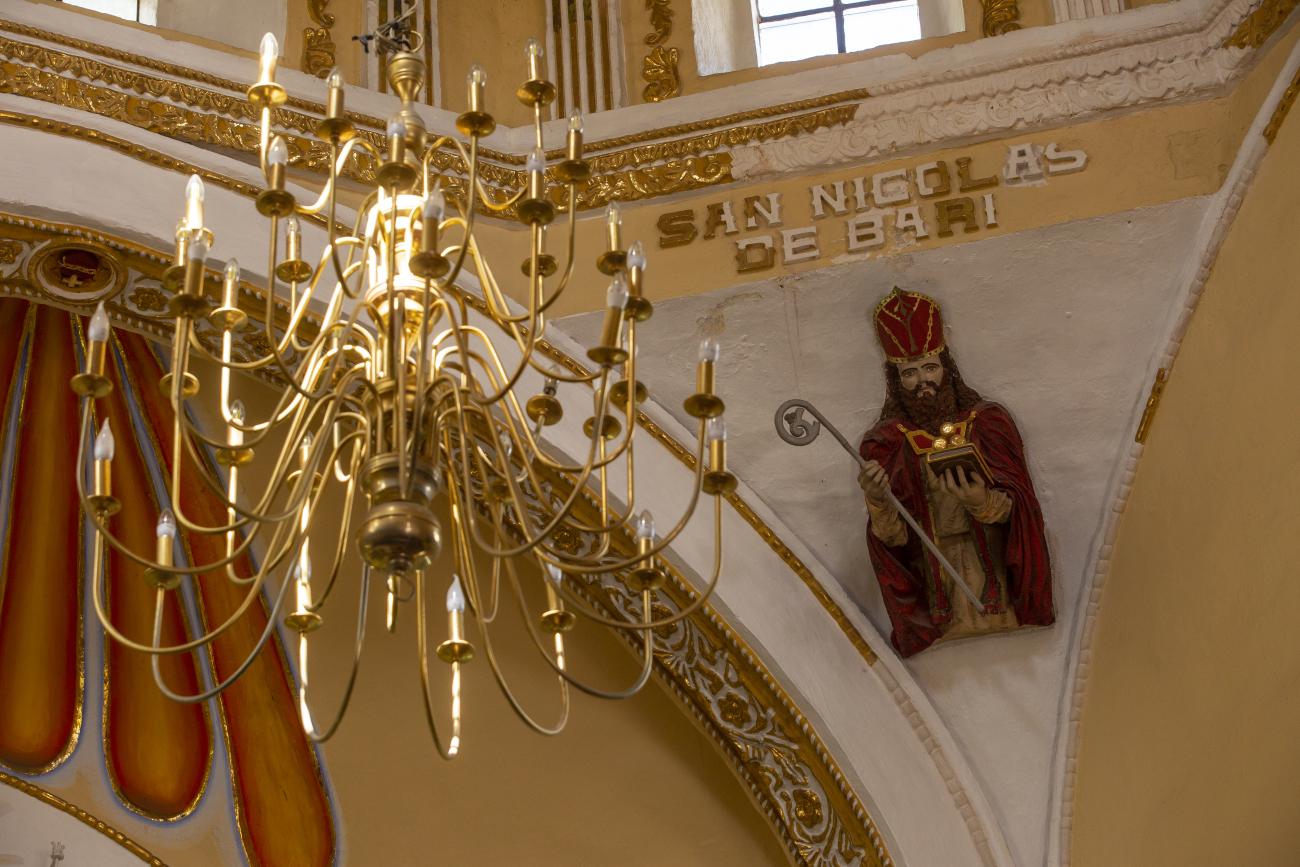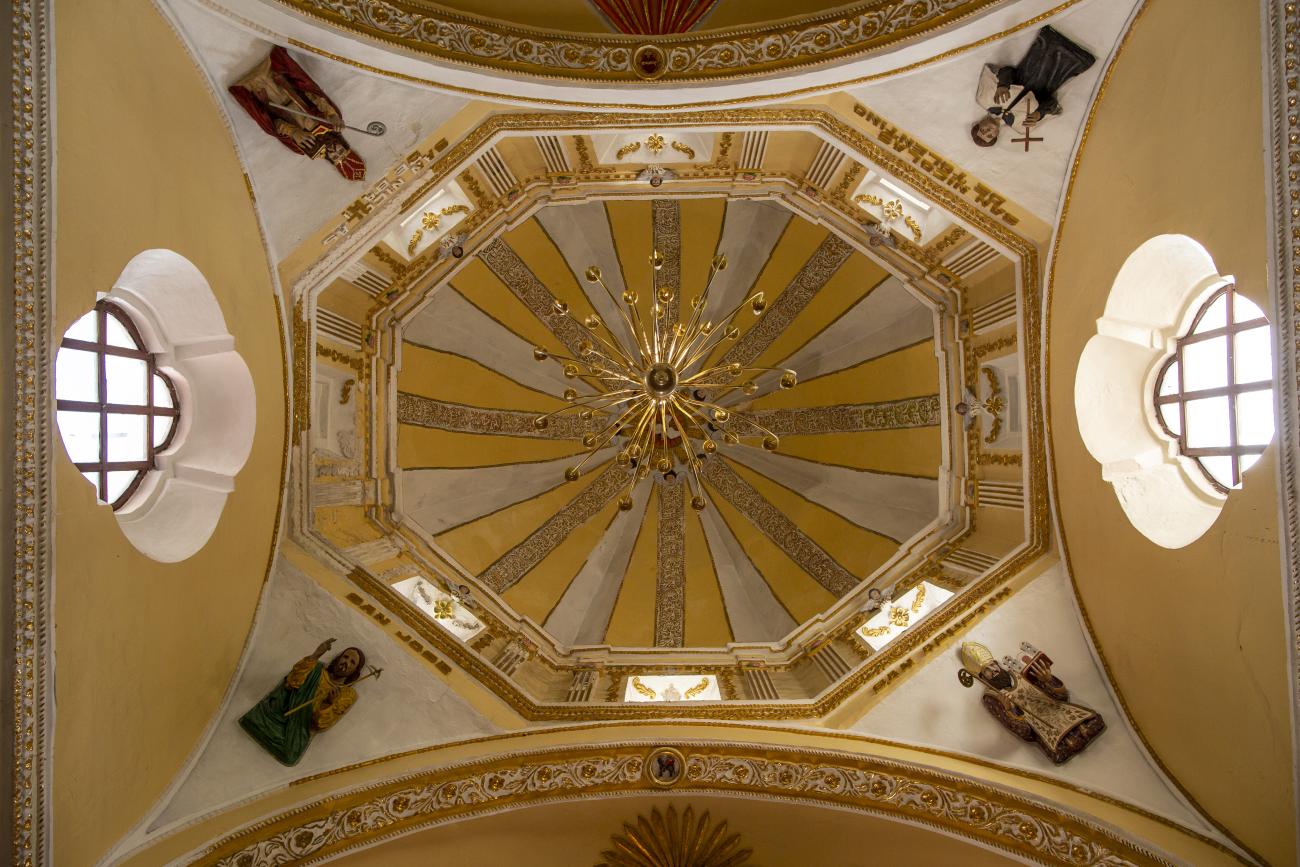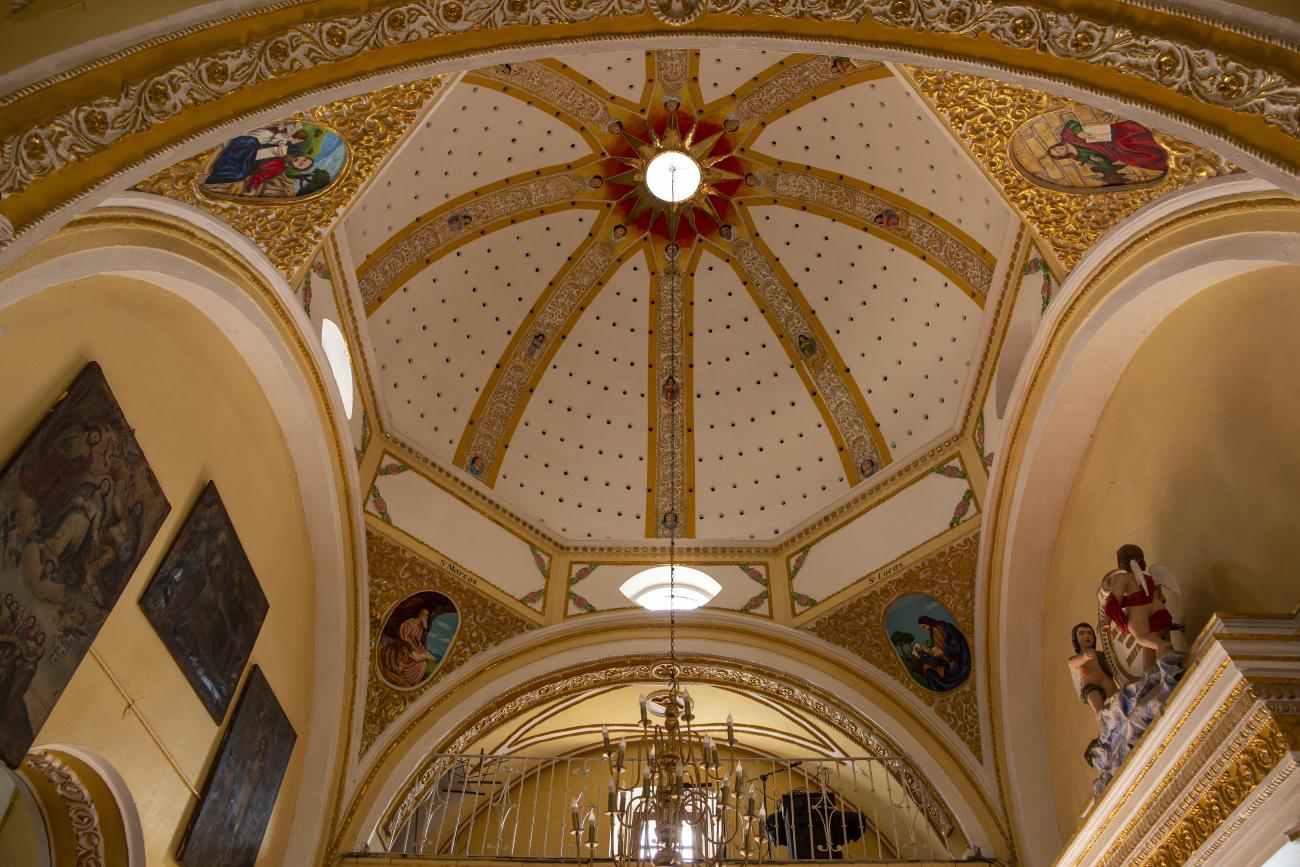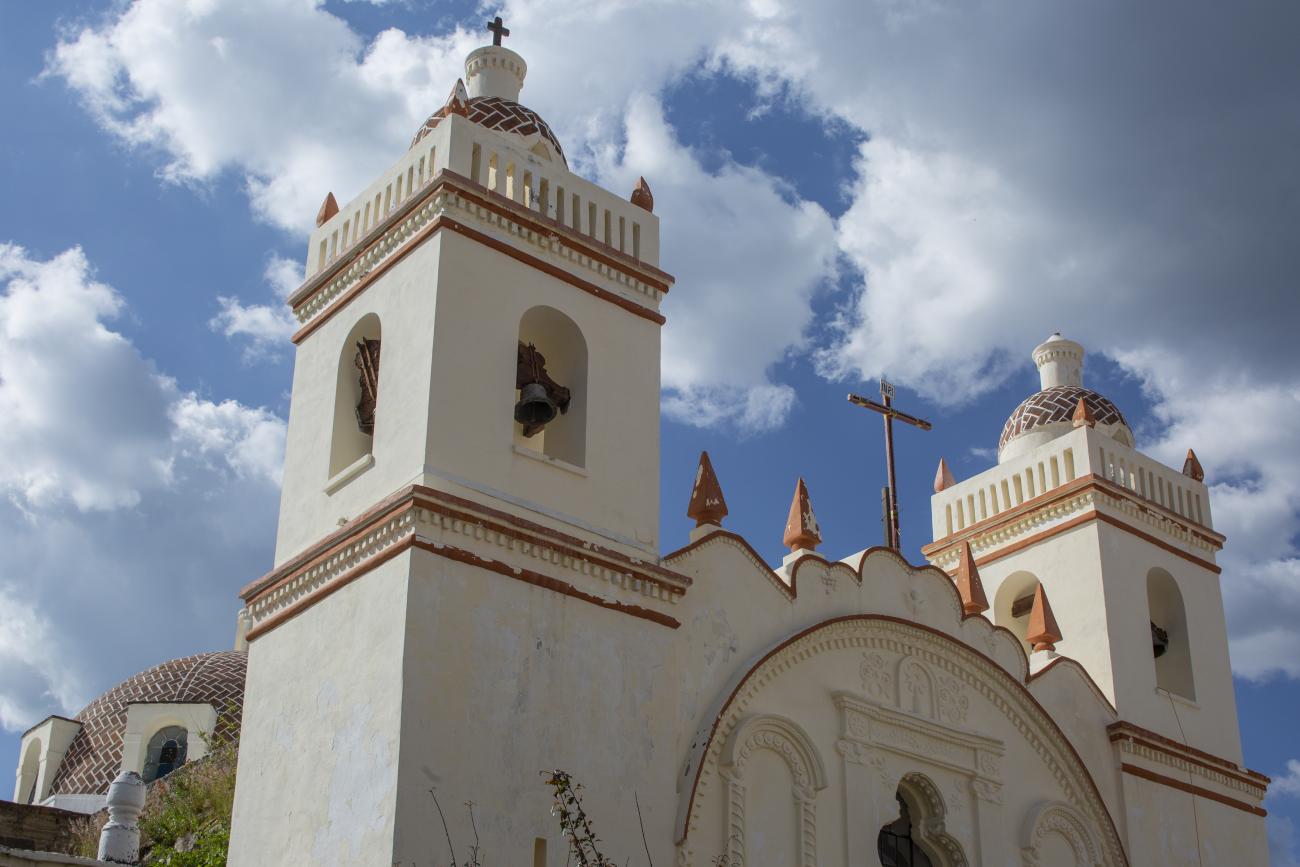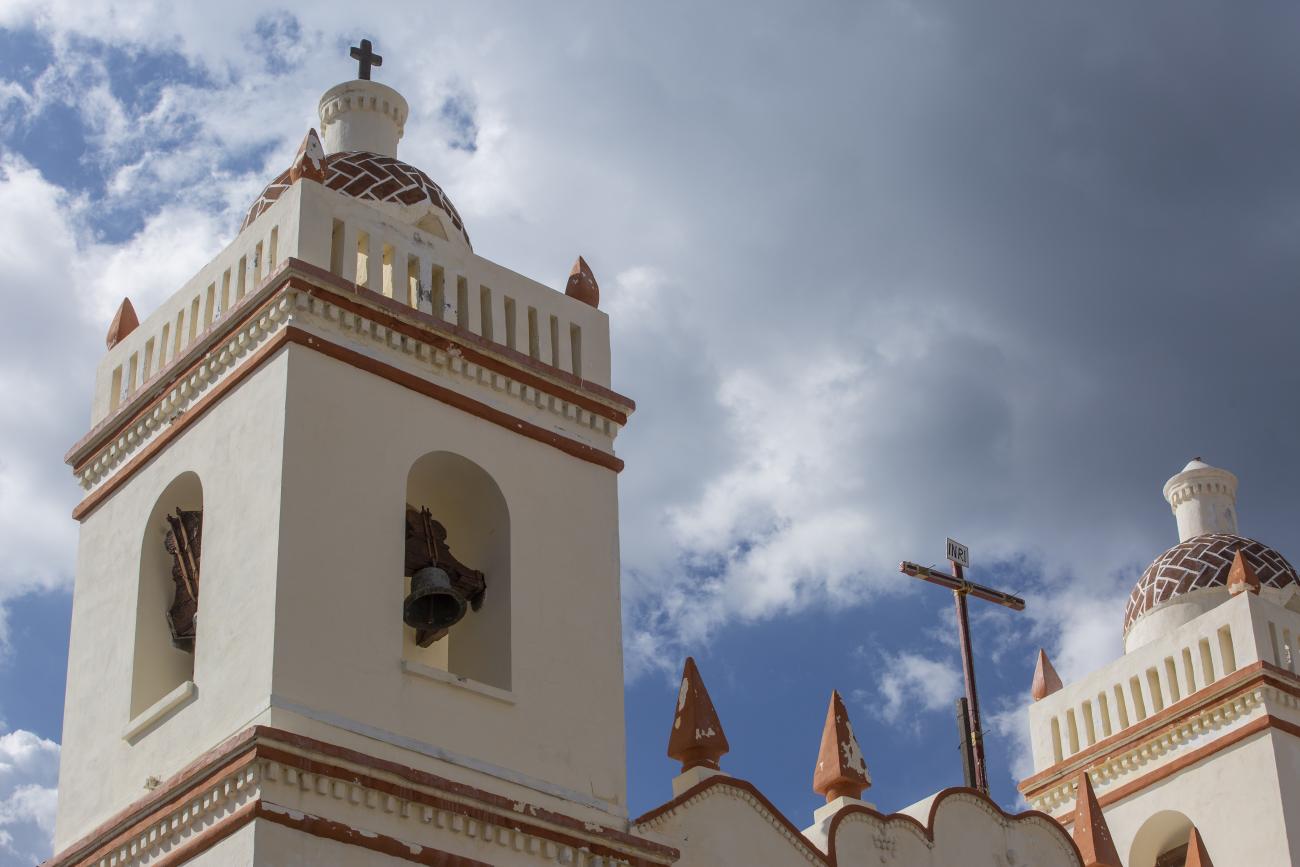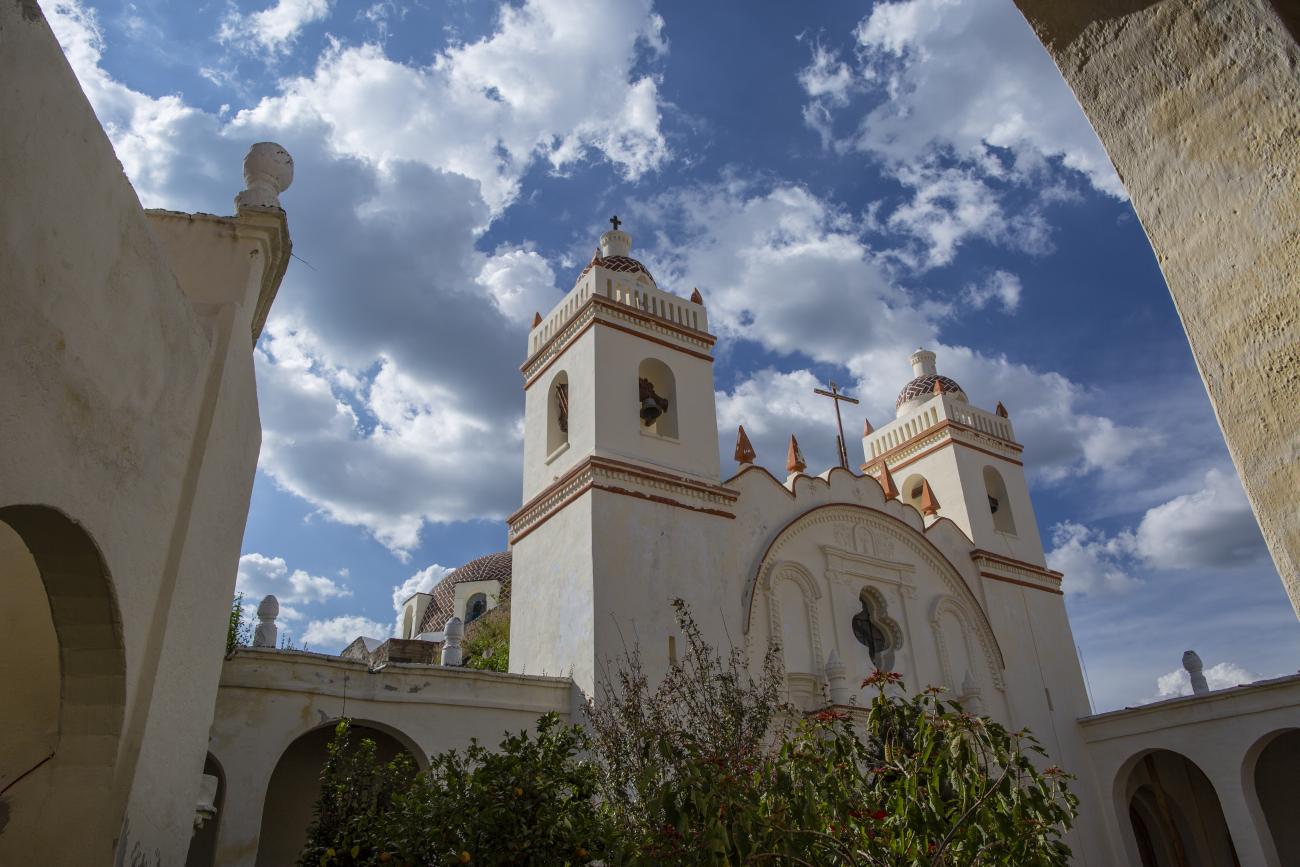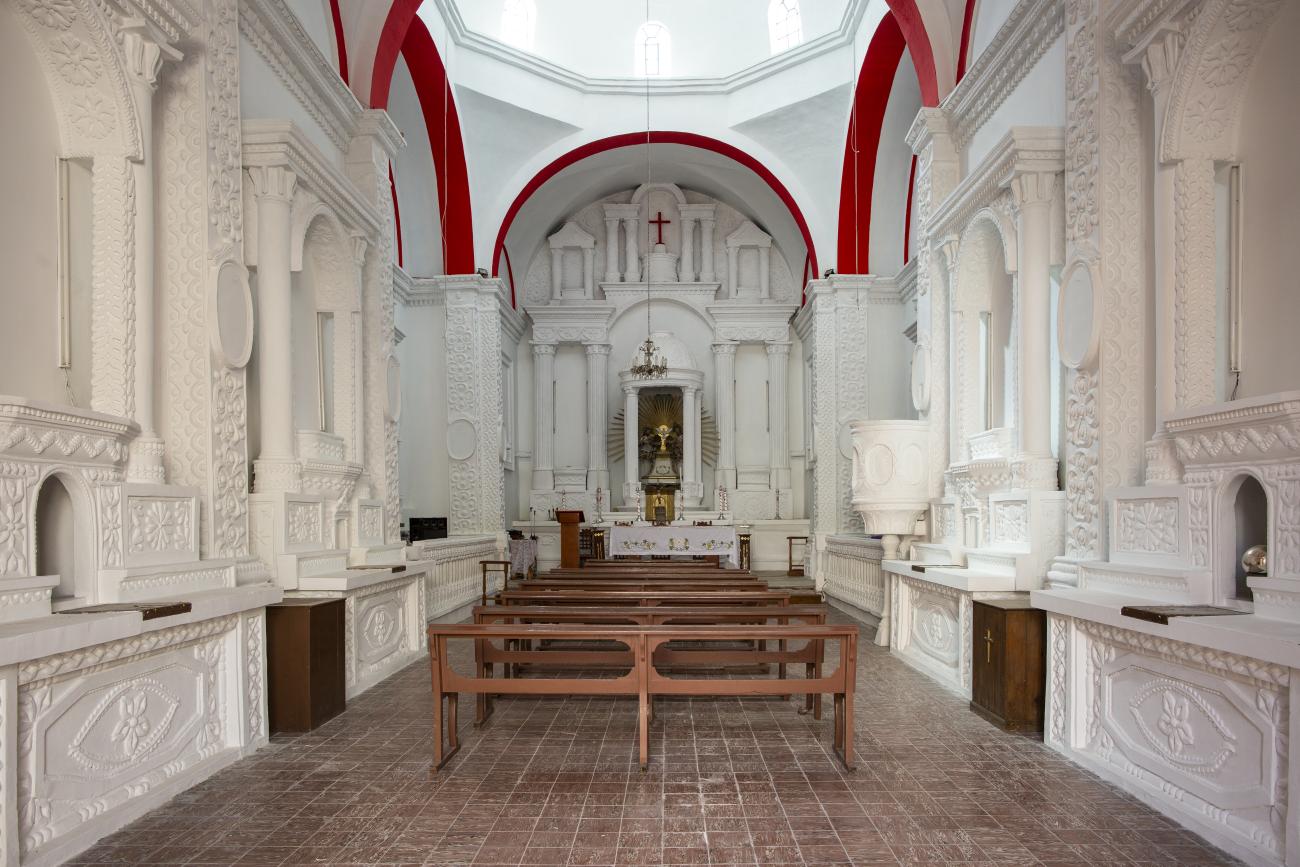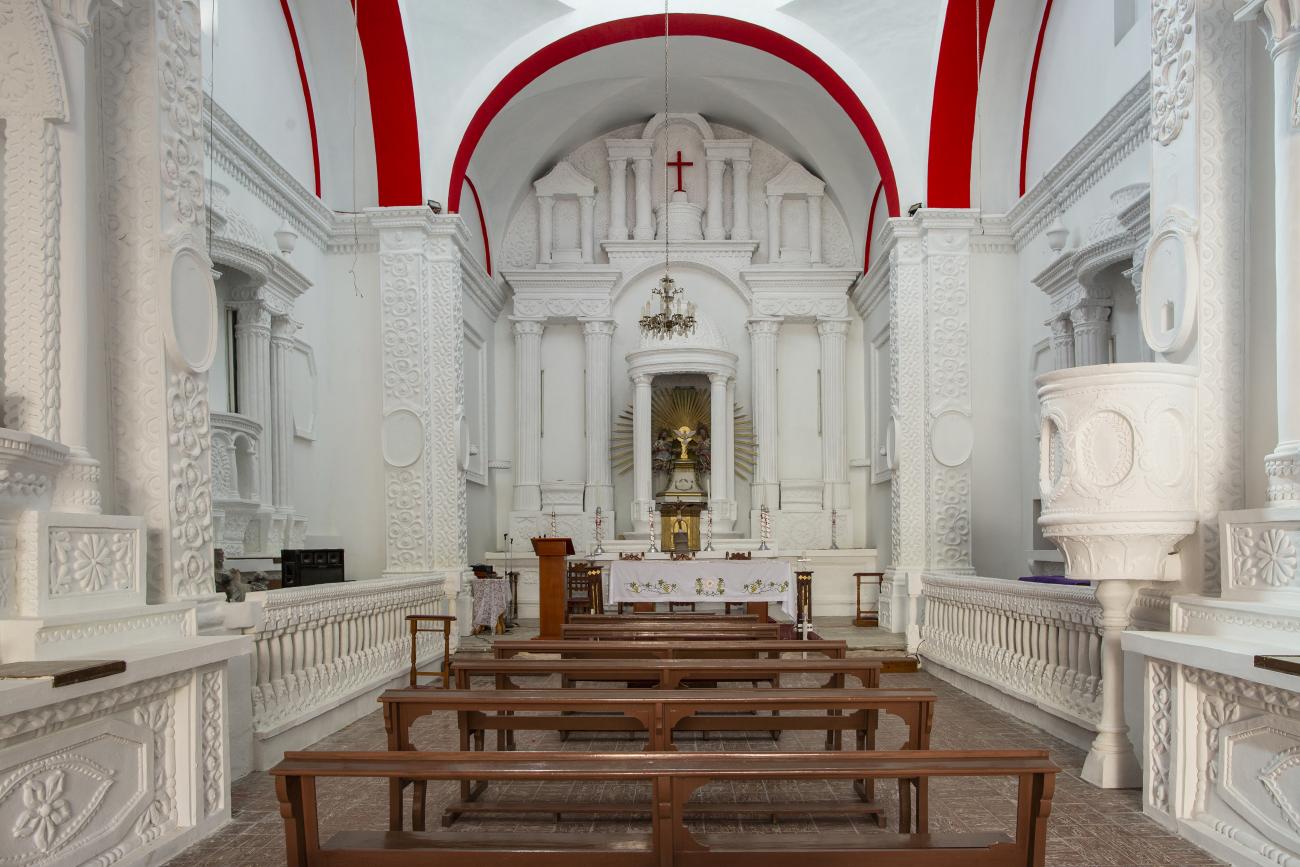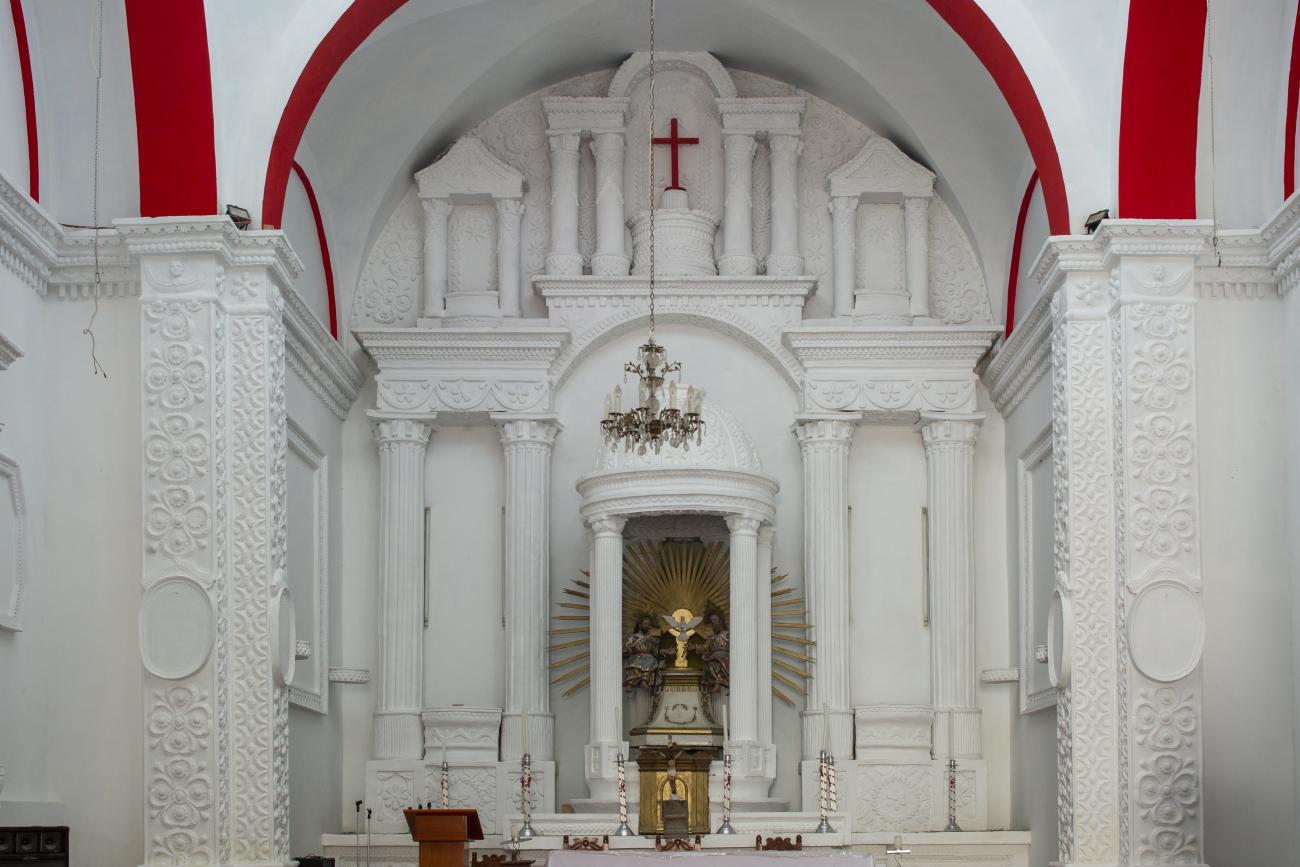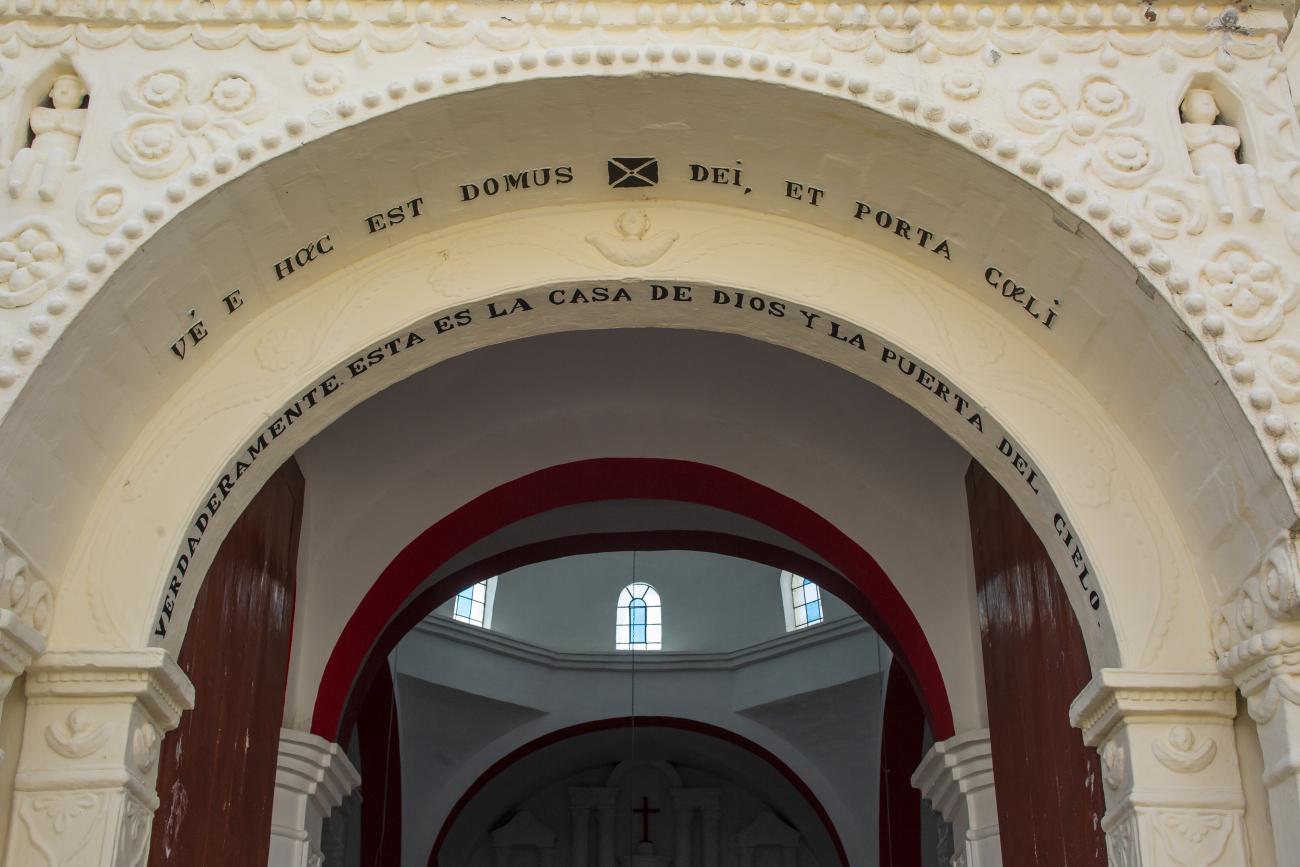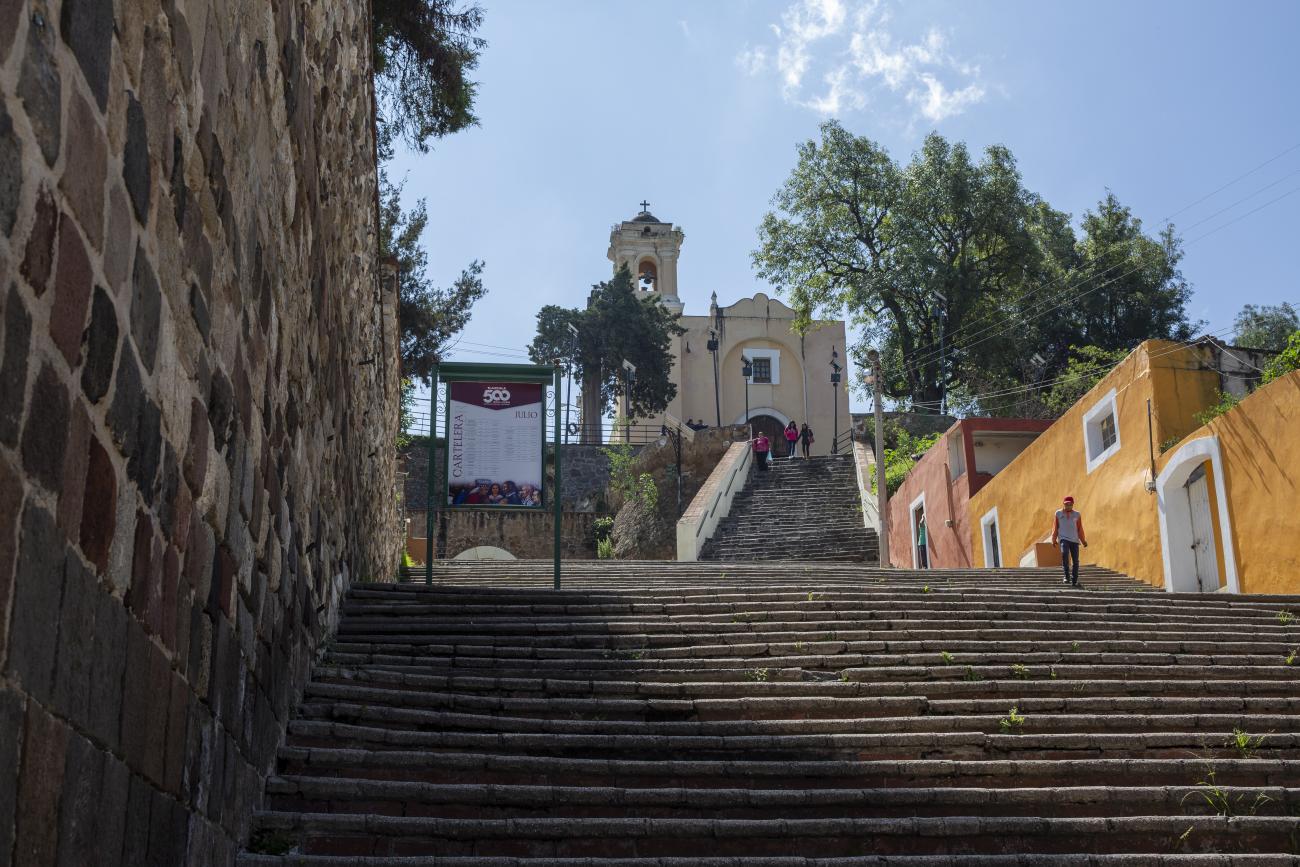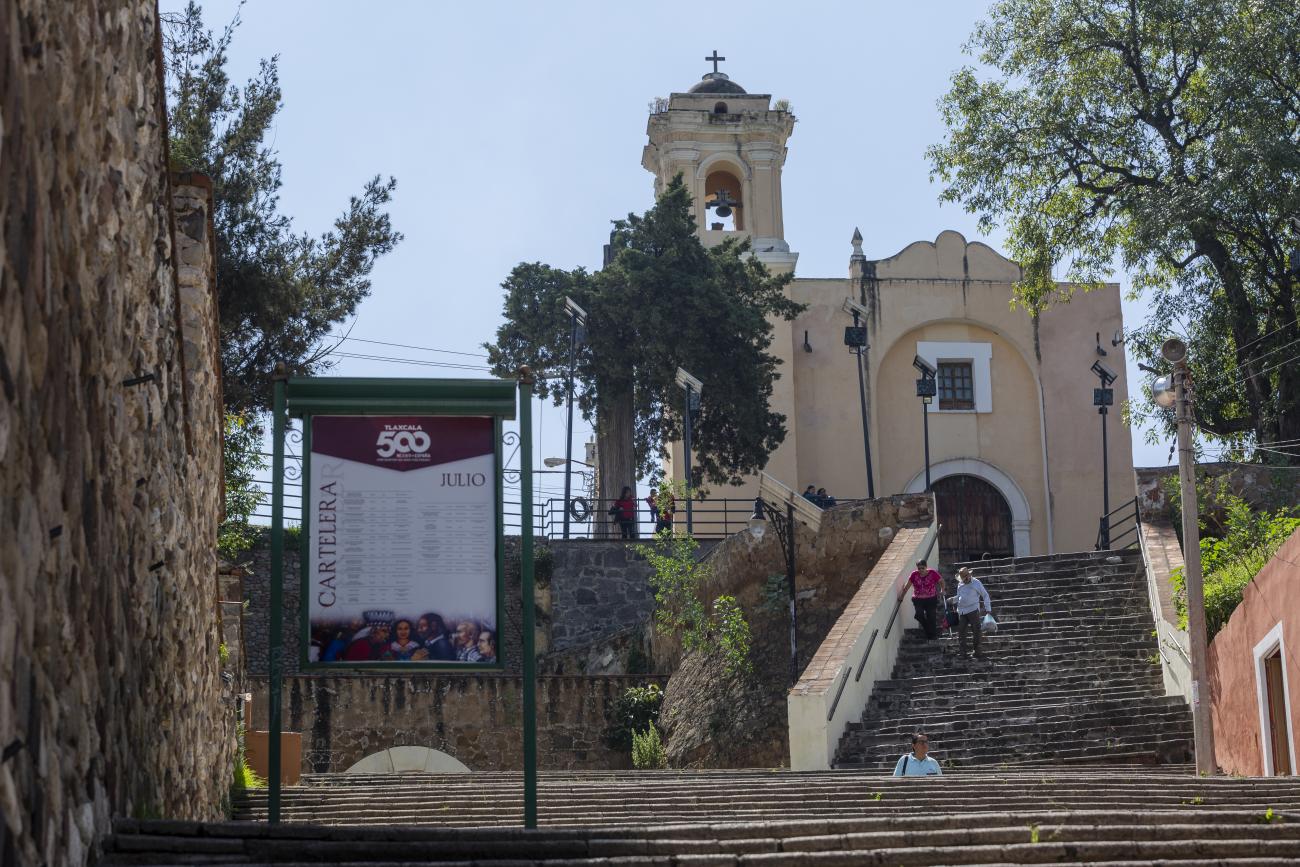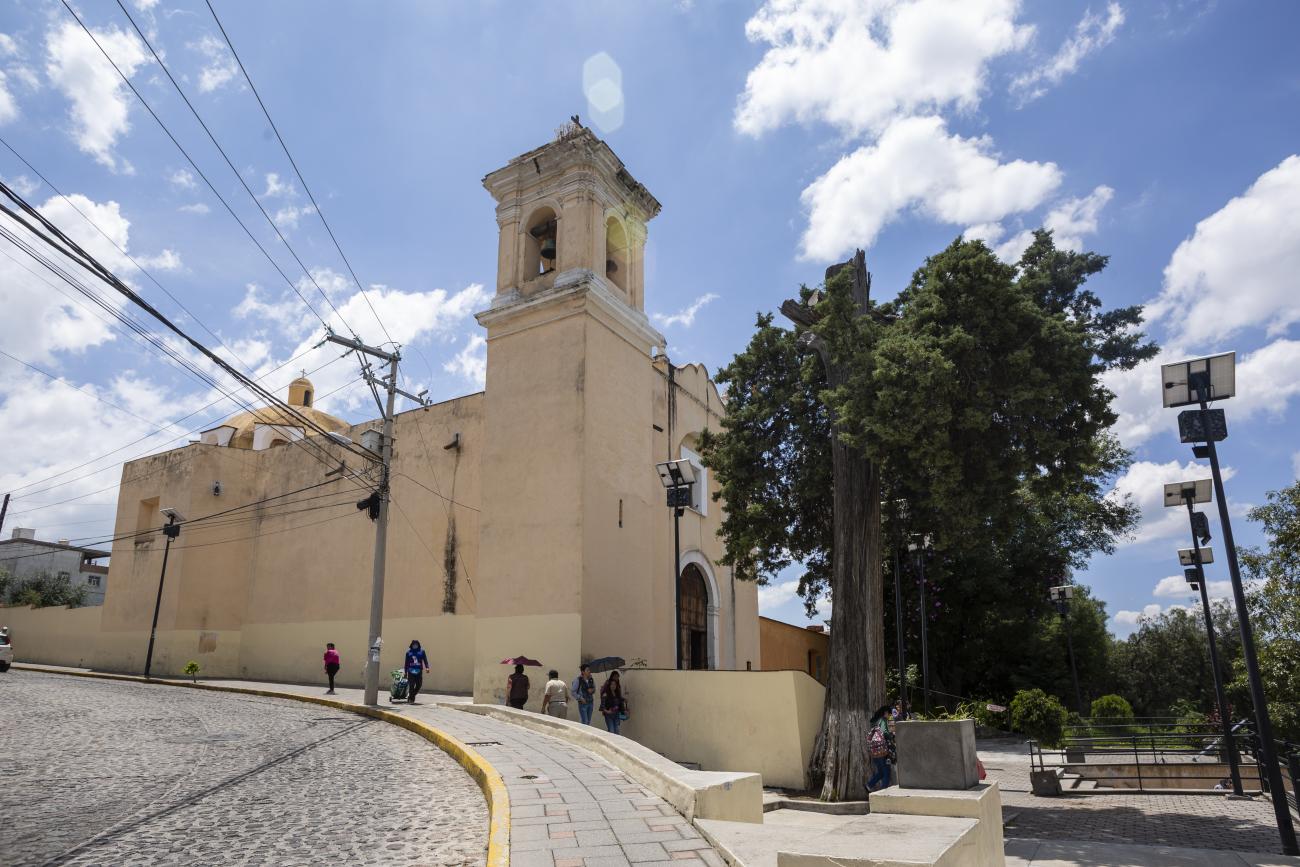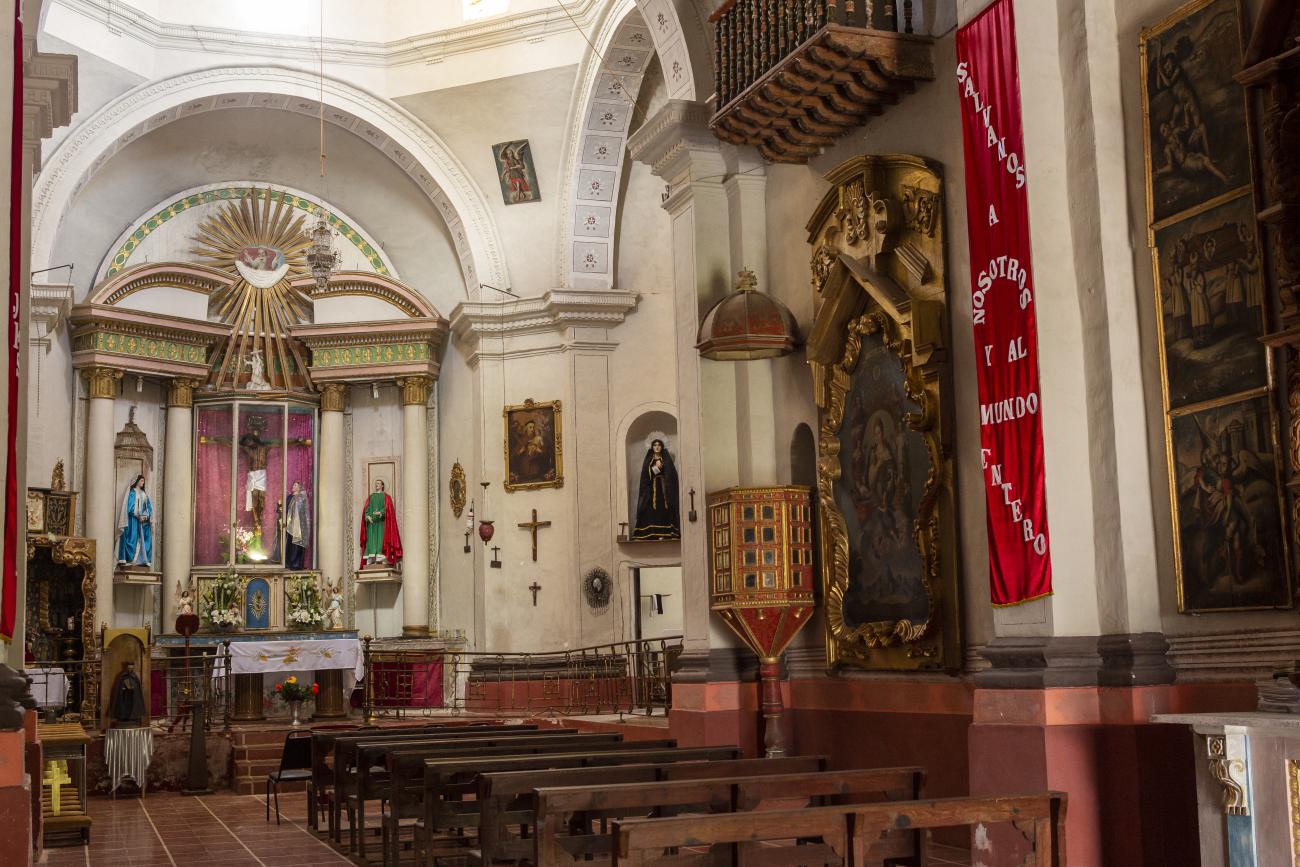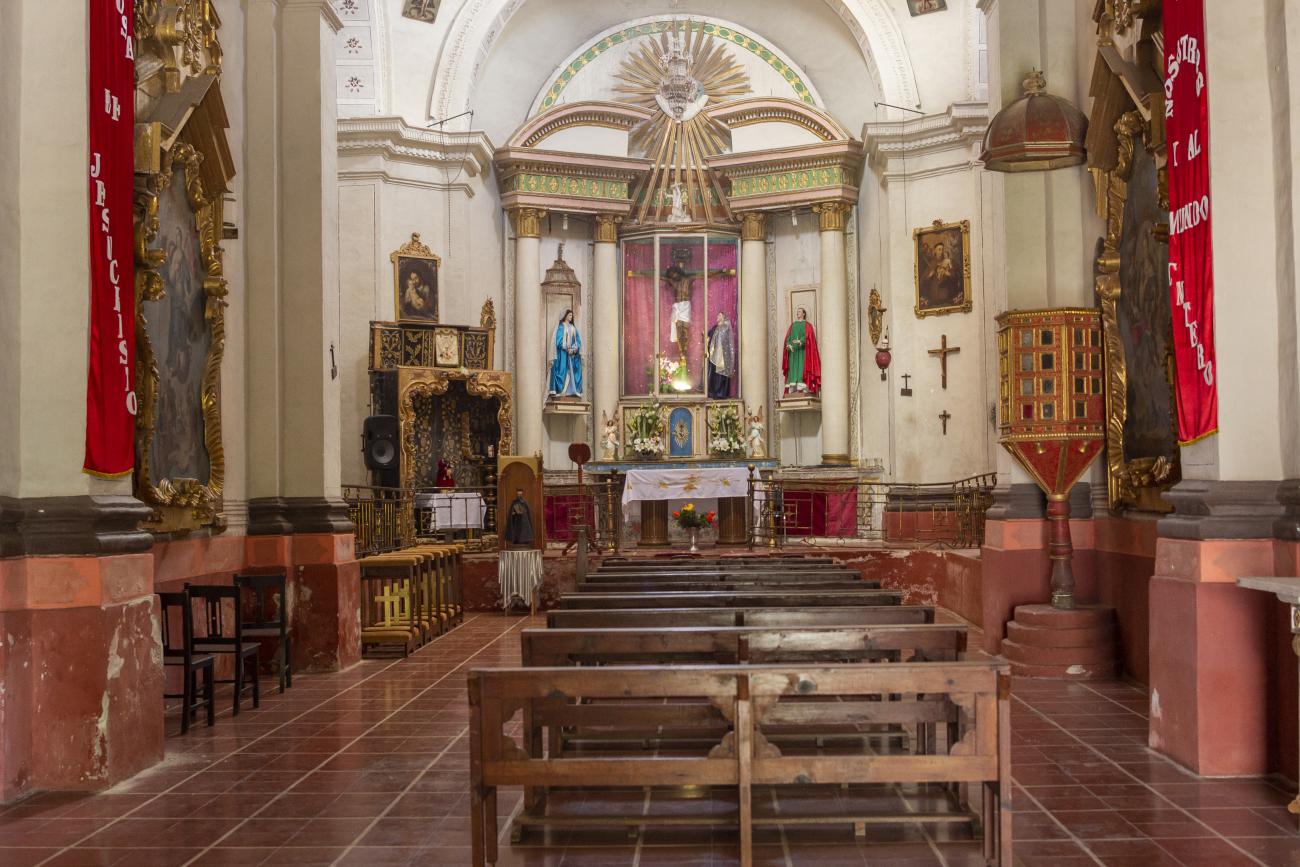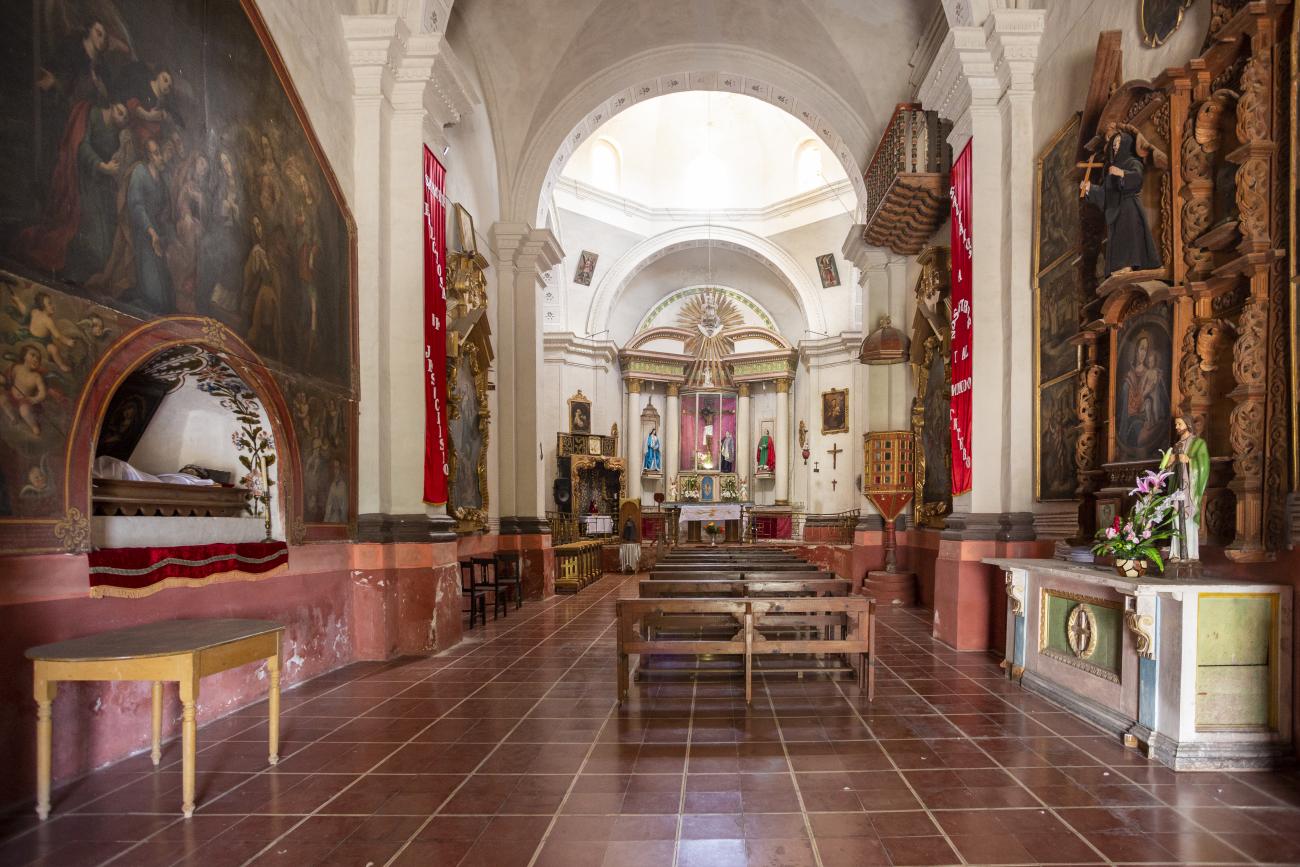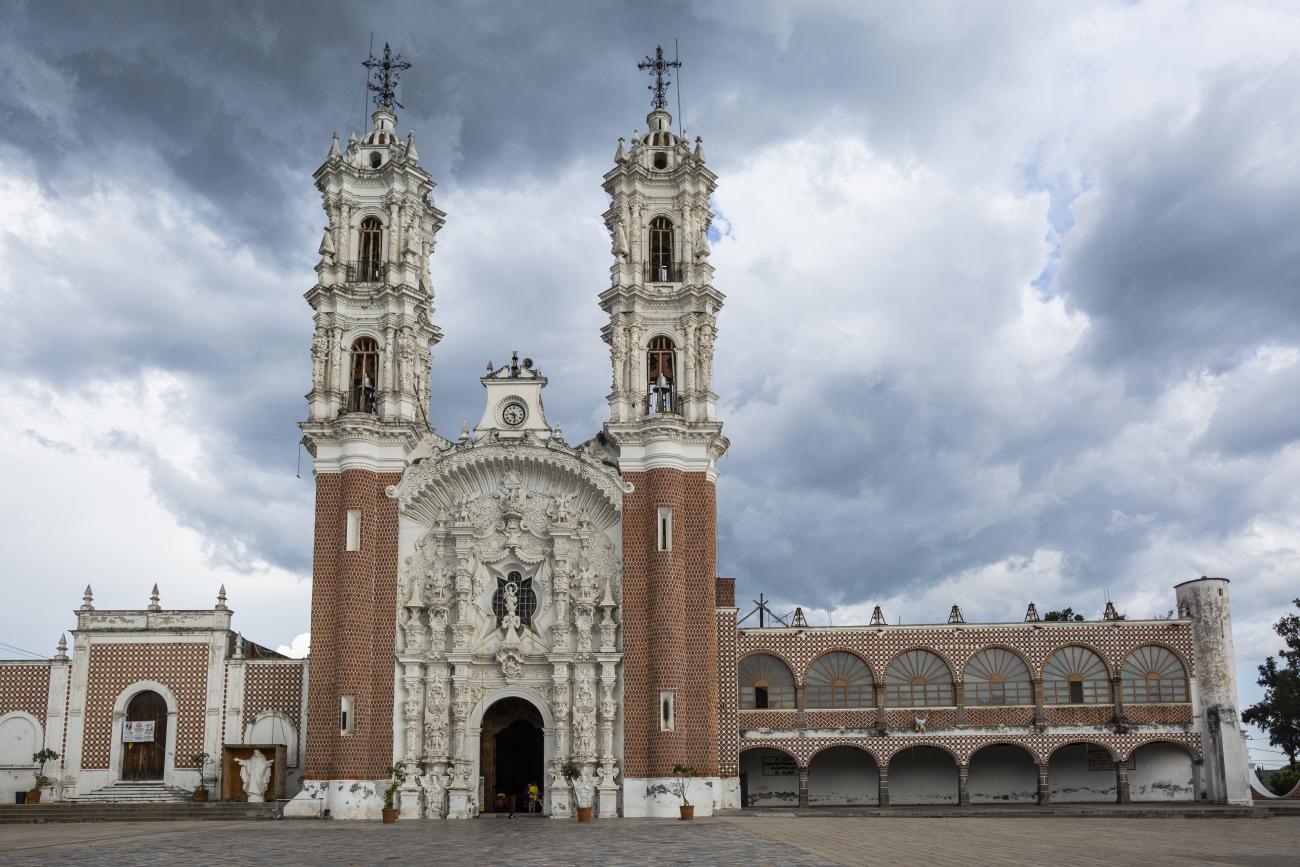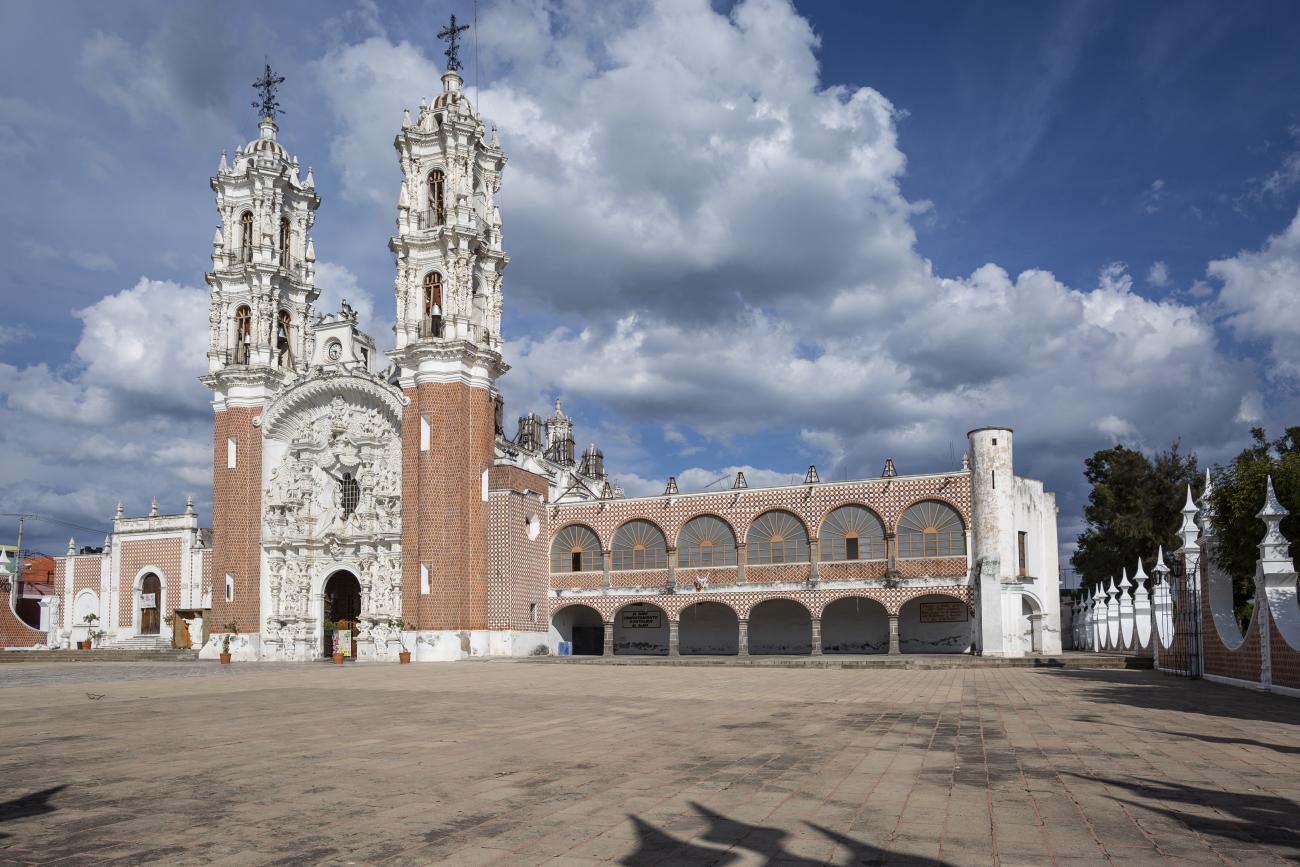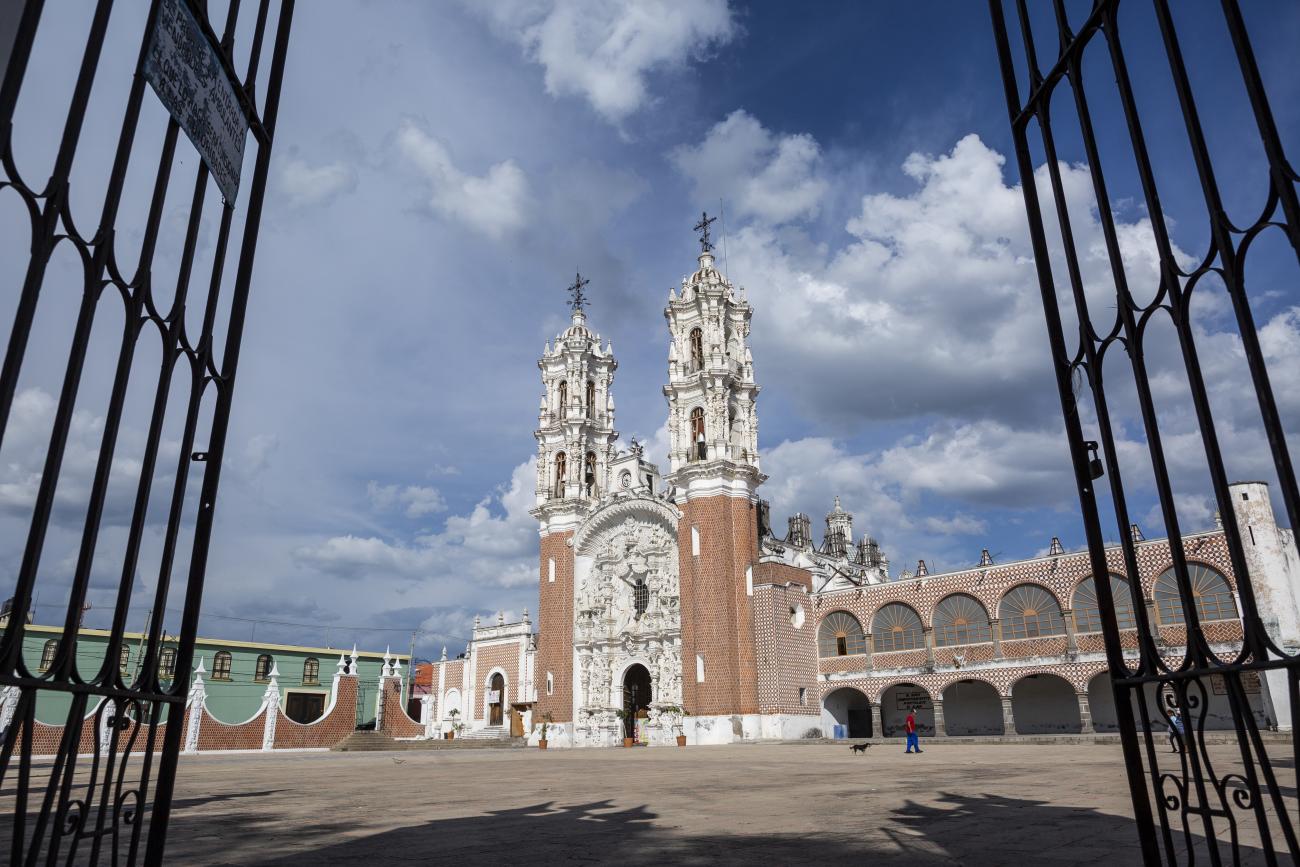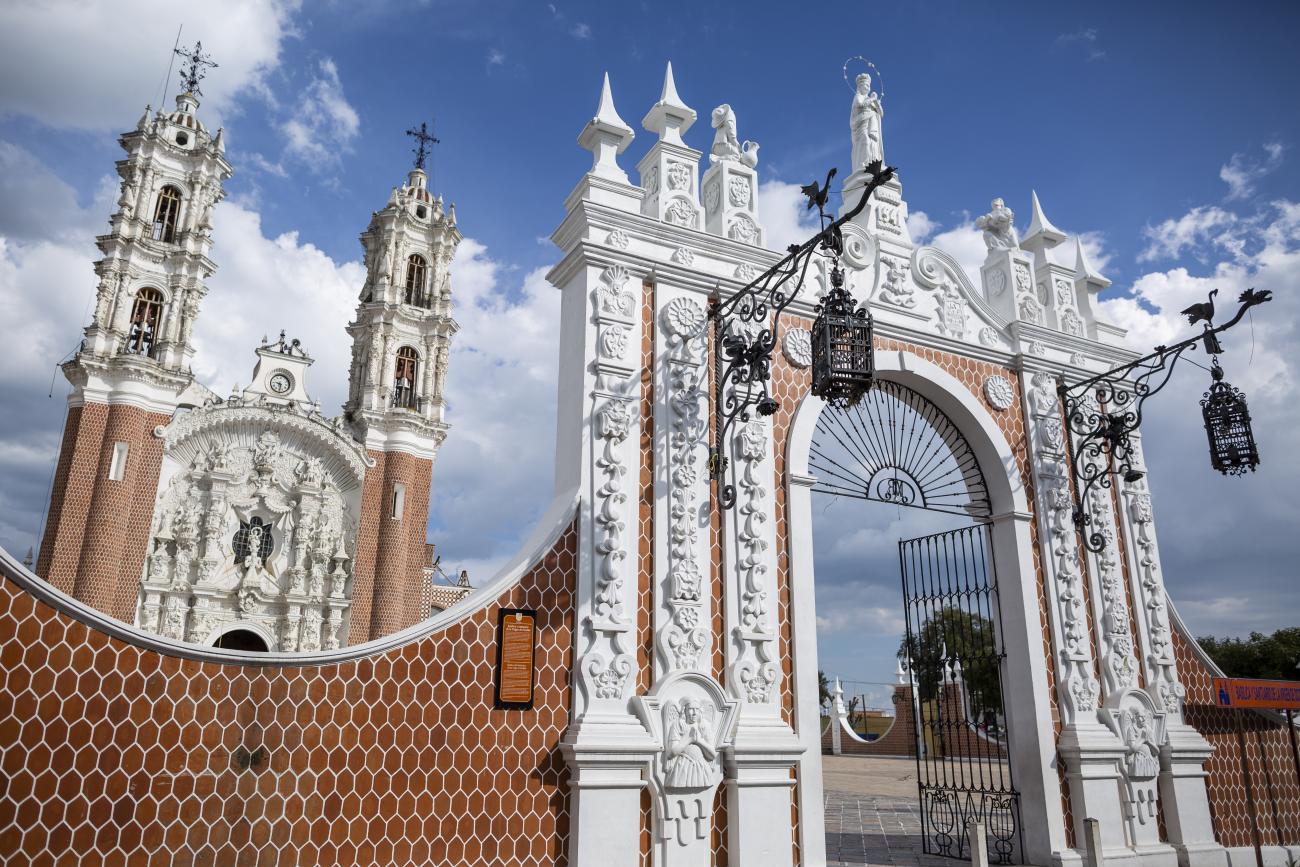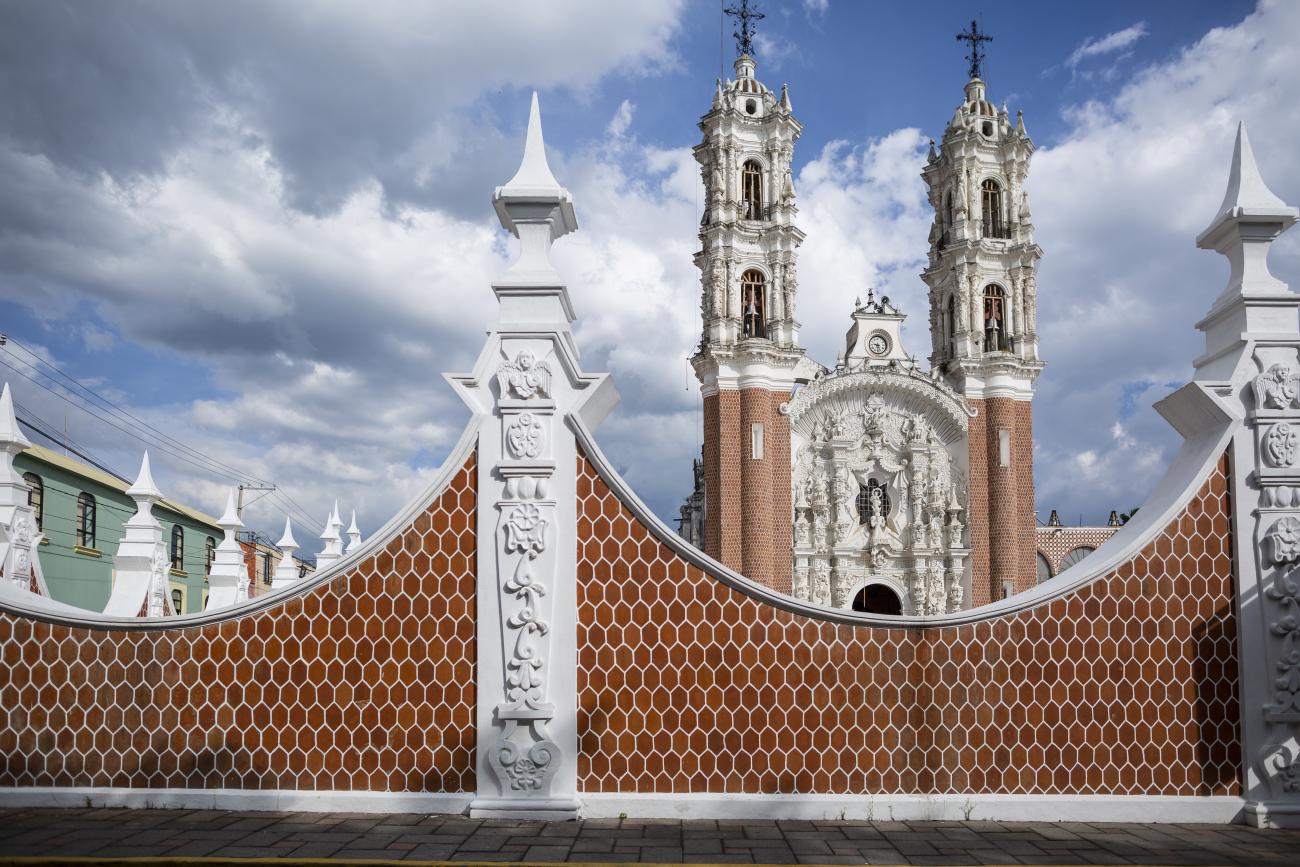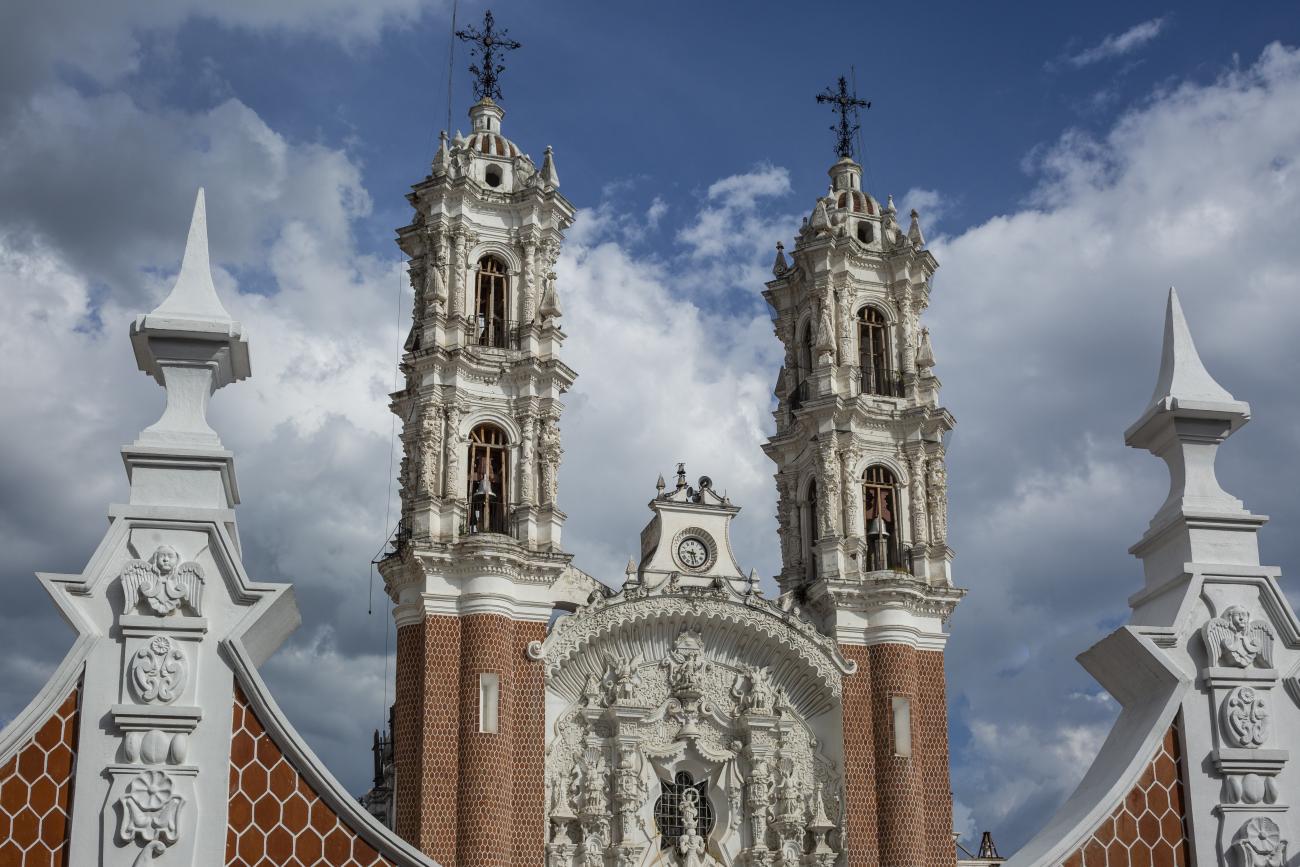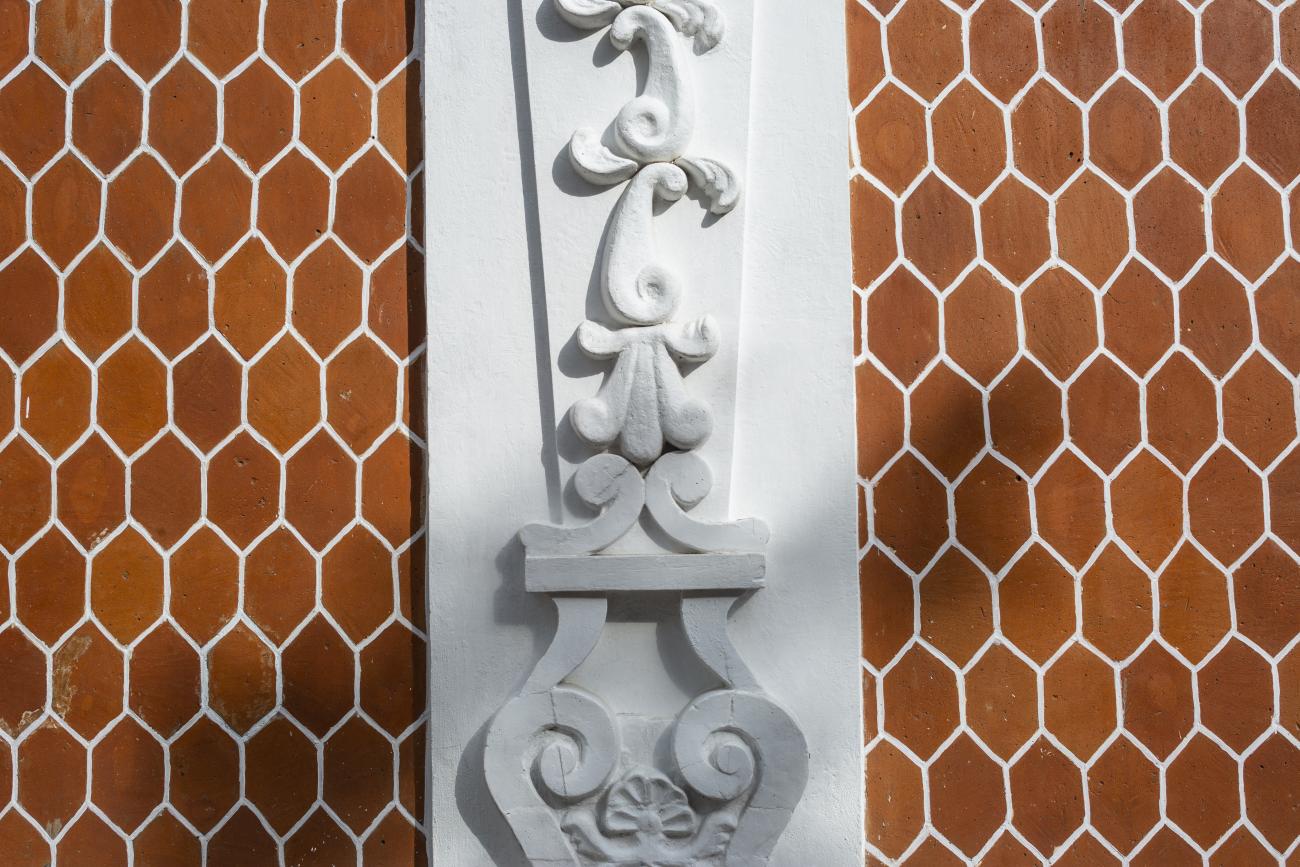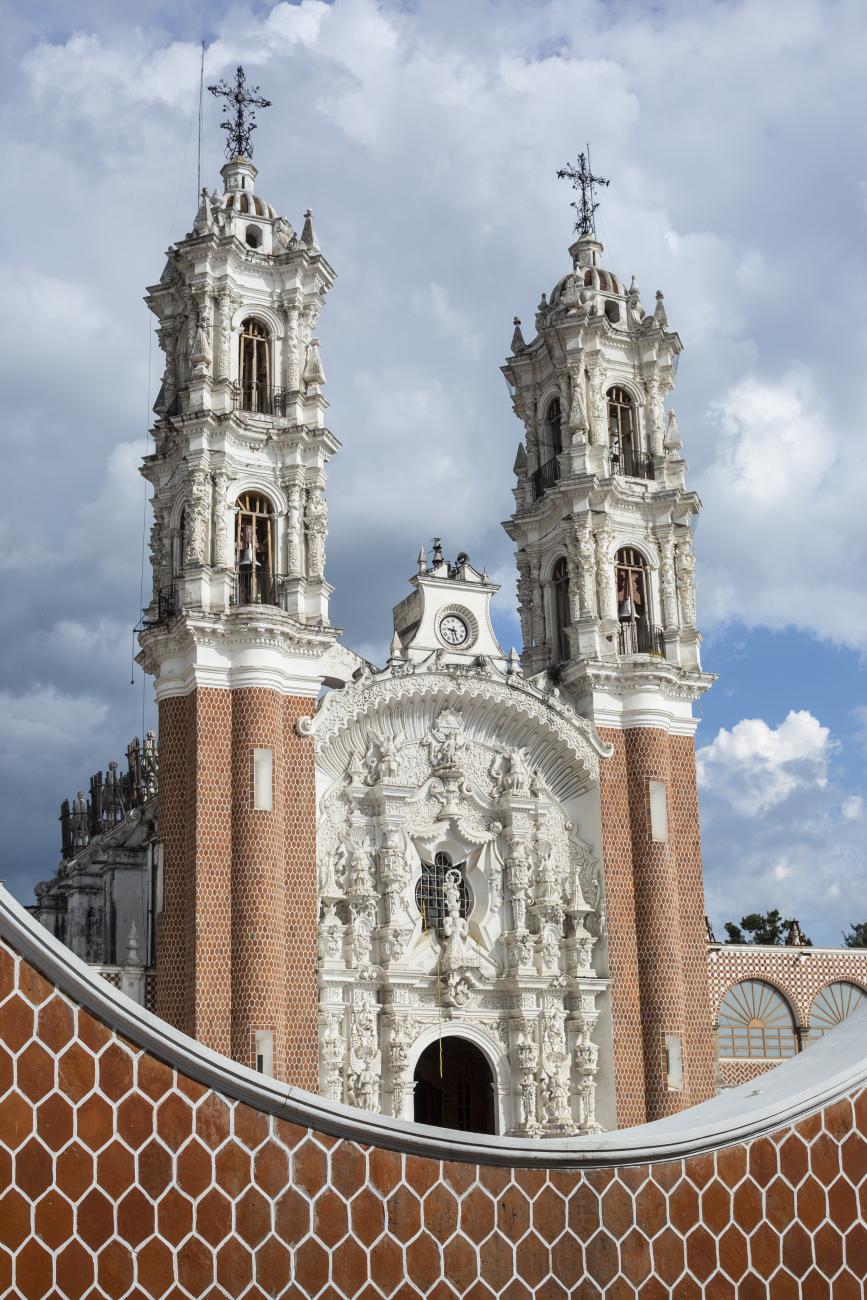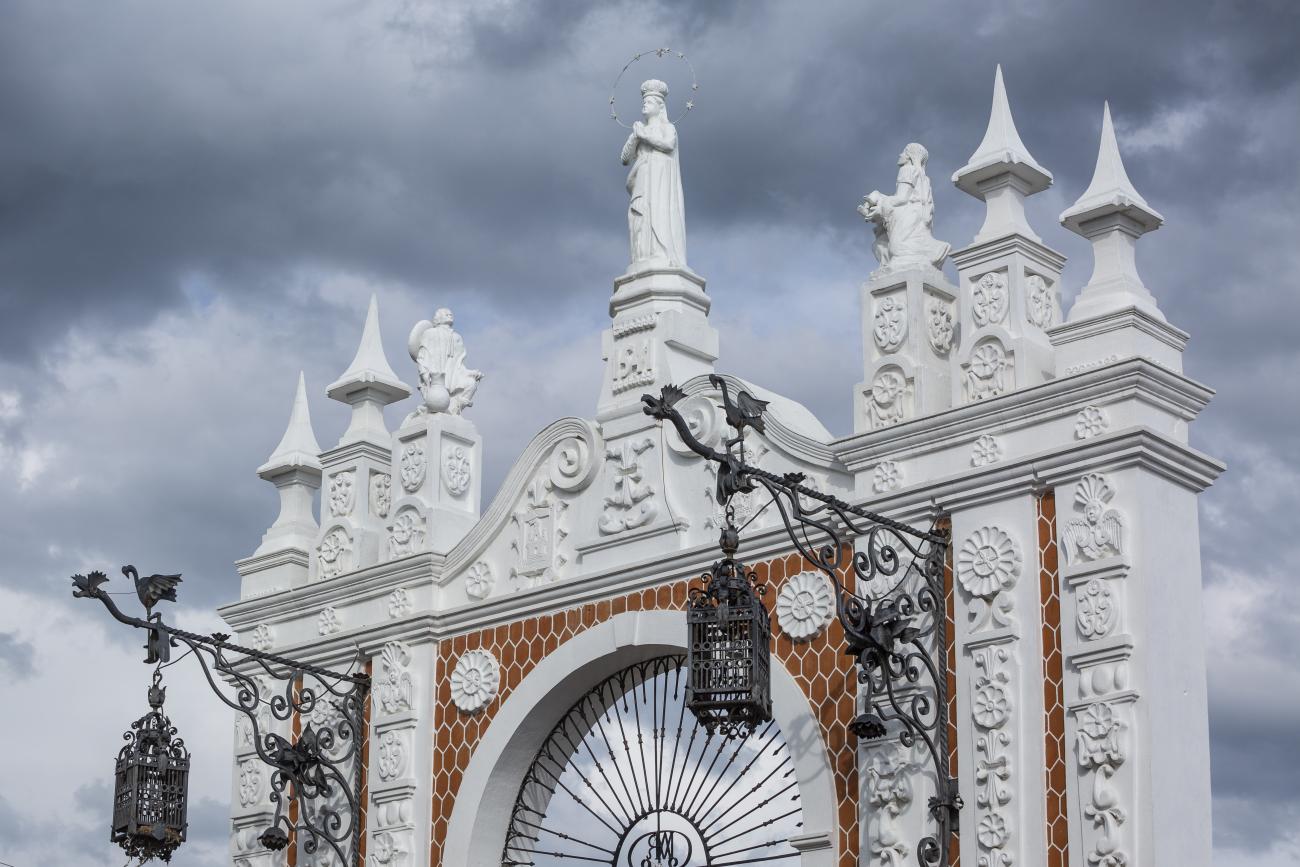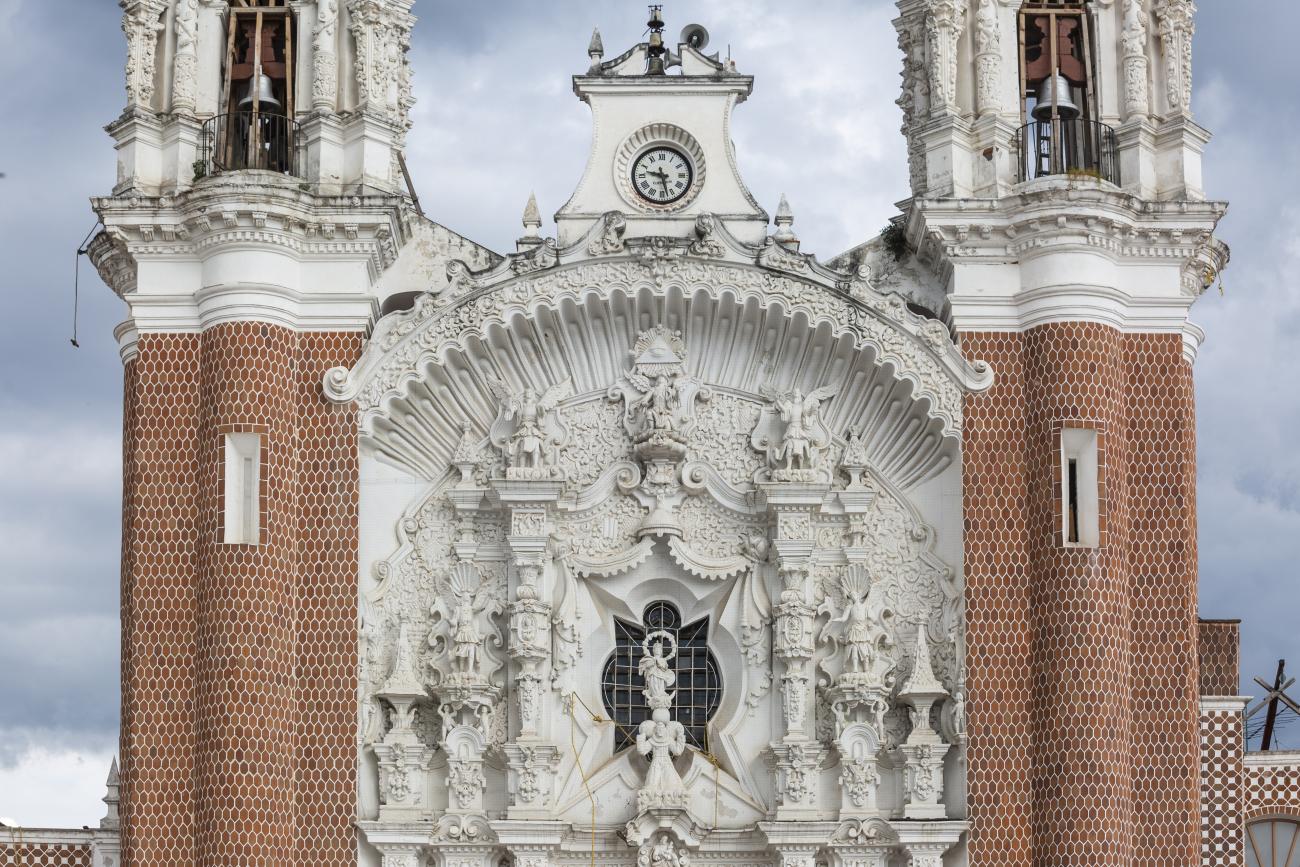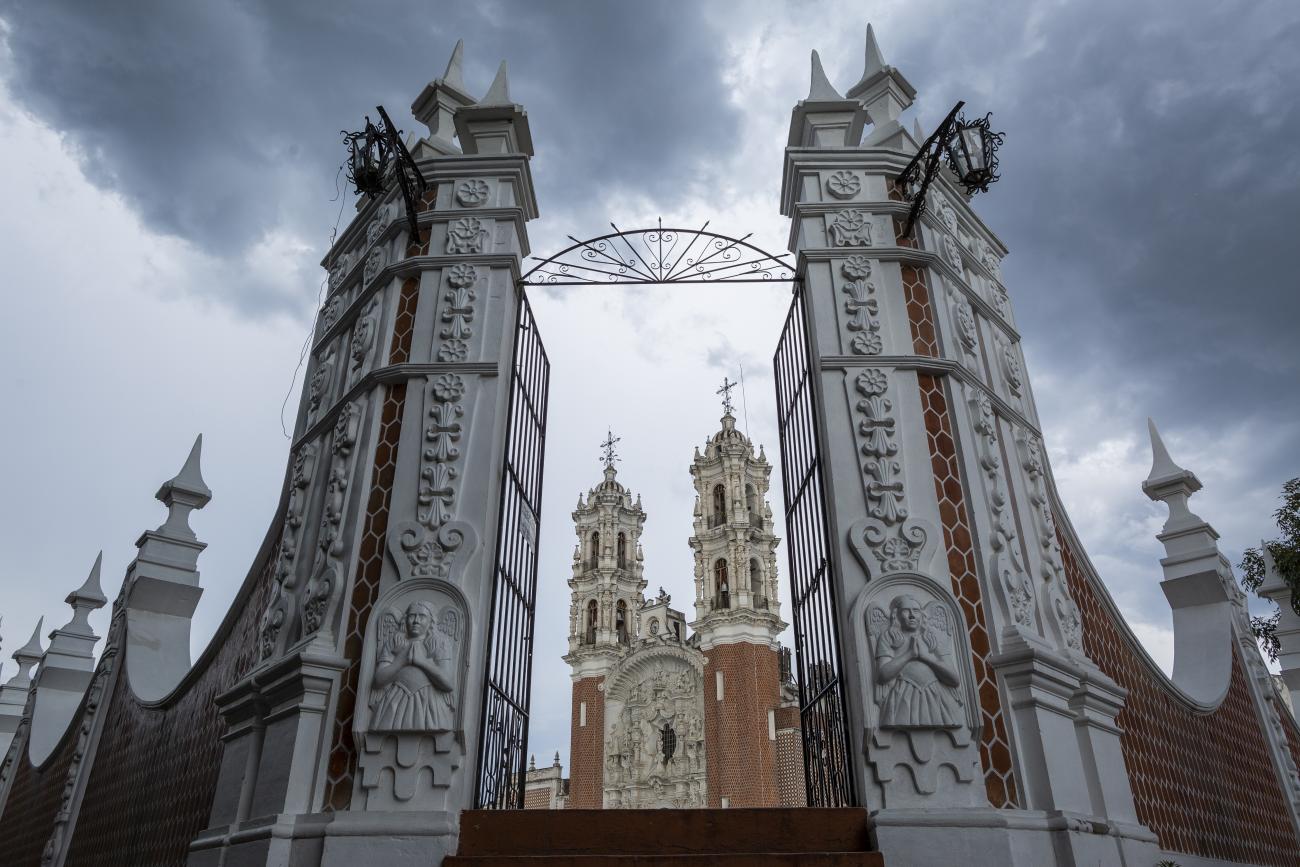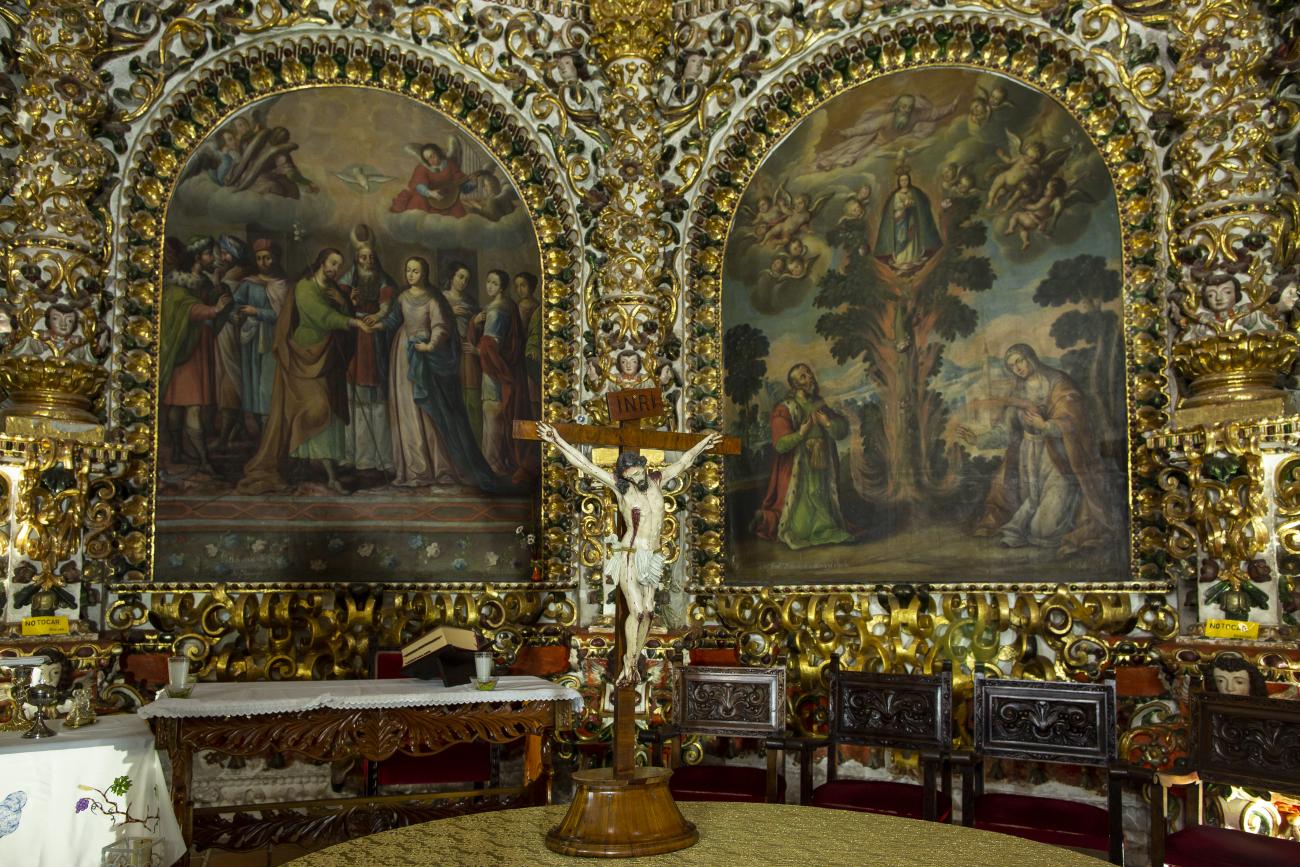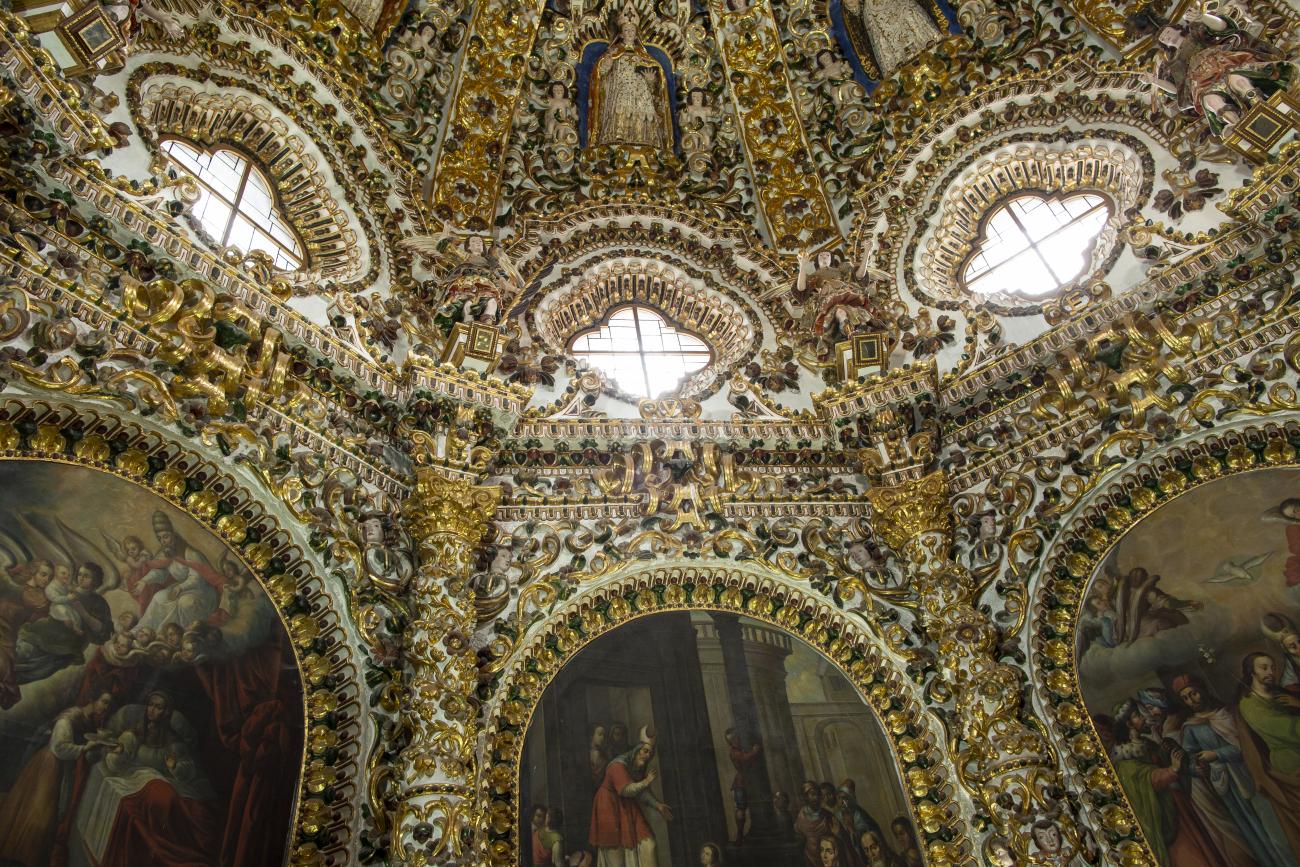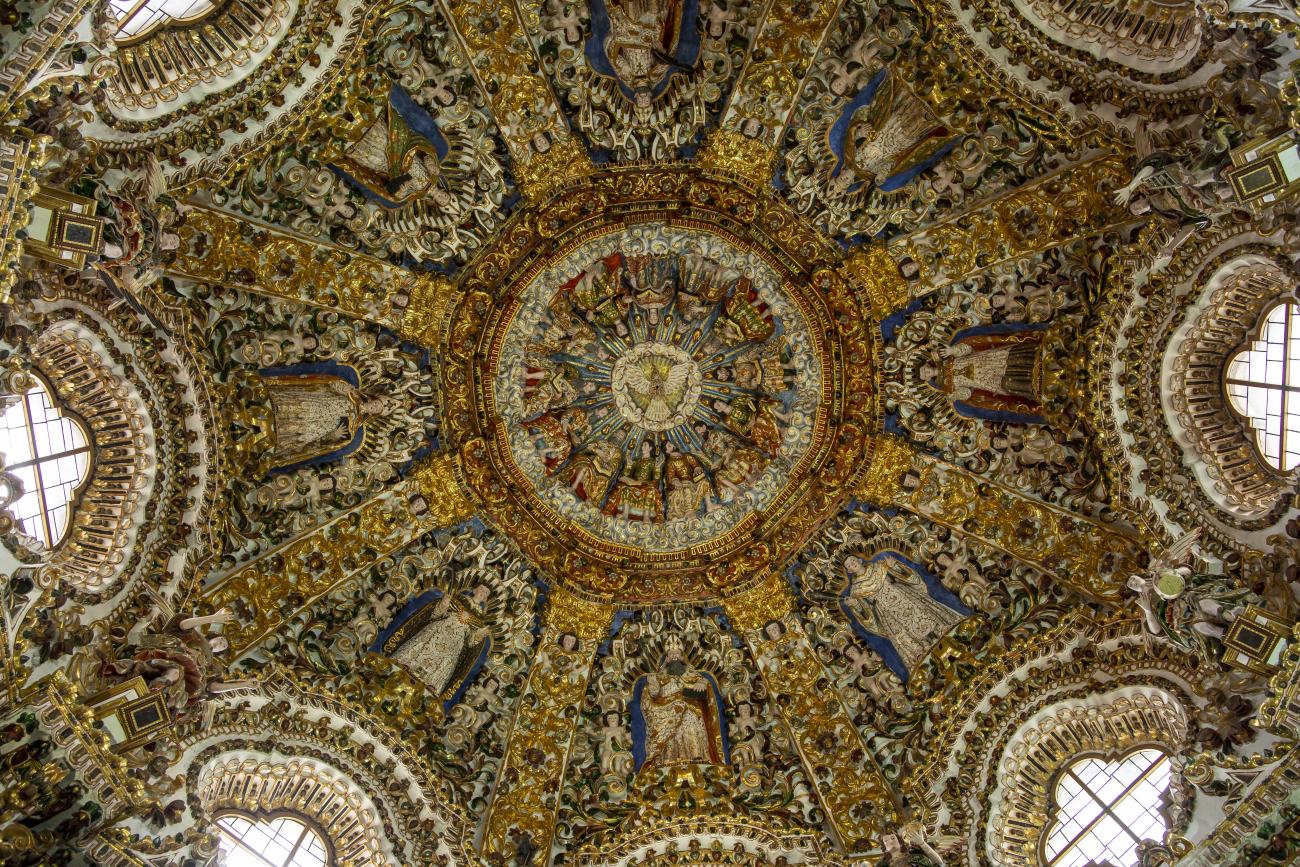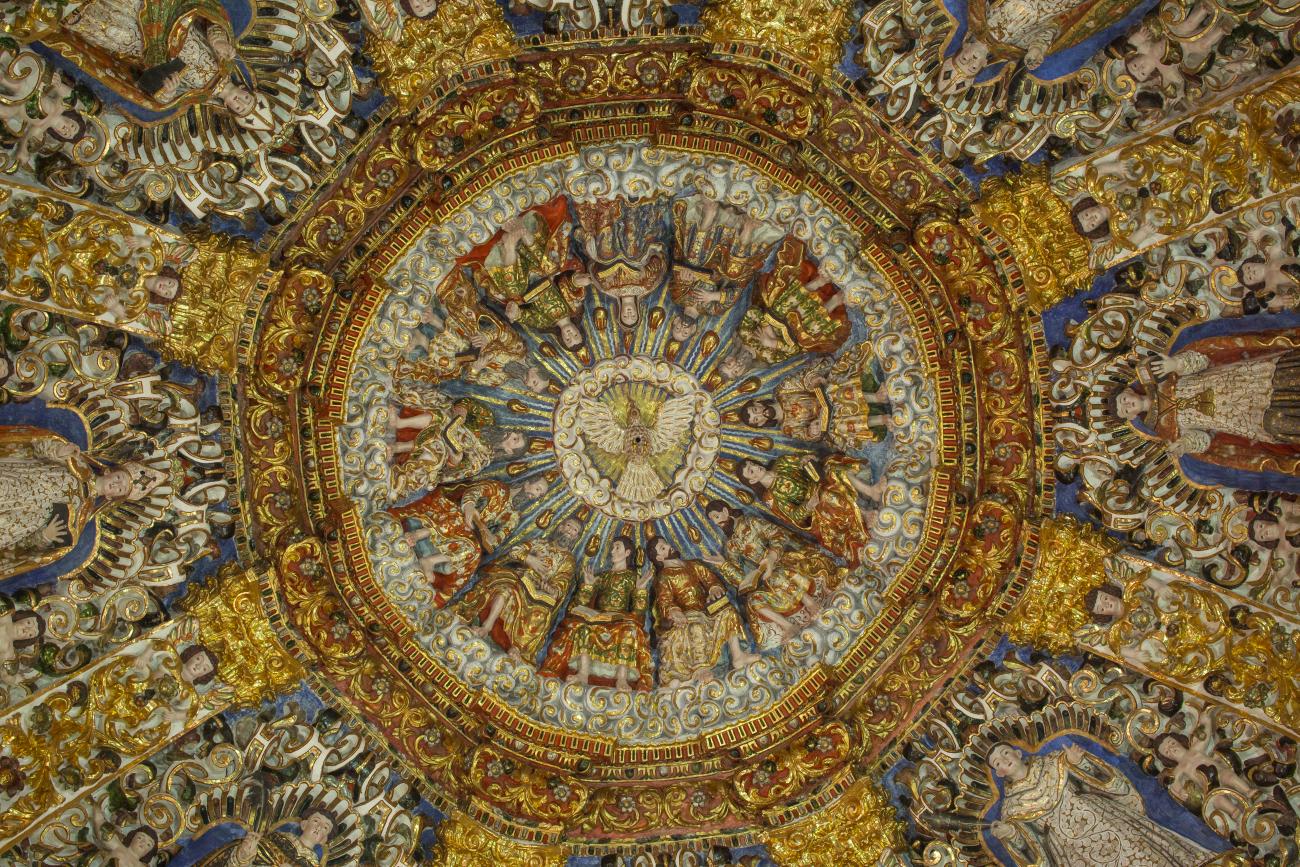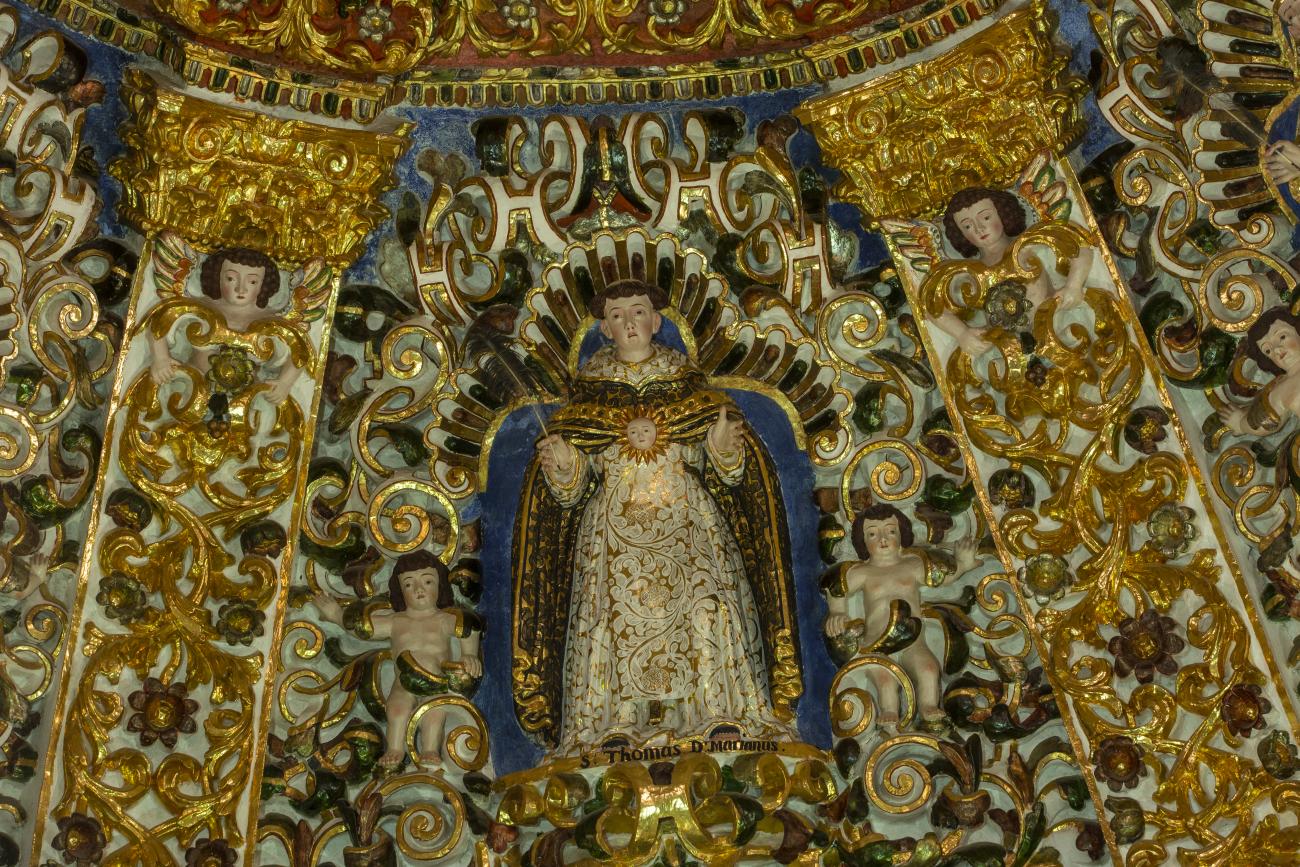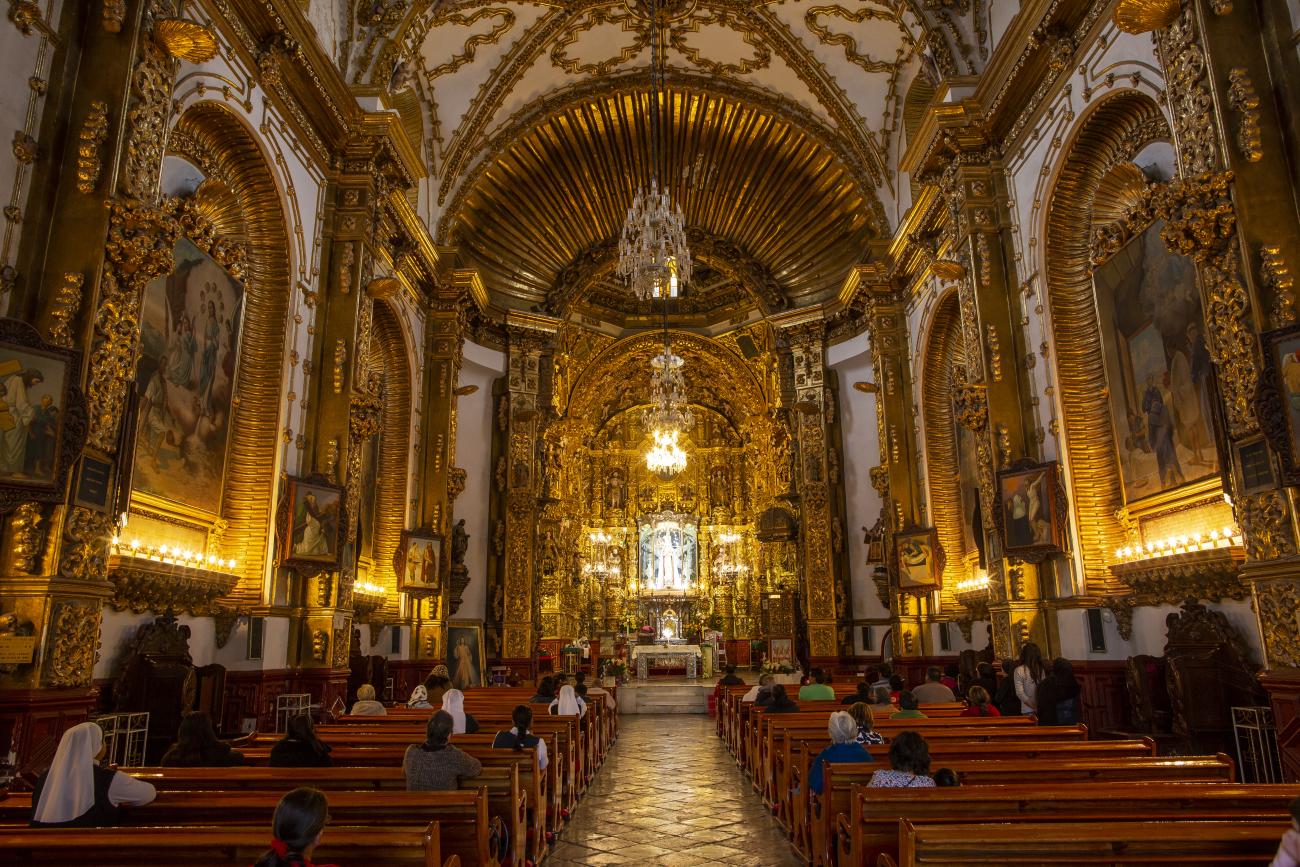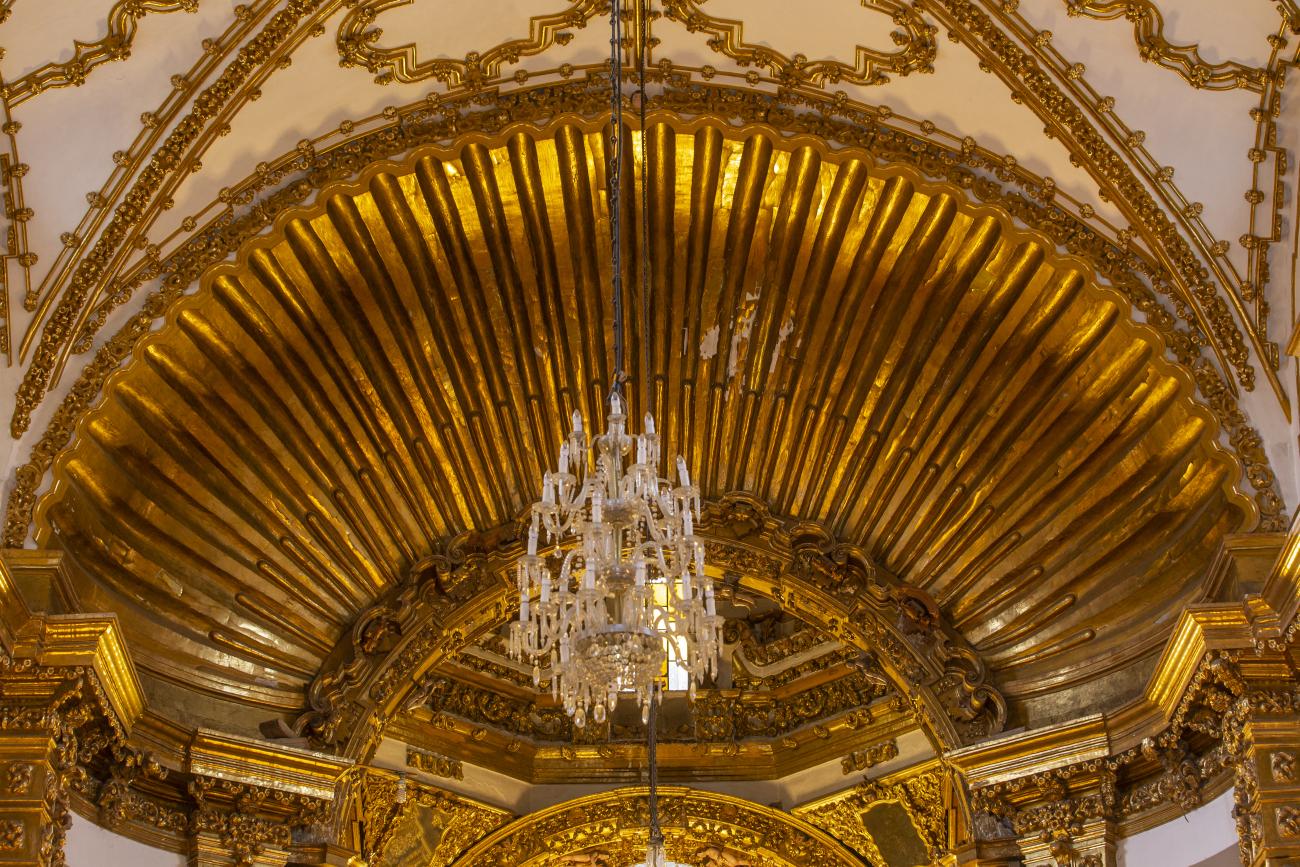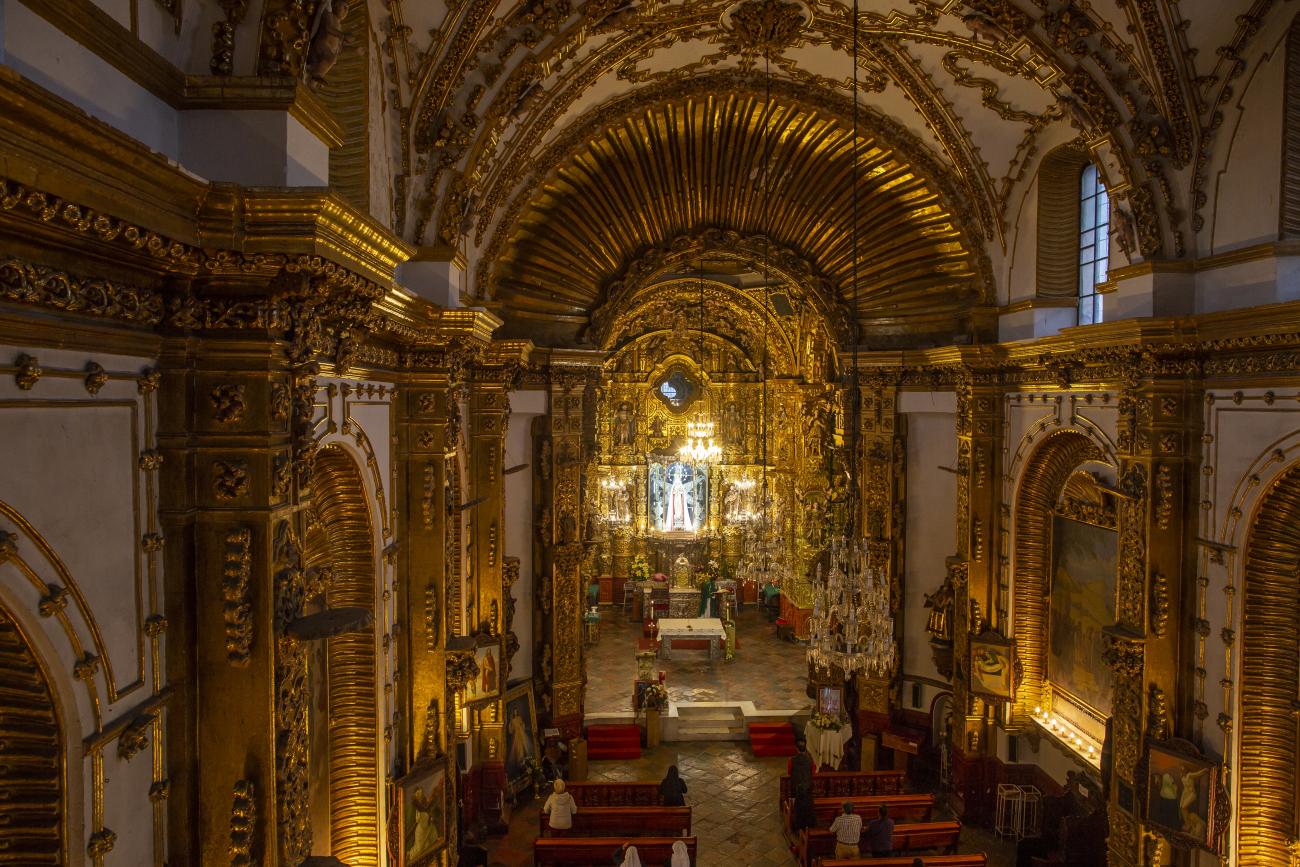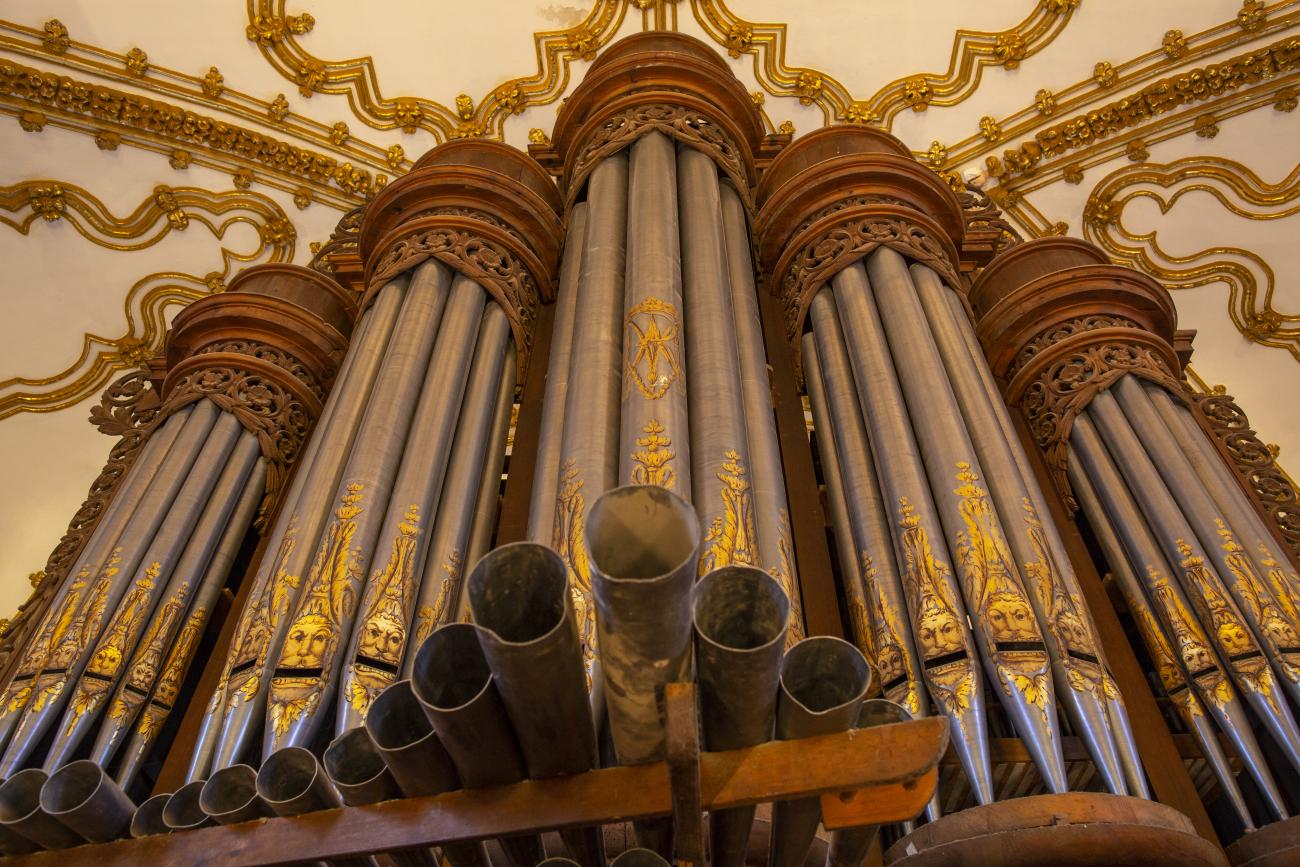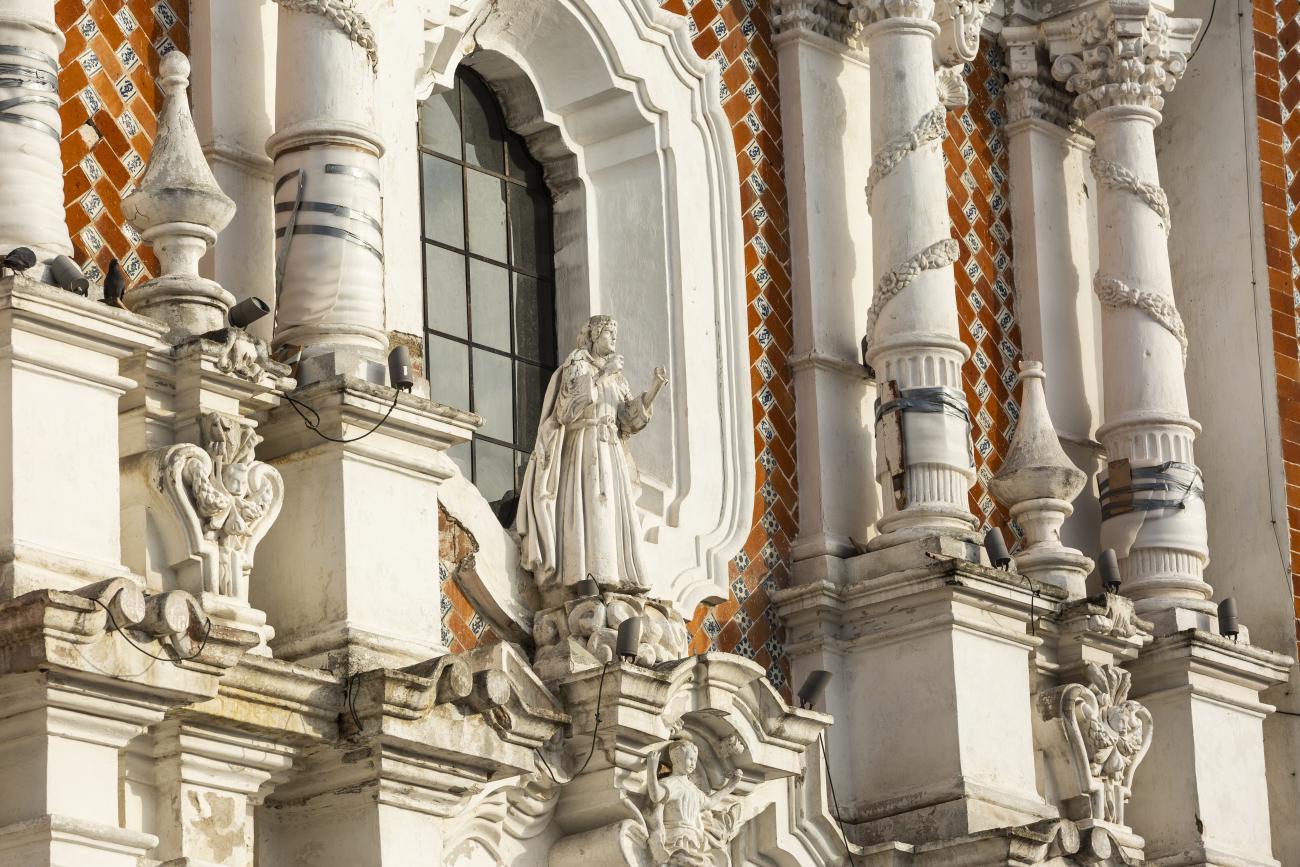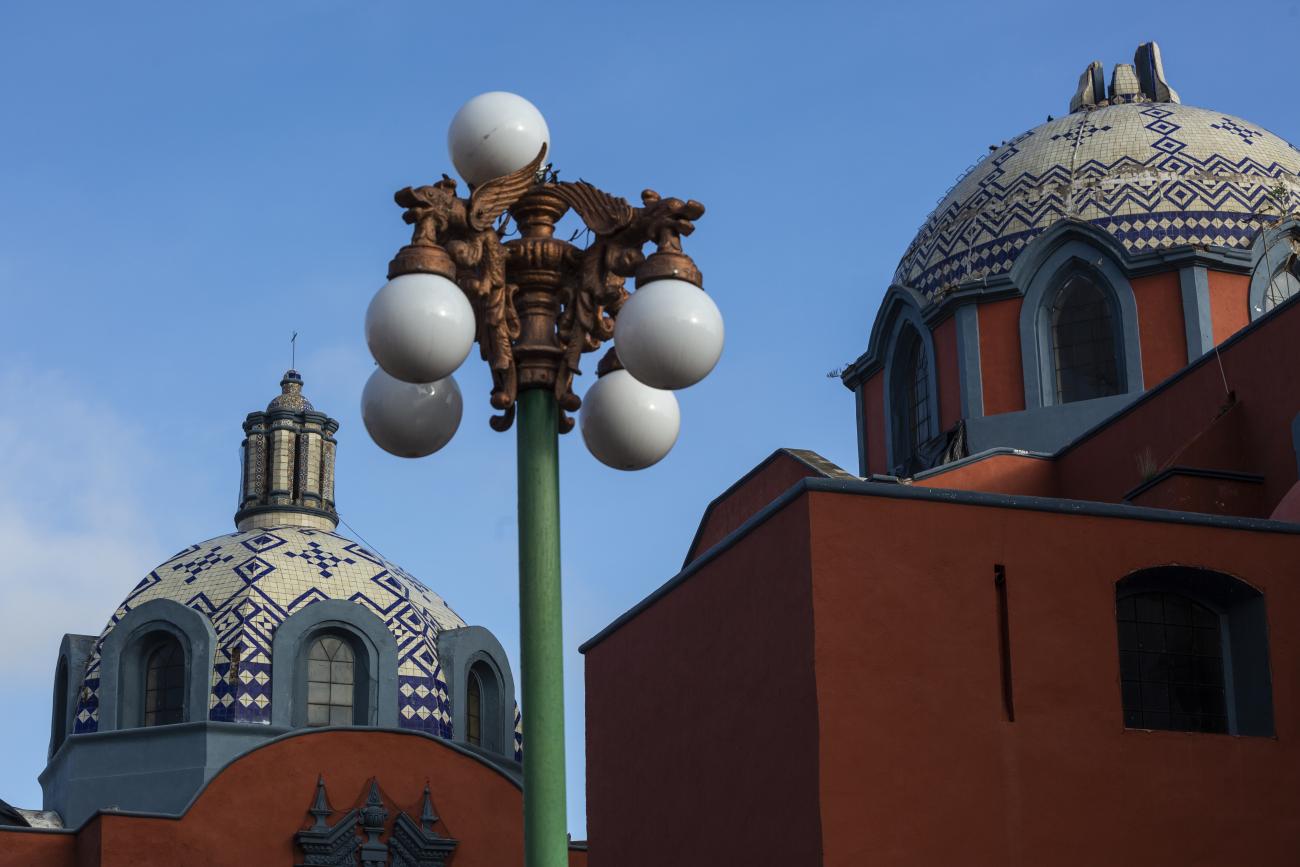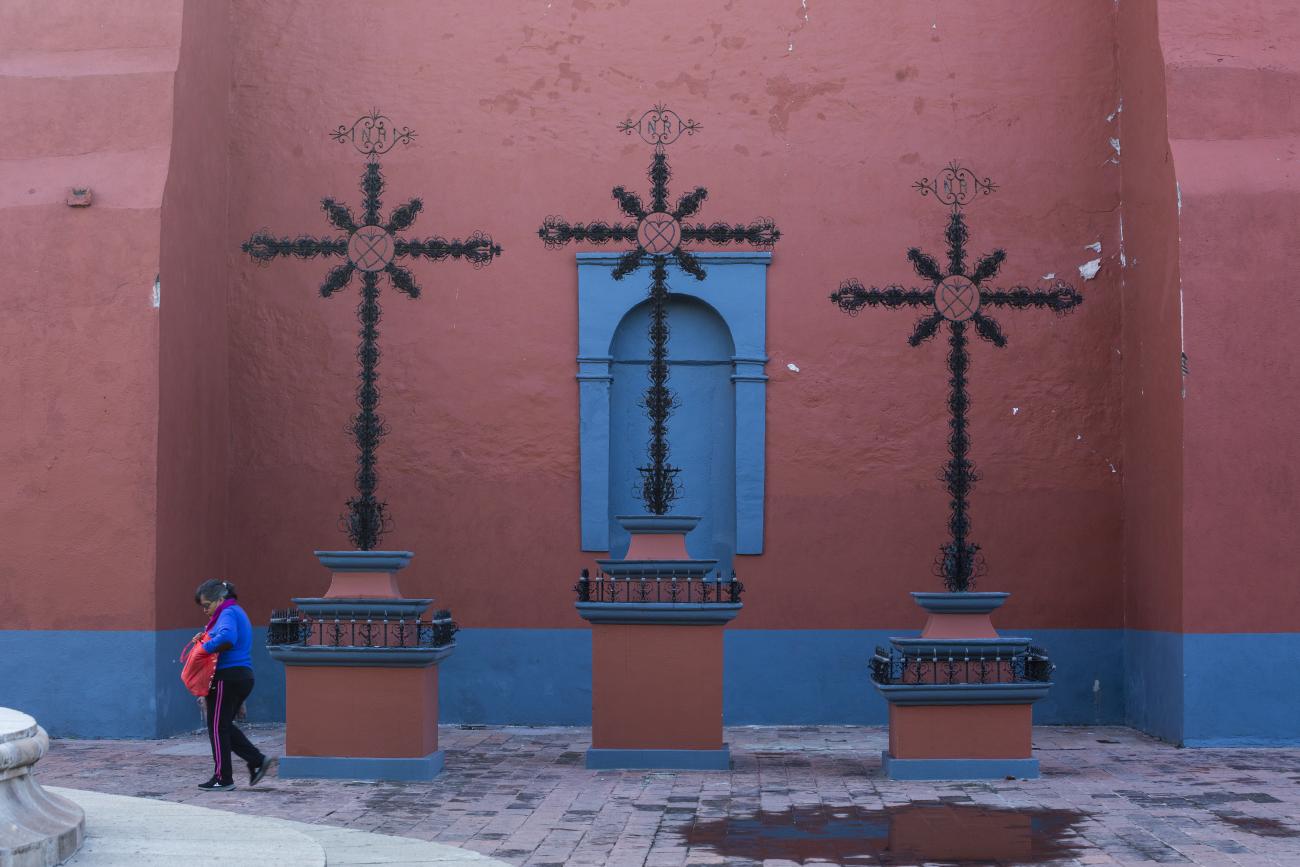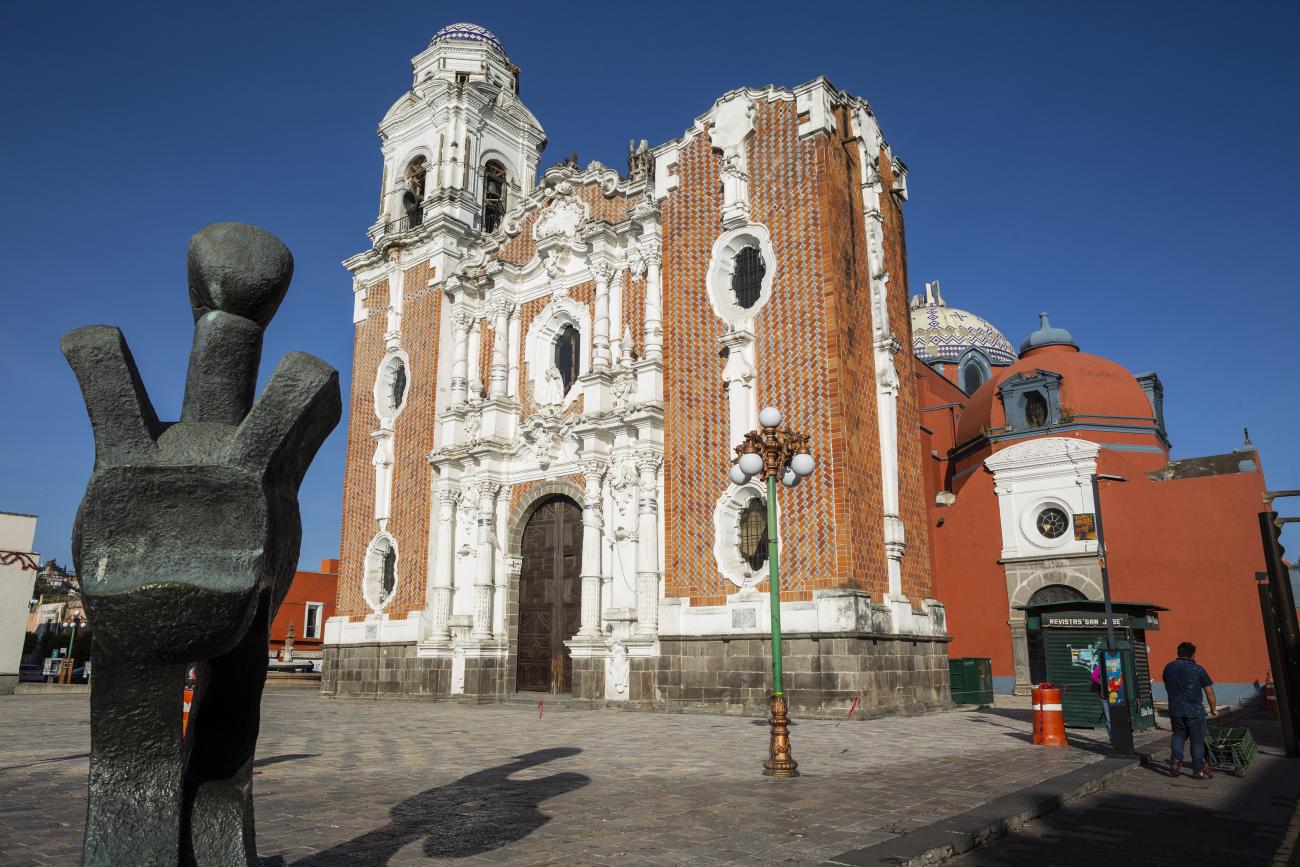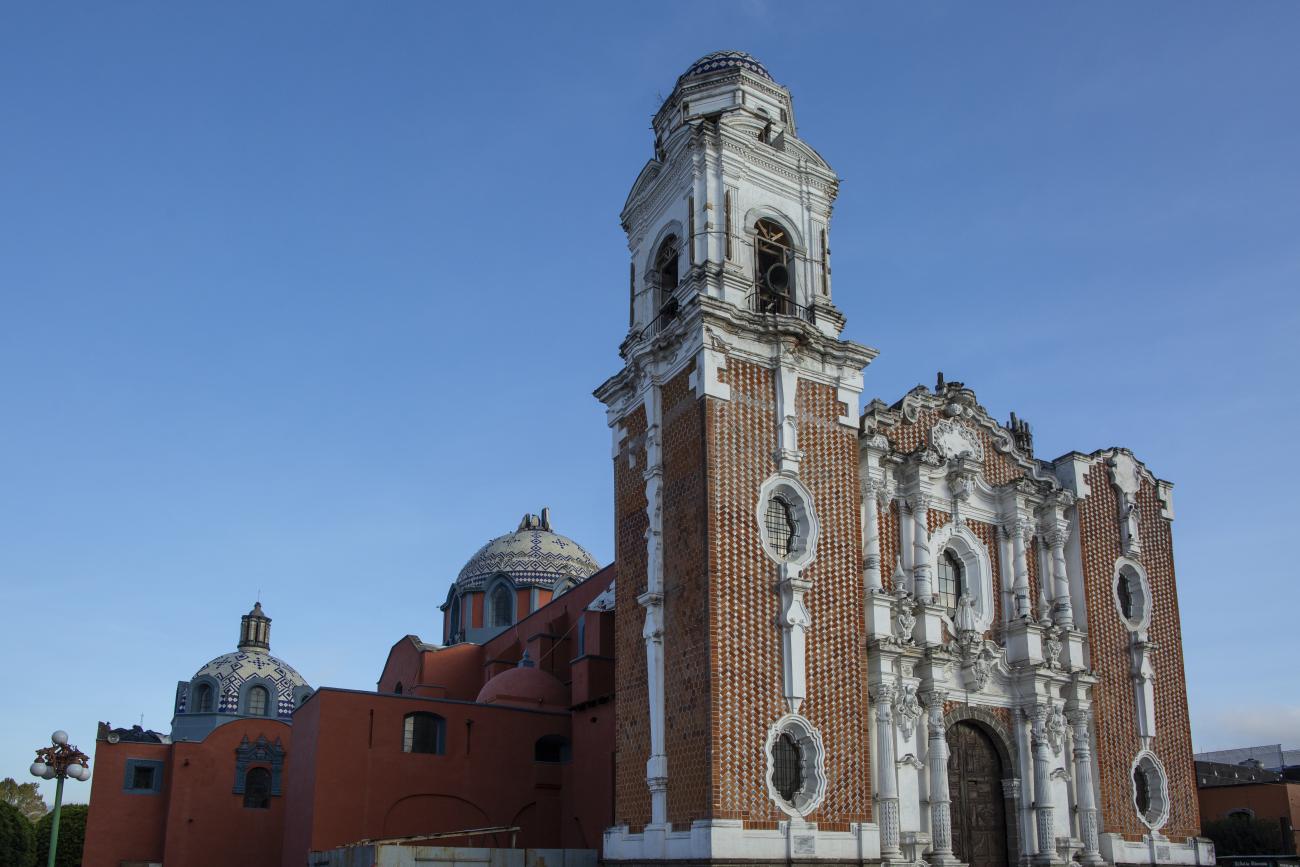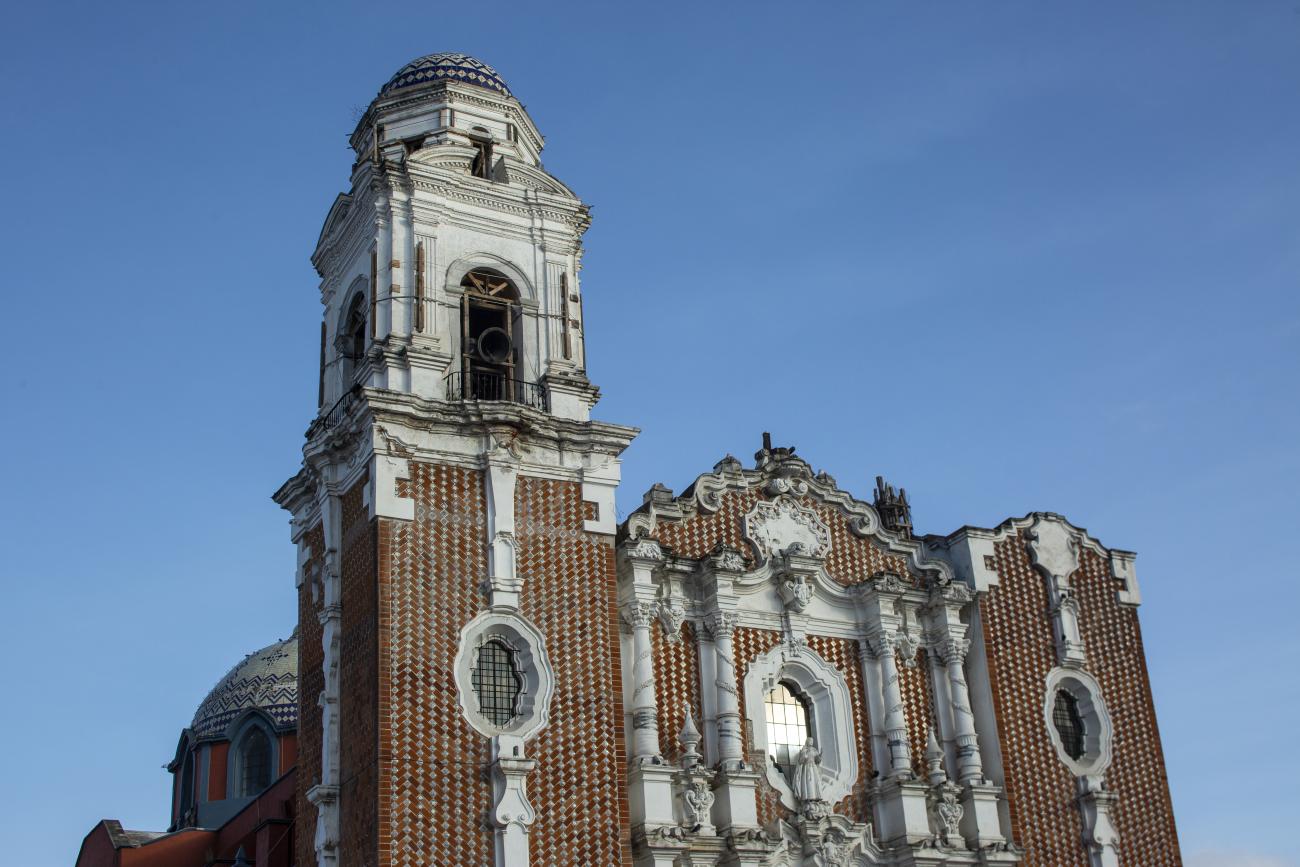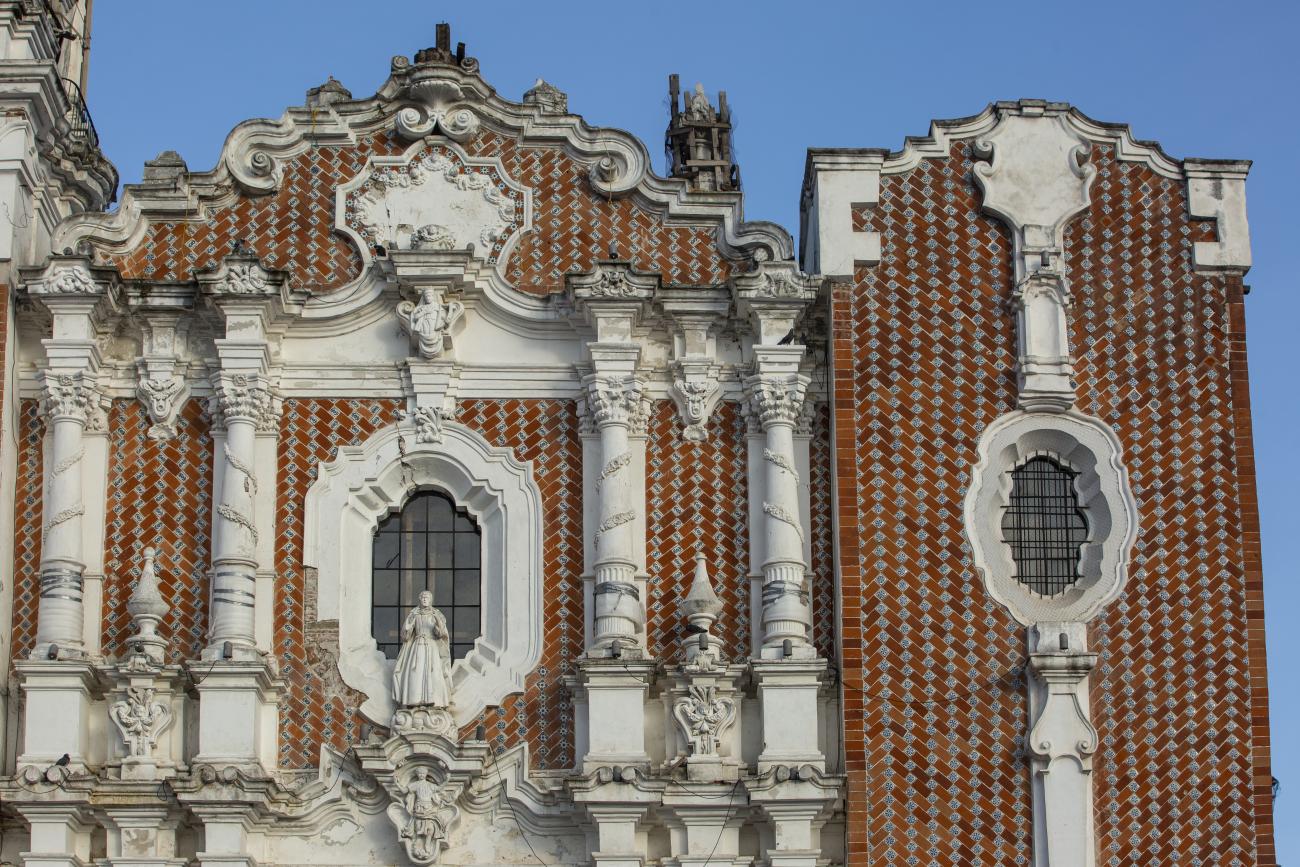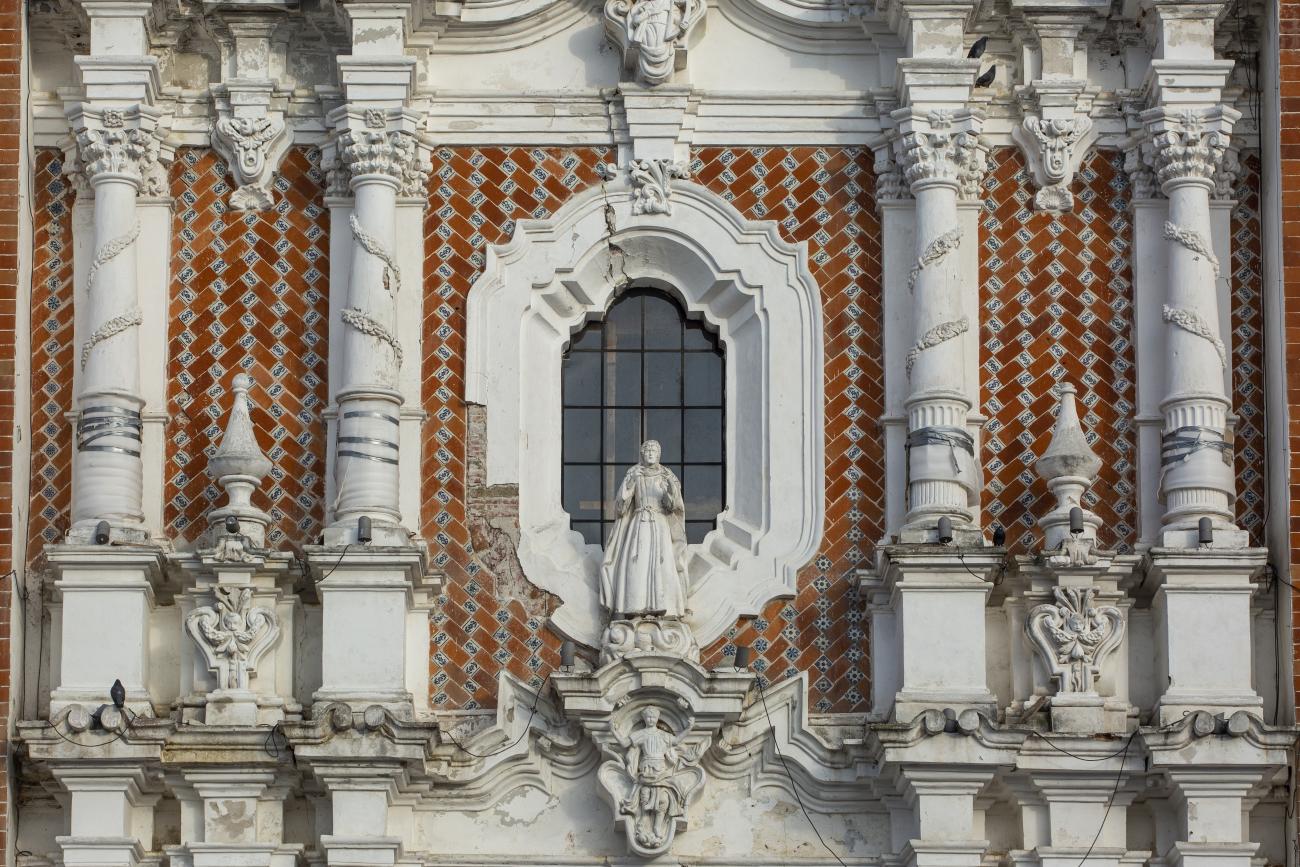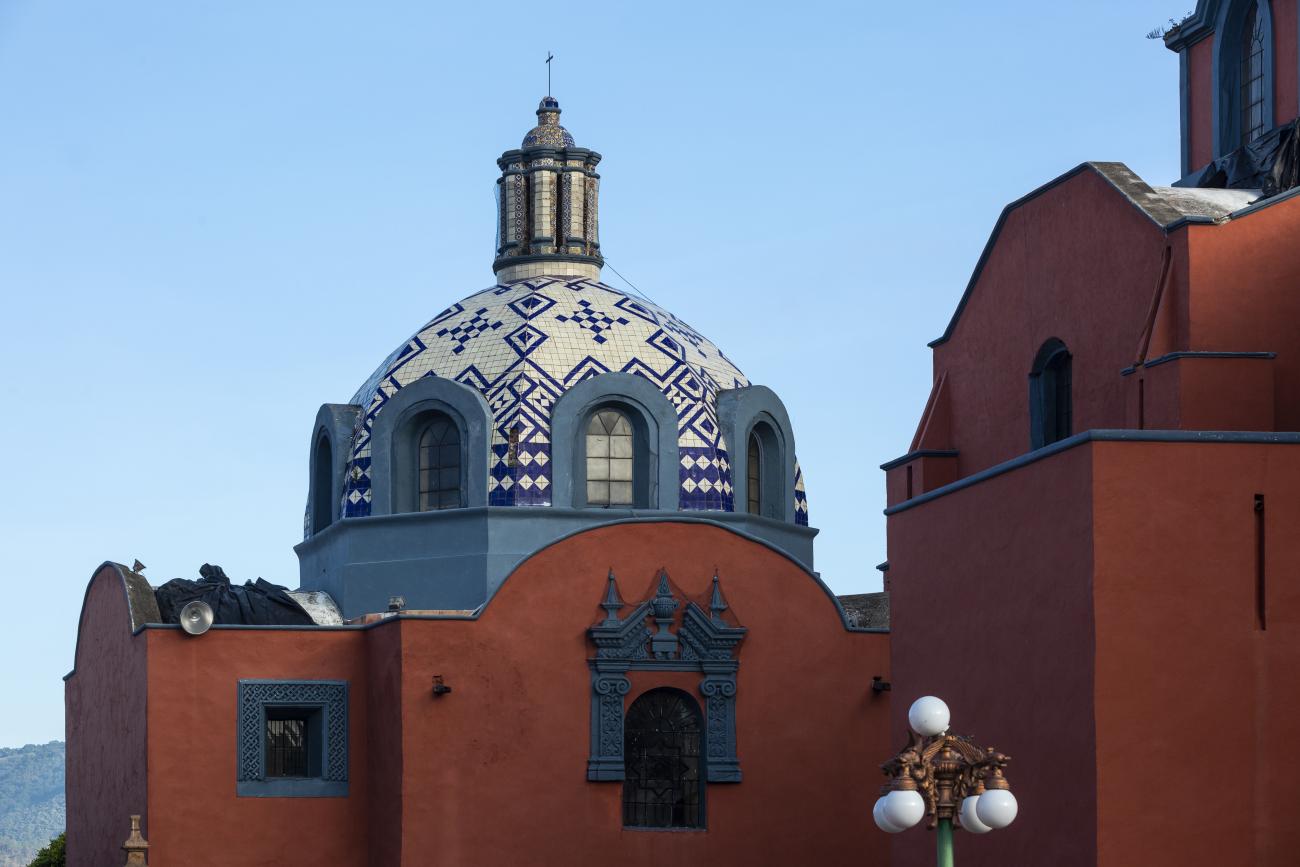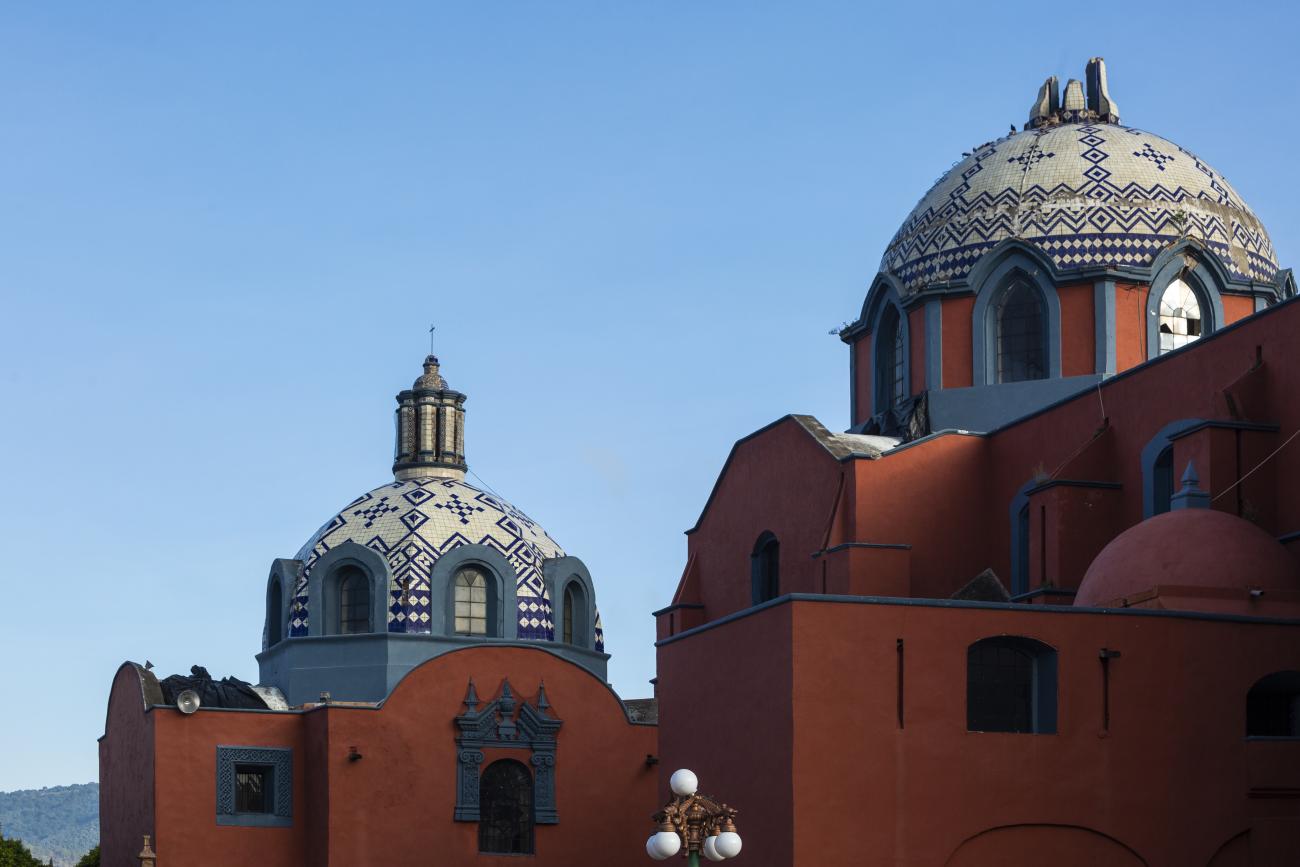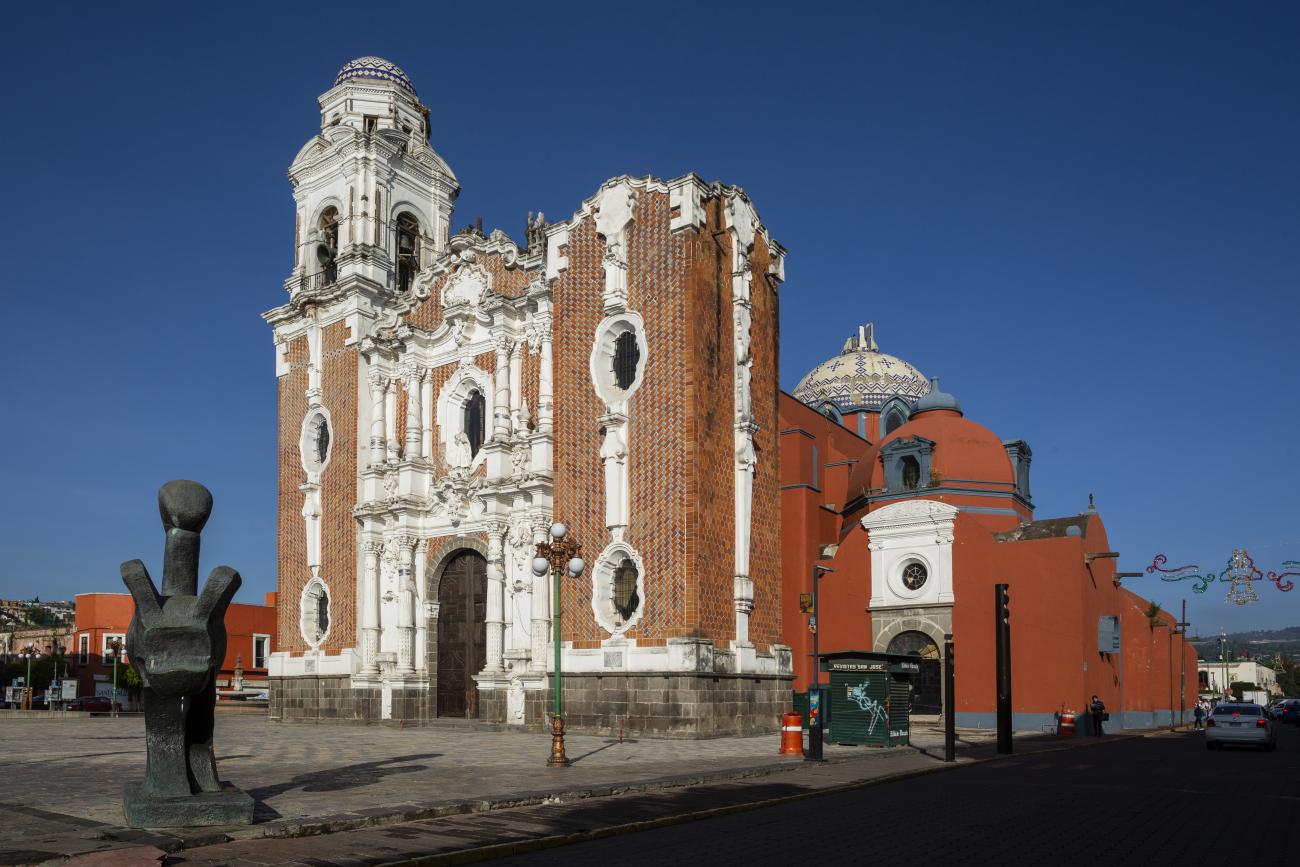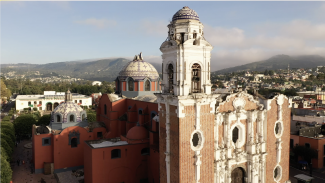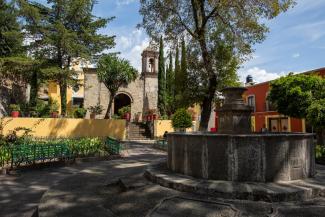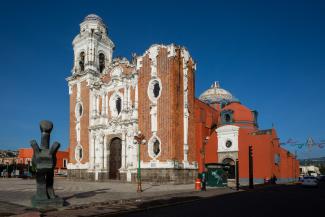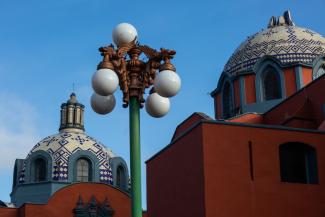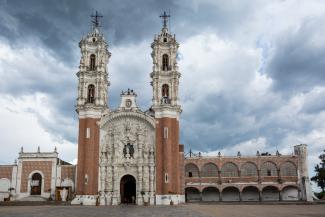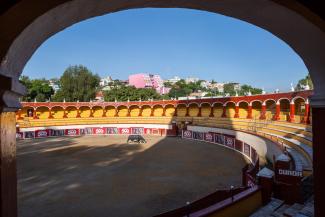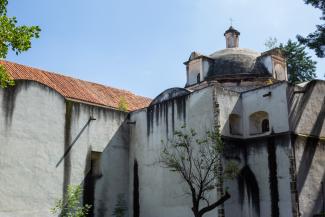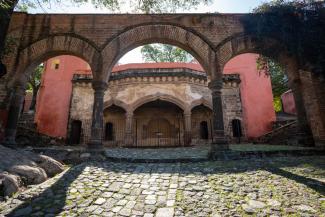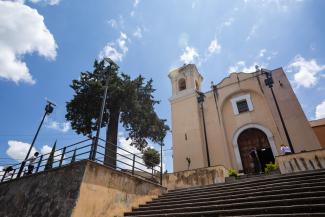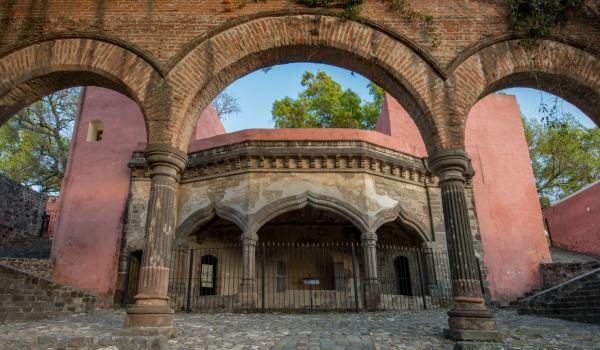Tlaxcala de Xicohténcatl
Historical Monuments Zone
Abstract
Founded in the 16th century by Tlaxcalans and Spaniards to seal their alliance. It was a prosperous city and one of the first social, political and religious centers of the viceroyalty. Its layout, its civil buildings and its churches retain some of their original features that tell us the history of the city.
The city of Tlaxcala was founded in the 16th century to bring together the four dominions that comprised the pre-Hispanic Tlaxcala lordship. It was the seat of one of the first monasteries in Continental America and of the First Bishopric of New Spain. In 1525 it was awarded the title of “Loyal City” and a coat of arms, and in 1563 the king granted it the title of “Very noble and loyal city of Tlaxcala.”
Its name derives from the Nahuatl word Texcallan which means “place of rock pinnacles.” Later, due to a phonetic change, it became Tlaxcallan or “place of tortillas.” During colonial times it was called Tlaxcala de Nuestra Señora de la Asunción or Santa María de la Nueva Tlaxcala. Later, in 1932, it was renamed “Tlaxcala de Xicoténcatl” in honor of the Tlaxcala ruler who fought against the Spanish.
In pre-Hispanic times Tlaxcala was a lordship of the central highlands made up of four dominions: Tepeticpac, Ocotelulco, Quiahuiztlan and Tizatlan. It was one of the few political entities that remained independent from the Mexica in the Post-classical period. It maintained a conflictive relationship with them that was expressed in different types of military confrontations and in control over Tlaxcala’s borders by allies of the Mexica.
When the Spaniards first arrived in Tlaxcala they were repelled, however, the cruel attacks by the Spaniards against the civilian population made the Tlaxcala rulers decide to ally themselves with the foreigners to confront the Mexica. For this reason, when Mexico-Tenochtitlan fell, the Tlaxcalans considered themselves the victors.
As a reward for their loyalty, the Spanish Crown granted Tlaxcala privileges such as its own coat of arms, protection for the integrity of its territory, the prohibition against Spaniards settling there, and governance by an indigenous council.
During the colonial era it experienced an economic boom as it was an important waypoint on the Mexico-Veracruz route.
In the early years of independent Mexico, Tlaxcala had to defend its political sovereignty against multiple attempts by the state of Puebla to annex it to its territory. These efforts paid off when it was granted the status of State in 1856.
During the Porfiriato period, Governor Prospero Cahuantzi promoted the renovation of plazas and construction of bandstands, the widening of streets, construction of markets, bridges and public buildings. He also replaced the old oil-based street lighting with incandescent light, improving the illumination of the Plaza de la Constitución, the market and part of the main avenue.
During the Mexican Revolution, Tlaxcala suffered an economic crisis, from which agricultural production recovered relatively quickly, but the textile industry continued to suffer.
From the 1940s on, the Tlaxcala governments faced rapid population growth and a stagnant economy. Between 1940 and 1980, the Tlaxcala-Puebla industrial corridor was established, with factories producing automobiles, machinery and chemical products, foodstuffs and other goods.
The city of Tlaxcala is the birthplace of leading figures such as the poet Manuel N. Lira (1905-1961), the politician Miguel Lira y Ortega (1827-1882), and the agronomist Ezequiel M. García, who worked on land redistribution and wrote books on the history of Tlaxcala.
The city has deep-rooted local traditions, such as the carnival festivities that begin on the Friday before Ash Wednesday. The most famous event of this celebration is “the torment of the fire-eater” which involves burning a figurine that symbolizes bad moods. It also involves the election of the carnival queen and the parade of floats and fantastic figures. Dance contests are also held, among which the dance of the huehues and the quadrille of the catrines stand out. The Sunday following Ash Wednesday, the “performance of the hanged man” is staged, a social satire during which the people prosecute their rulers.
Another important festival in Tlaxcala is the All Saints’ Fair in which agricultural, livestock and artisan products are exhibited. Cultural and musical activities, popular dances, sporting events, water activities, charrería, bullfights and fireworks displays are also held.
The layout of the city dates from the 16th century and was designed as a grid, arranging the streets and squares geometrically.
Tlaxcala was declared a Zone of Historical Monuments on April 11, 1986. The historic area covers an area of 0.503 km2 and comprises 33 blocks that include buildings of historical and architectural value.
Some of the most emblematic buildings date from the 16th century and have been altered over time, including the main plaza, which is surrounded by porticoes and buildings that are the seat of the political and religious powers. The former Franciscan monastery of Our Lady of the Assumption was one of the first four Franciscan monasteries in the Americas, and preserves much of its original architecture, today it is home to the Regional Museum of Tlaxcala. The Cathedral of Tlaxcala, dedicated to Our Lady of the Assumption, was the church of the former monastery; inside, its Mudejar-style wooden roof stands out. The Municipal Palace, built in the mid-16th century as the seat of the indigenous council, retains beautiful murals that tell the history of Tlaxcala. The Hidalgo Portico, which runs around the main square, had wooden pillars in the 16th century that have been altered over time. They housed stores that sold products from Spain and the Philippines. The Town Hall Houses or former Royal Houses were built in the 16th century and were intended to house viceroys, bishops and other viceregal authorities.
Other outstanding buildings are the Xicoténcatl Theater, built between 1923 and 1945 in a neoclassical style with a façade made of cantera stone and notable for its fan-shaped ornamental elements; the Jorge “el Ranchero” Aguilar bullring, considered one of the oldest and most beautiful in the country; and the Shrine or Basilica of Ocotlán, a building that stands out for its Baroque style in whitewashed red brick.
Also worthy of mention are the churches of San José, La Santísima, San Jesús del Río, San Diego, San Nicolás and Del Buen Vecino; the Legislative Palace, the Royal Chapel, the Pinacoteca and the Stone House. The main squares in Tlaxcala are Xicoténcatl, San Nicolás, de la Constitución and Juárez.
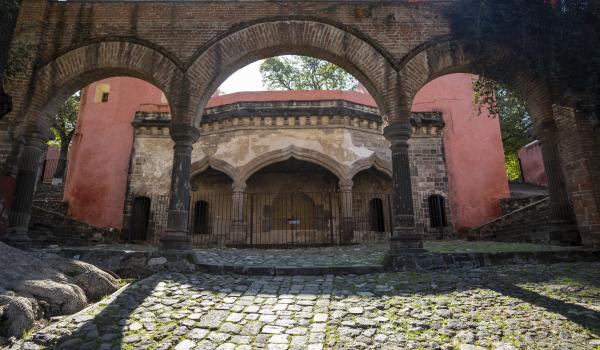
Capilla abierta de San Francisco
A 16th-century religious building with formal characteristics typical of the evangelization architecture of the period. It is an open chapel attached to the natural terrain, with an atrium and arcade. The façade is made of quarry stone with traces of plastering.
Capilla abierta de San Francisco
A 16th-century religious building with formal characteristics typical of the evangelization architecture of the period. It is an open chapel attached to the natural terrain, with an atrium and arcade. The façade is made of quarry stone with traces of plastering. The chapel has an irregular hexagonal floor plan.
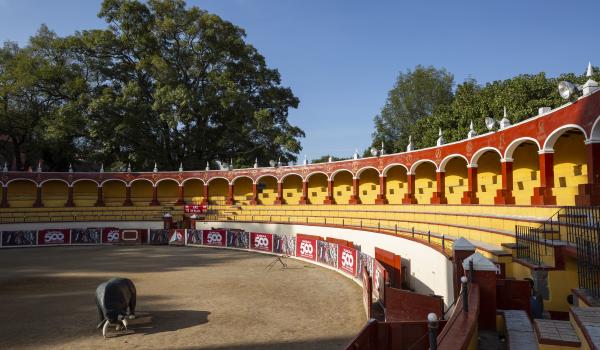
Plaza de Toros Jorge el "Ranchero" Aguilar
A 19th-century building constructed on what was once the lower courtyard of the San Francisco convent. In May 1877, following the confiscation of church property, the city cemetery was closed, making way for the construction of the bullring. It was remodeled and reopened in 1945.
Plaza de Toros Jorge el "Ranchero" Aguilar
A 19th-century building constructed on what was once the lower courtyard of the San Francisco convent. In May 1877, following the confiscation of church property, the city cemetery was closed, making way for the construction of the bullring. It was remodeled and reopened in 1945.
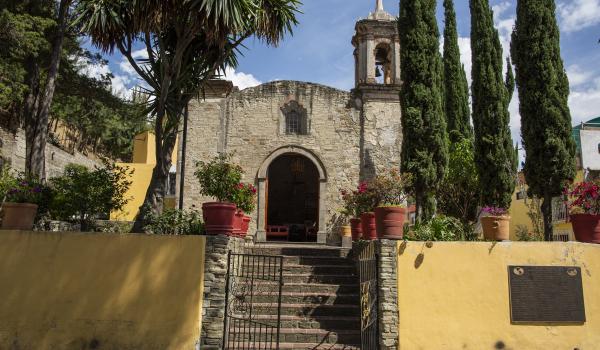
Templo de San Nicolás
16th-century religious building.
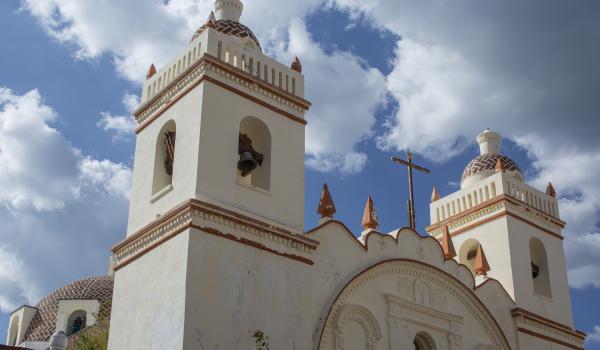
Templo de la Santísima Trinidad
17th-century religious building. The archway leading to the atrium bears the inscription: “Temple of the Holy Trinity, May 3, 1877.”
Templo de la Santísima Trinidad
17th-century religious building. The archway leading to the atrium bears the inscription: “Temple of the Holy Trinity, May 3, 1877.”
Catedral de Nuestra Señora de la Asunción
Complex founded in 1521, built between 1537 and 1540.
Catedral de Nuestra Señora de la Asunción
Complex founded in 1521, built between 1537 and 1540.
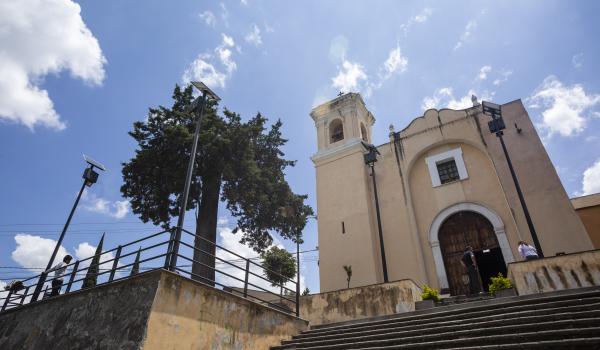
Conjunto Religioso del Buen Vecino
The chapel was built in the second half of the 18th century and its name is attributed to a kind neighbor who, in 1750, lent an image of Christ Crucified to a typhus patient so that he might be cured.
Conjunto Religioso del Buen Vecino
The chapel was built in the second half of the 18th century and its name is attributed to a kind neighbor who, in 1750, lent an image of Christ Crucified to a typhus patient so that he might be cured.
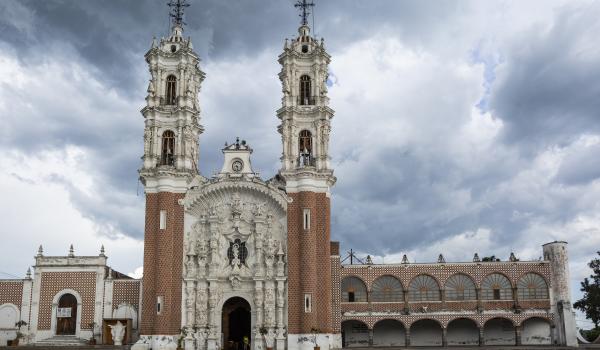
Conjunto Religioso de Nuestra Señora de Ocotlán
A 17th-century complex built on the site of a church originally dedicated to Saint Lawrence, using materials obtained from a pre-Hispanic shrine dismantled on the orders of Friar Martín de Valencia. In 1541, the cult of Ocotlán was formed due to a Marian apparition in that locality.
Conjunto Religioso de Nuestra Señora de Ocotlán
A 17th-century complex built on the site of a church originally dedicated to Saint Lawrence, using materials obtained from a pre-Hispanic shrine dismantled on the orders of Friar Martín de Valencia. In 1541, the cult of Ocotlán was formed due to a Marian apparition in that locality. In 1687, Father Juan de Escobar began the construction of a new sanctuary with materials and labor provided by the indigenous people of the surrounding areas.
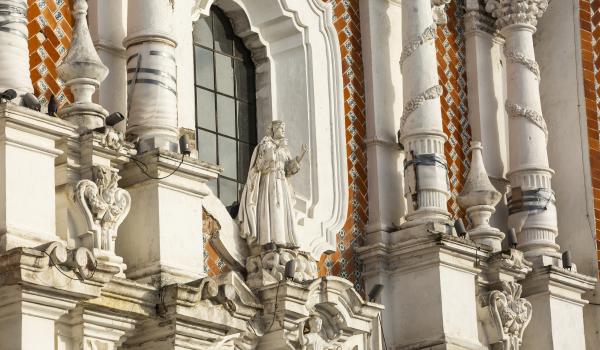
Conjunto Parroquial de San José
An 18th-century Baroque complex consisting of the Temple of San José and three chapels: the Chapel of El Nazareno or Jesús Redentor, the Expiatory Chapel, and the Chapel of El Niño Milagroso. The esplanade features wrought iron crosses and stone fountains.
Conjunto Parroquial de San José
An 18th-century Baroque complex consisting of the Temple of San José and three chapels: the Chapel of El Nazareno or Jesús Redentor, the Expiatory Chapel, and the Chapel of El Niño Milagroso. The esplanade features wrought iron crosses and stone fountains. The temple has a Latin cross floor plan with adjoining chapels.

